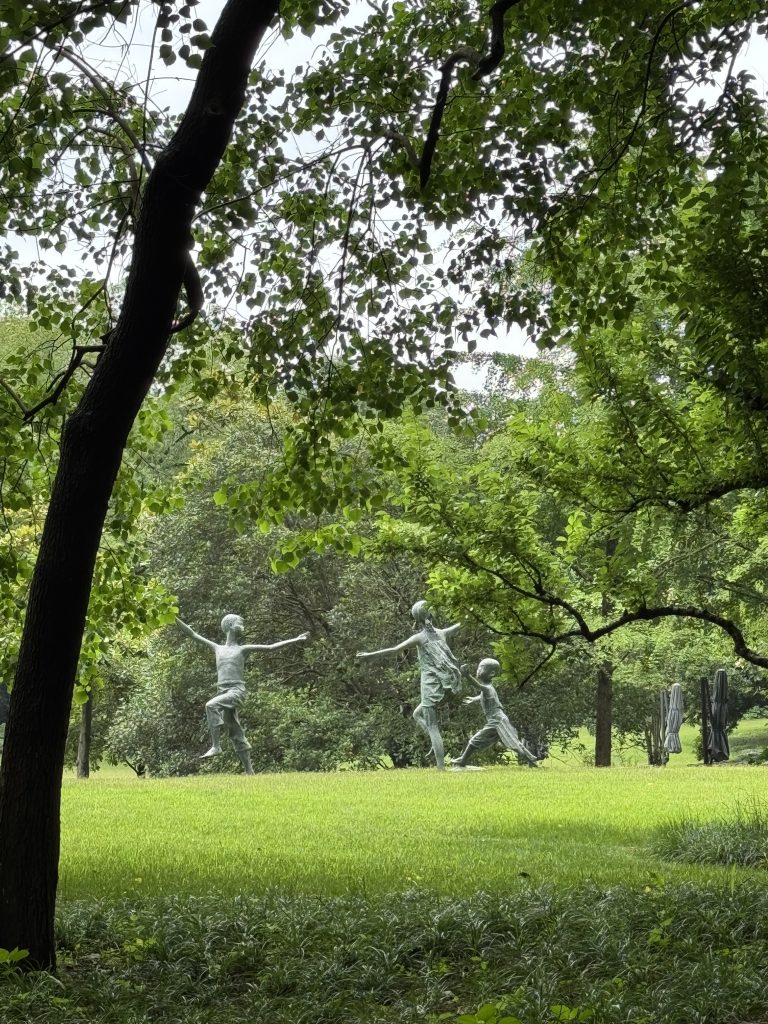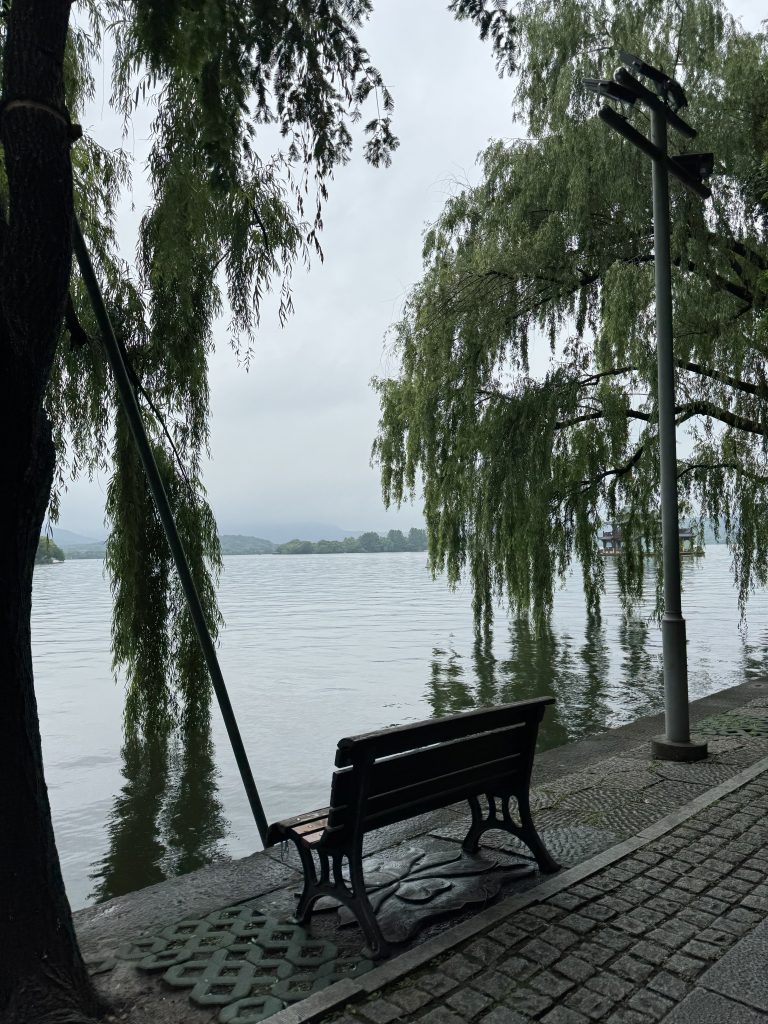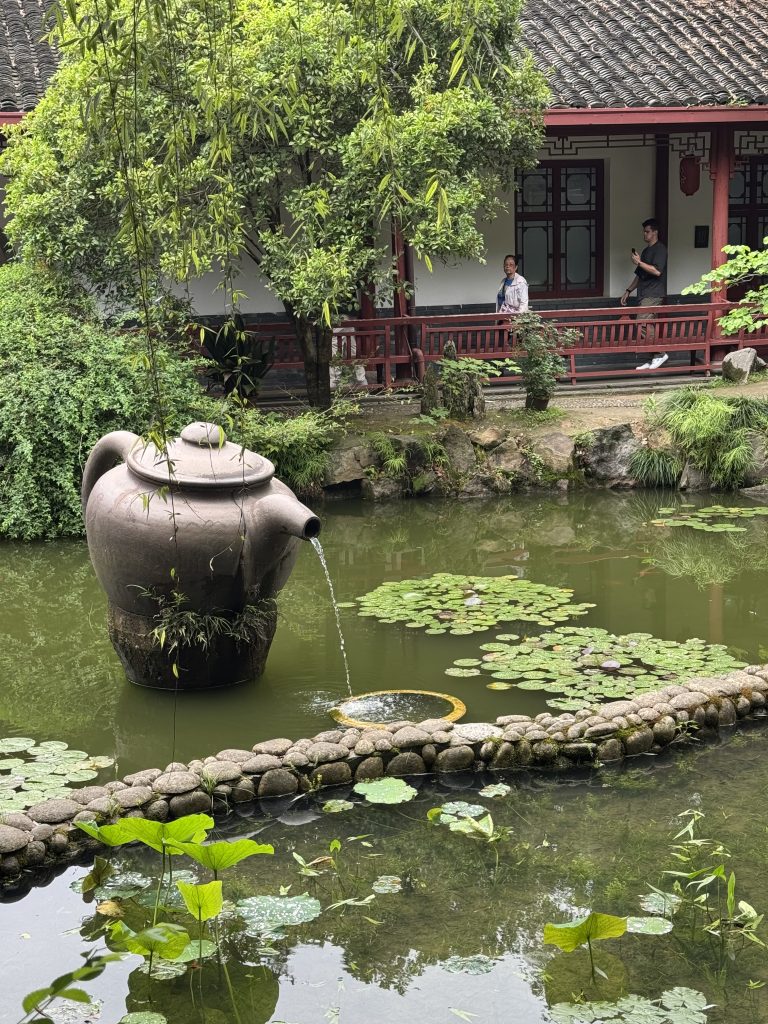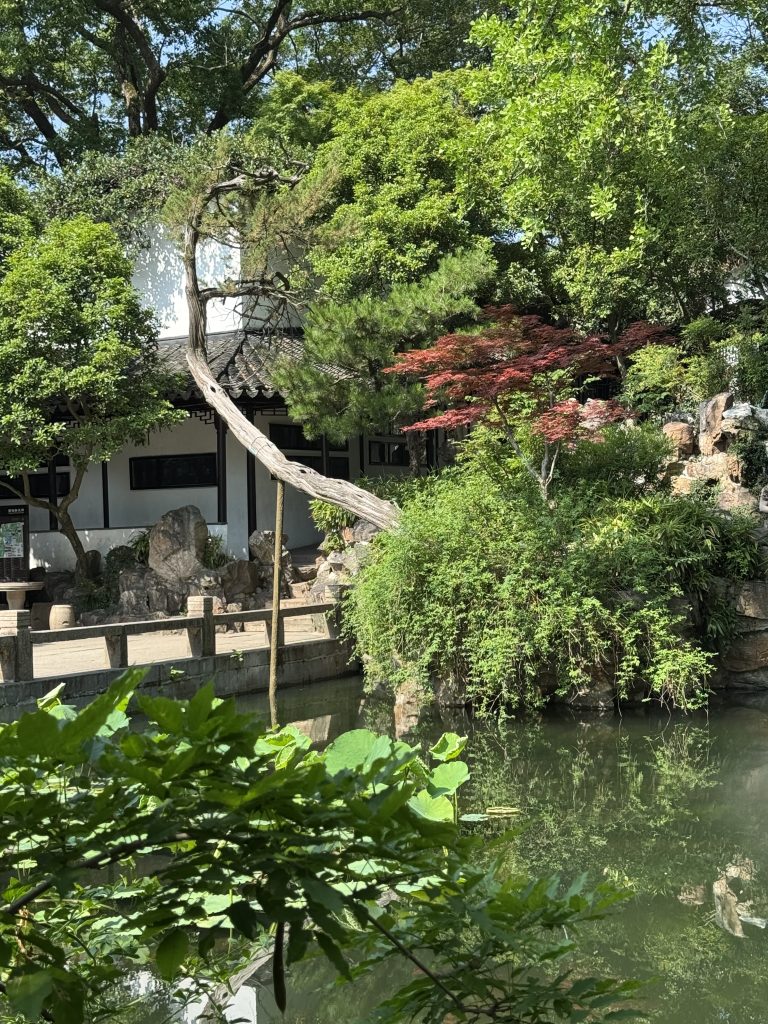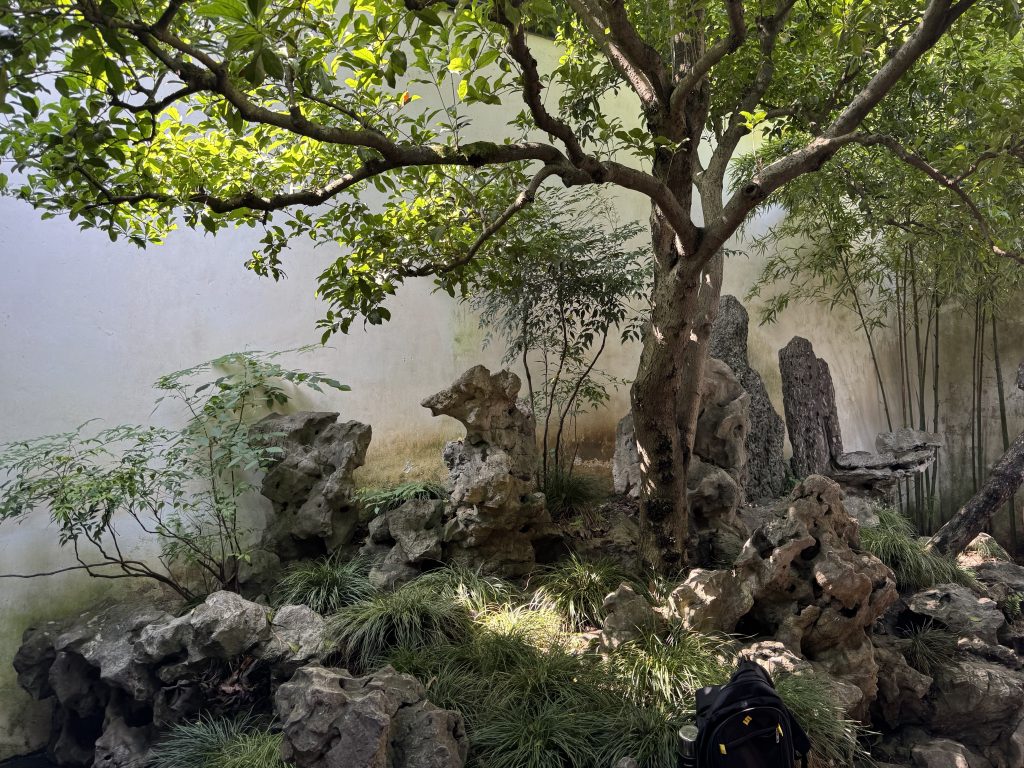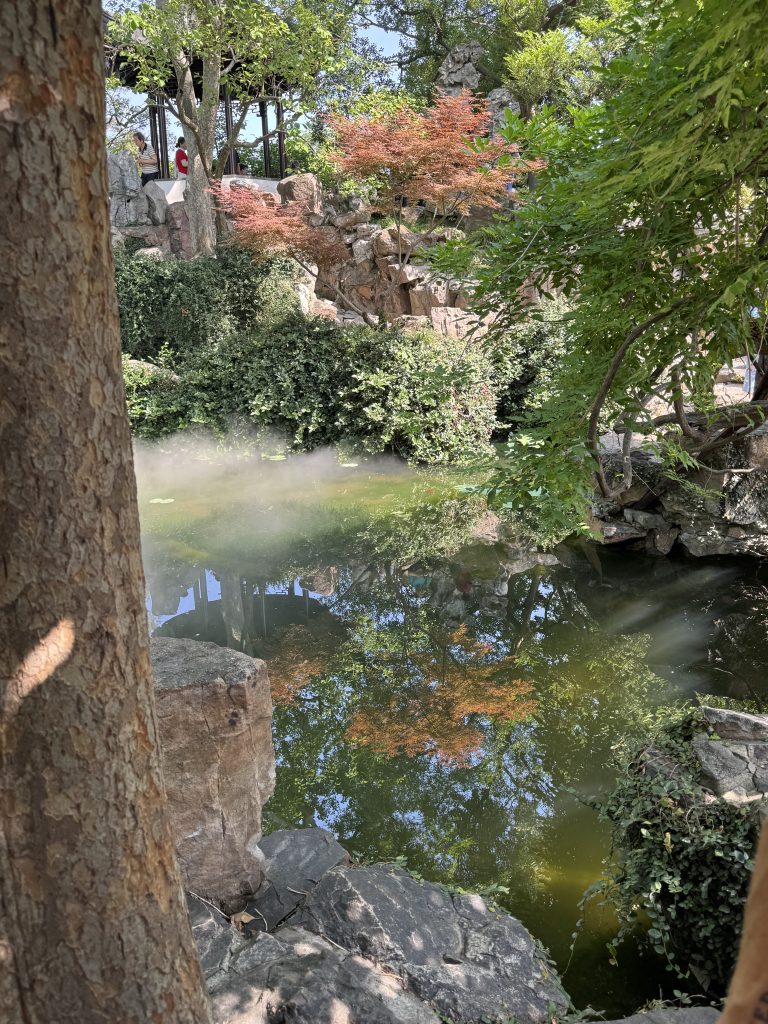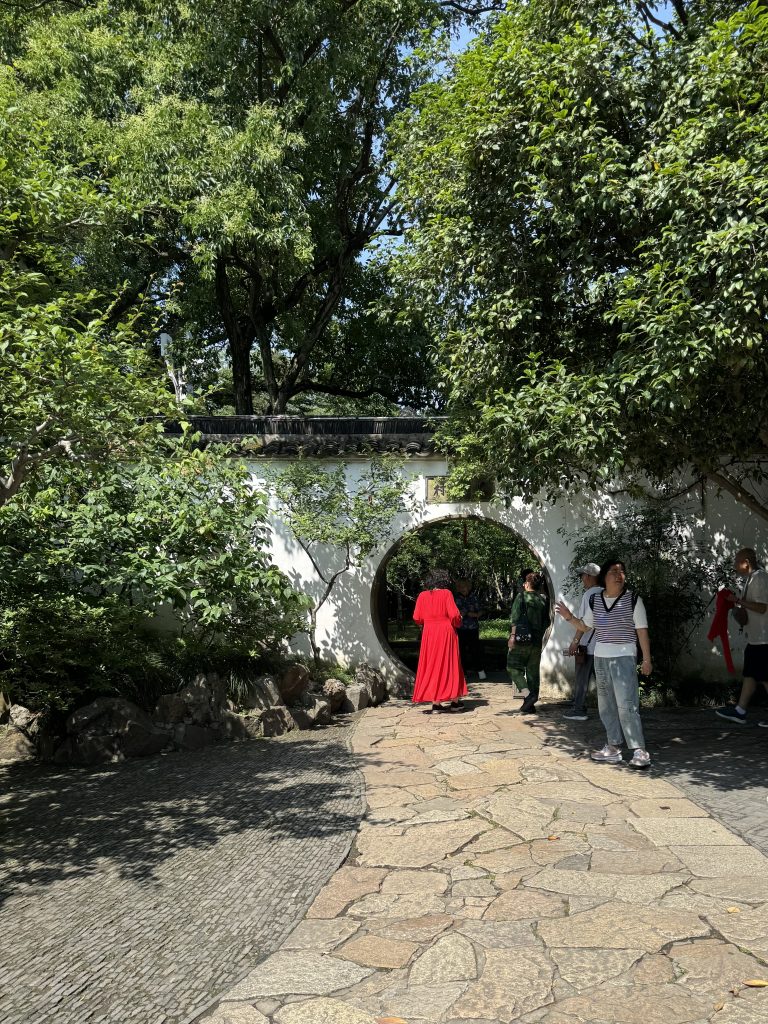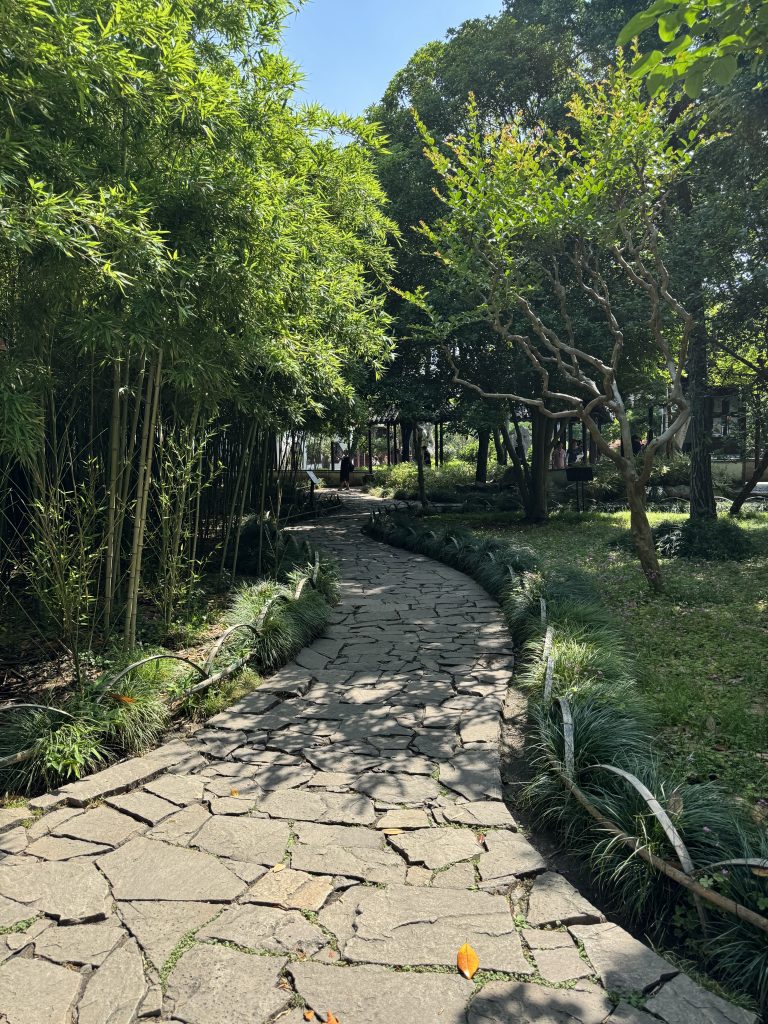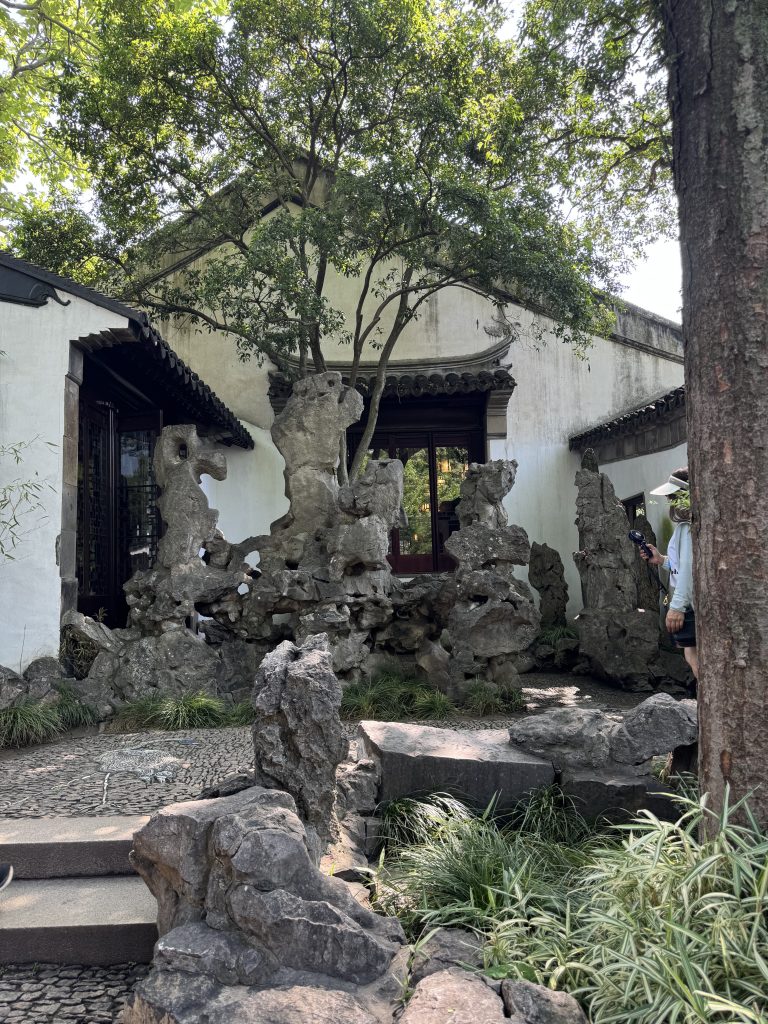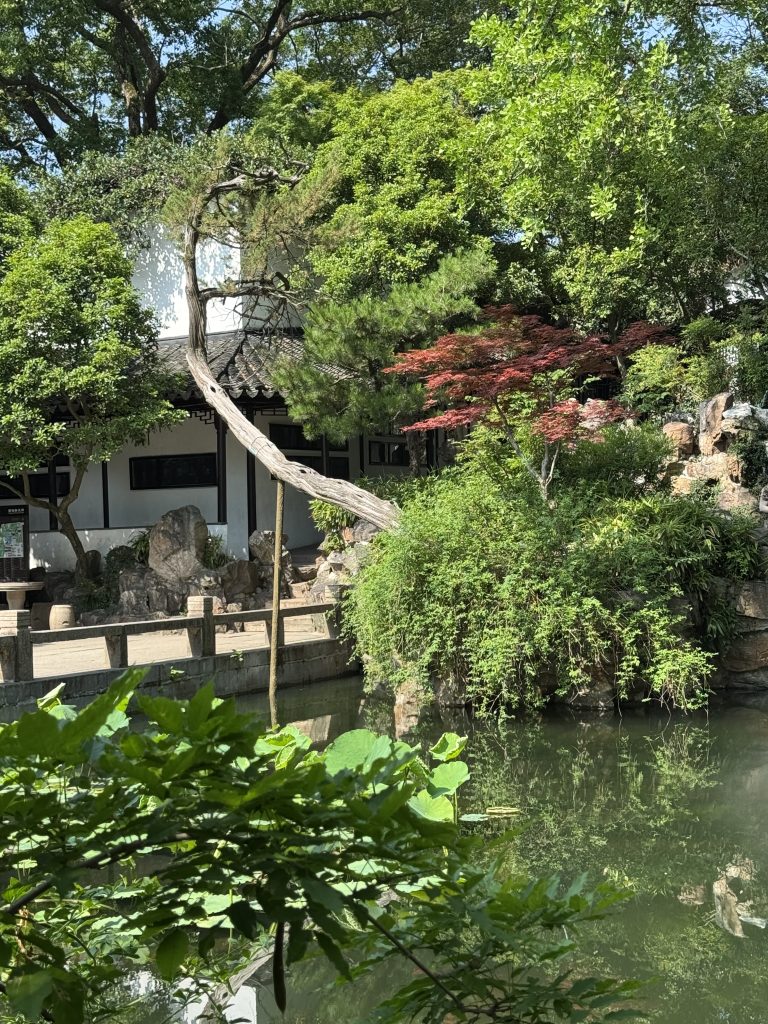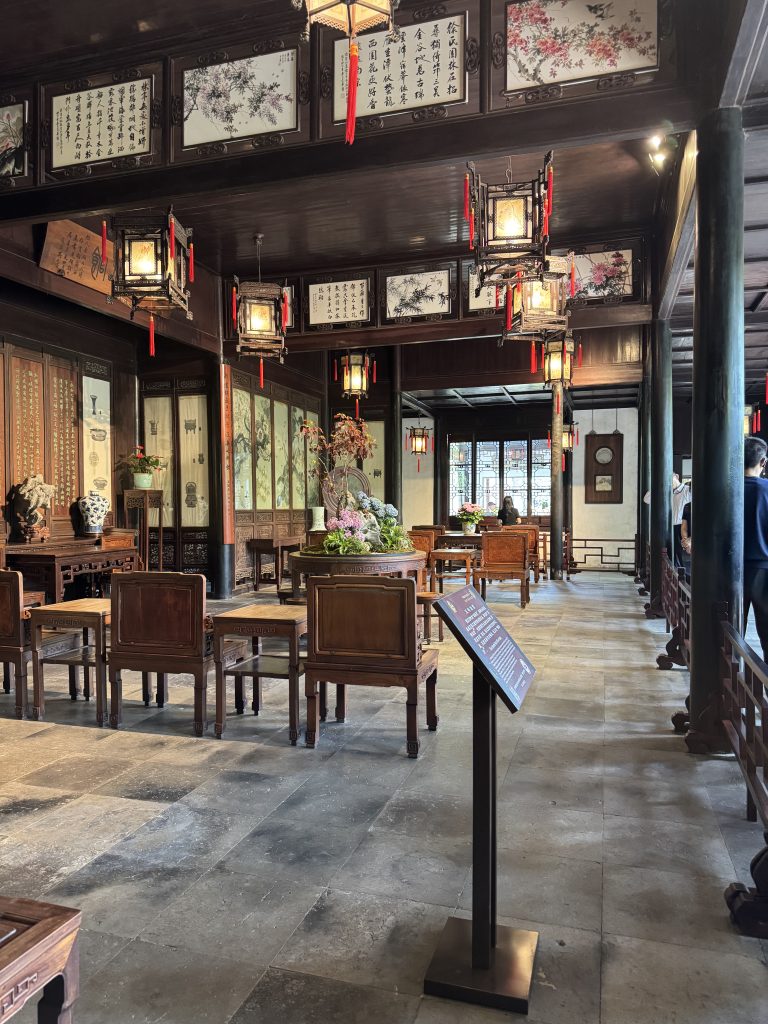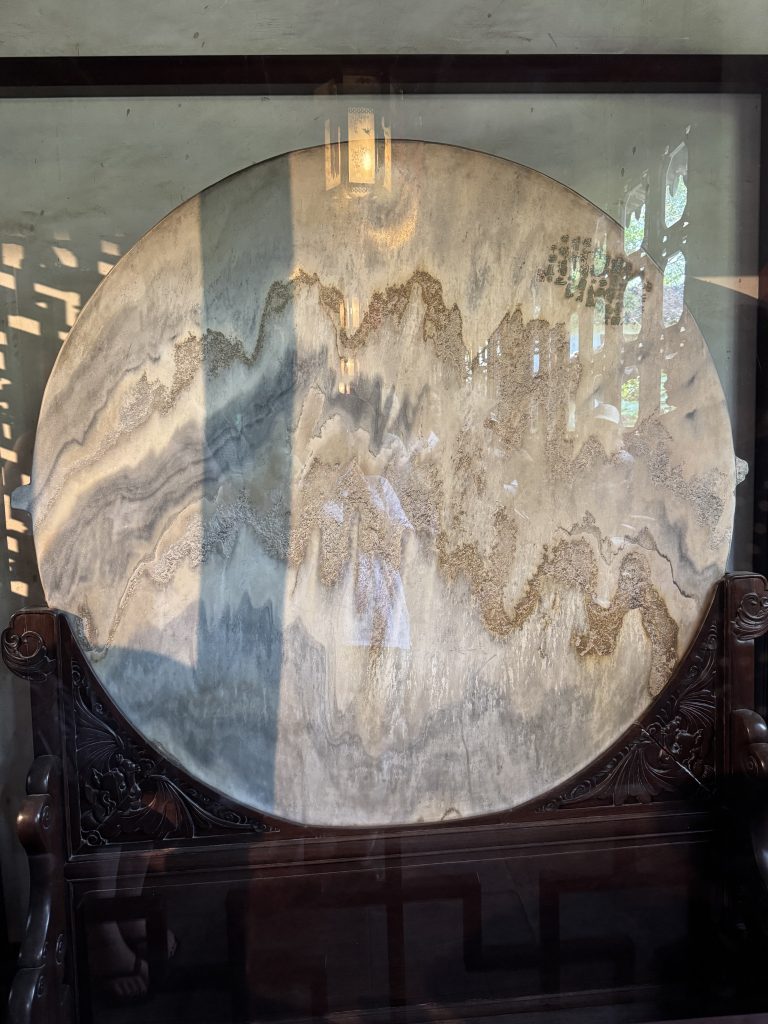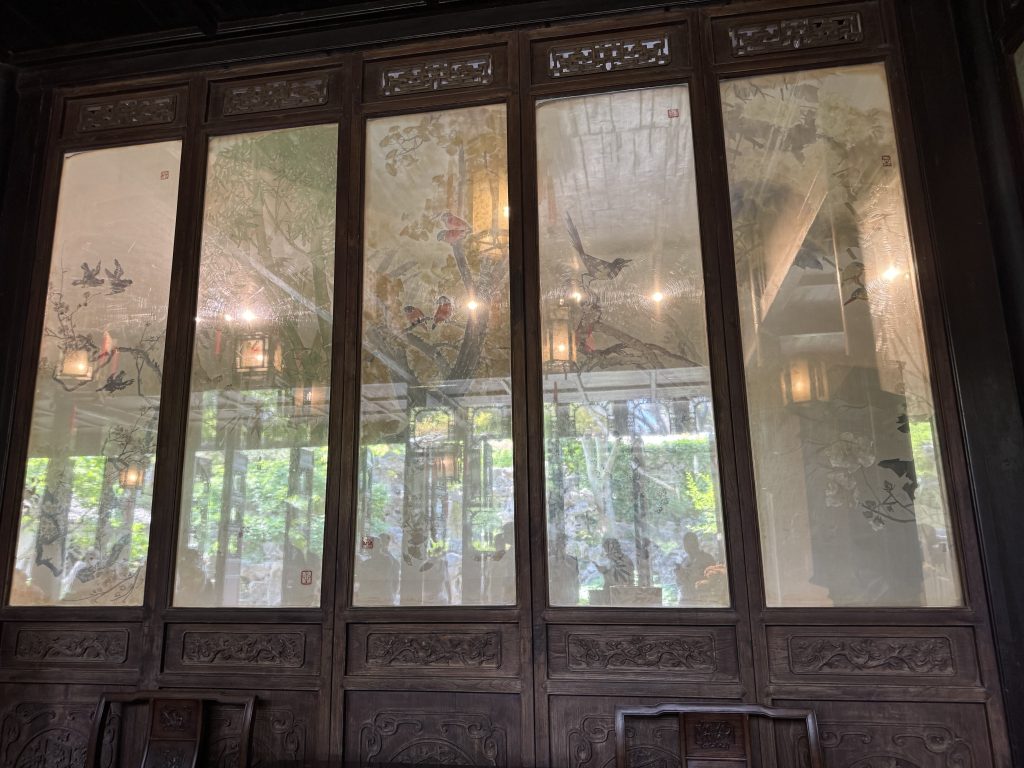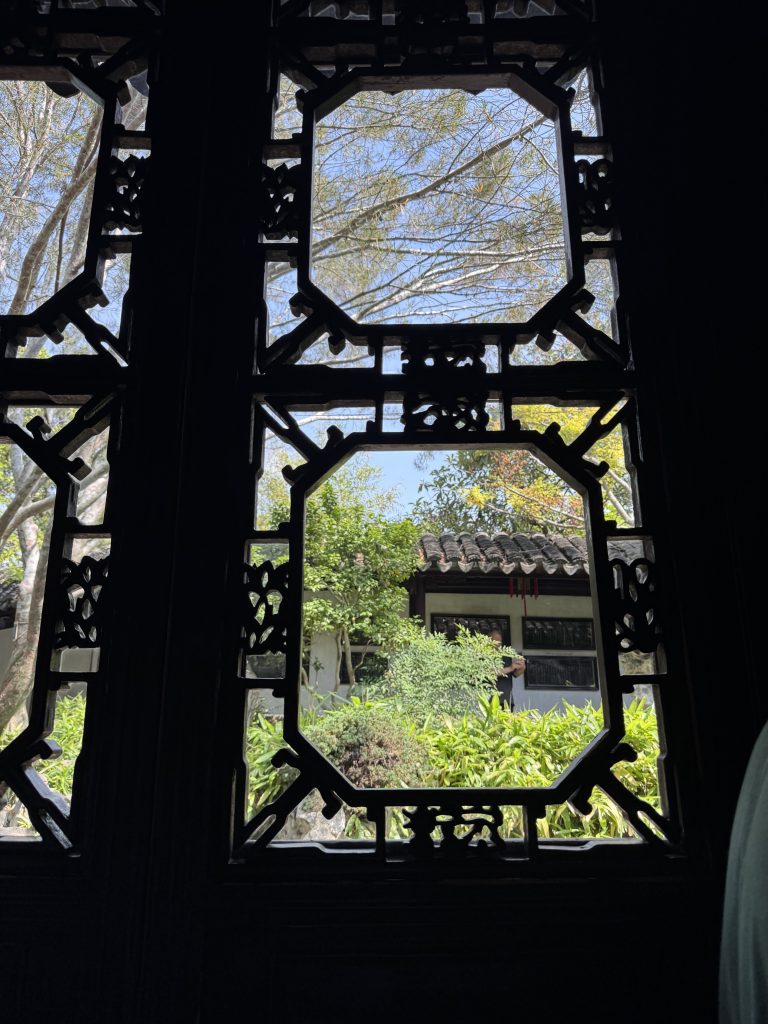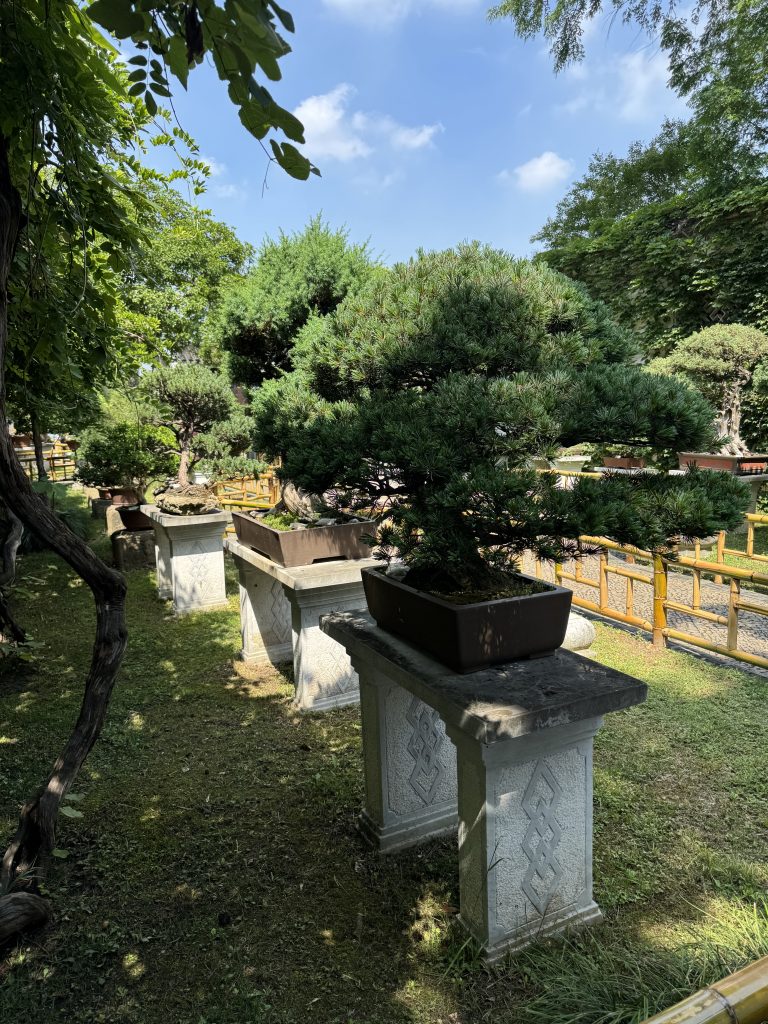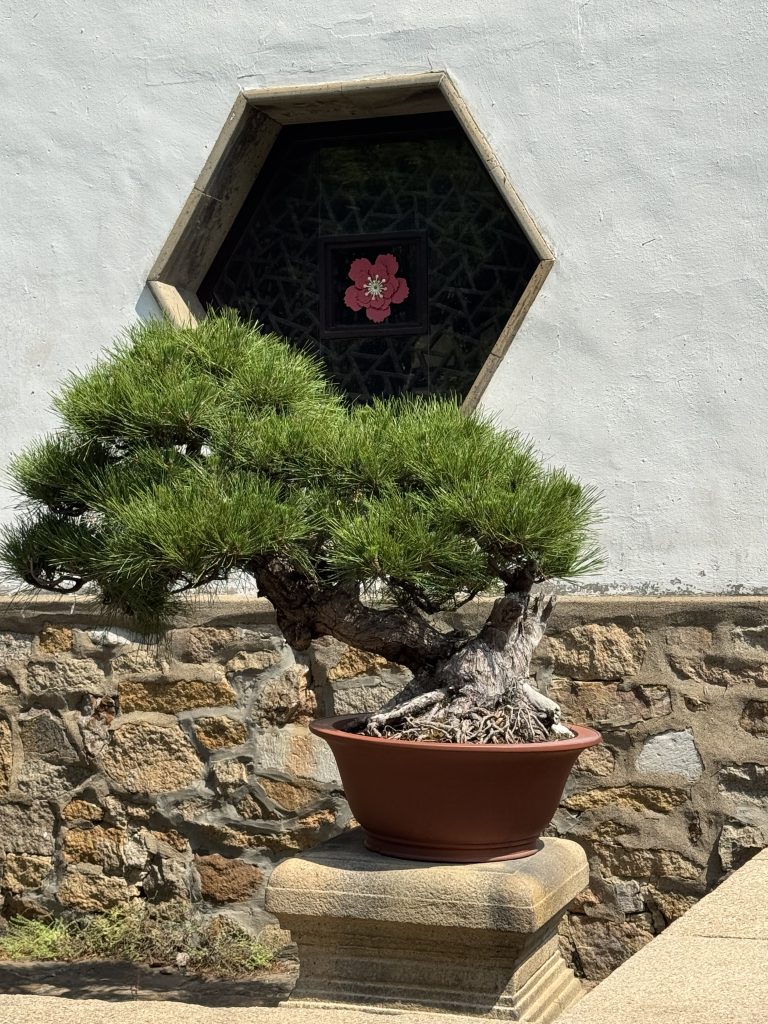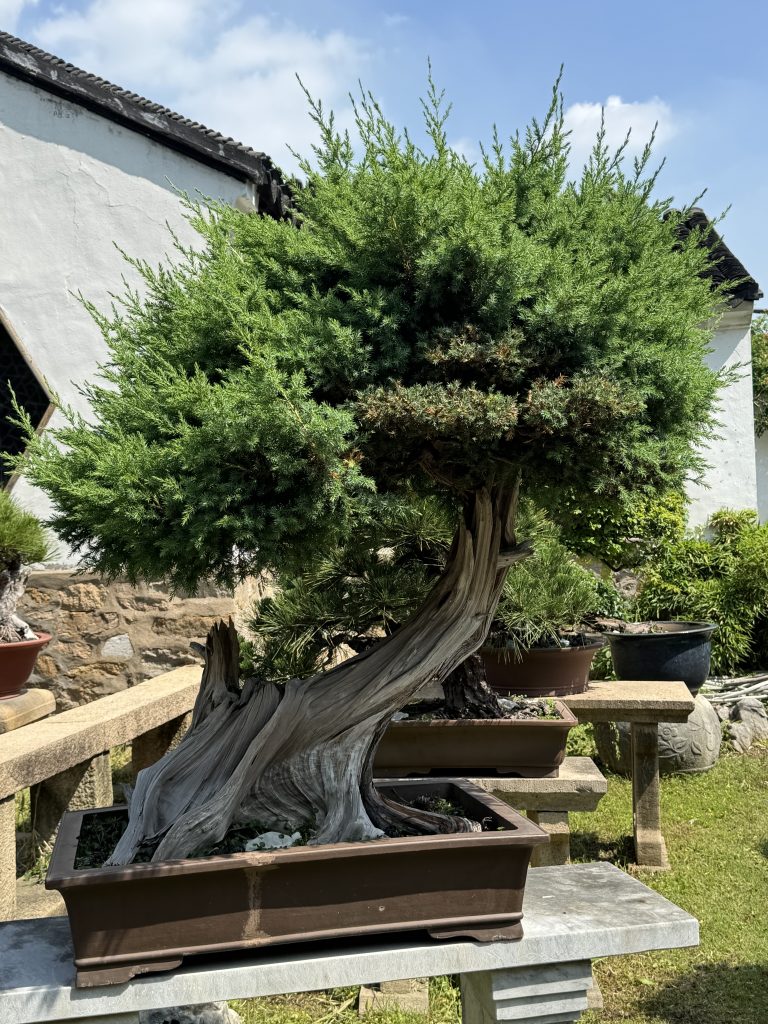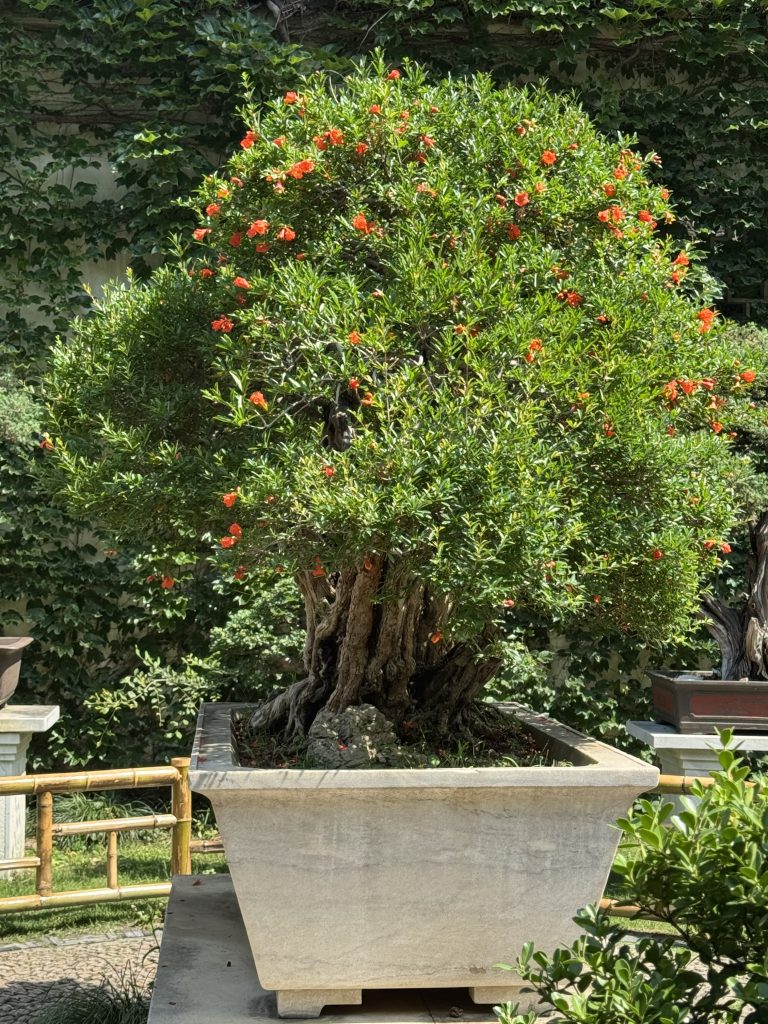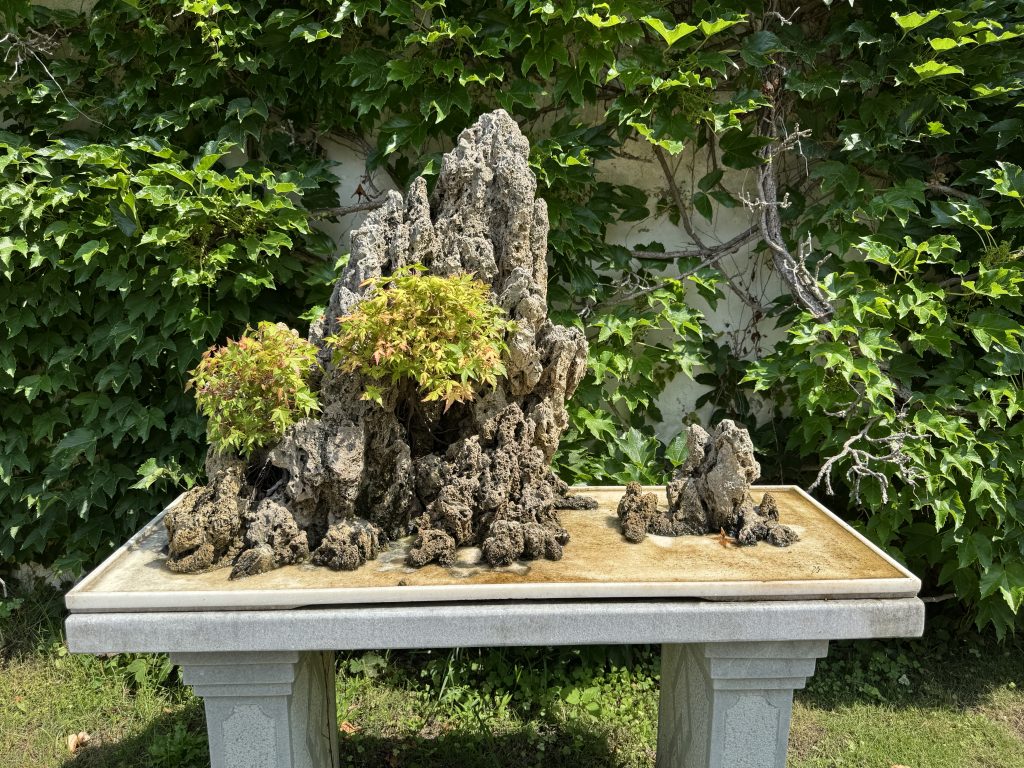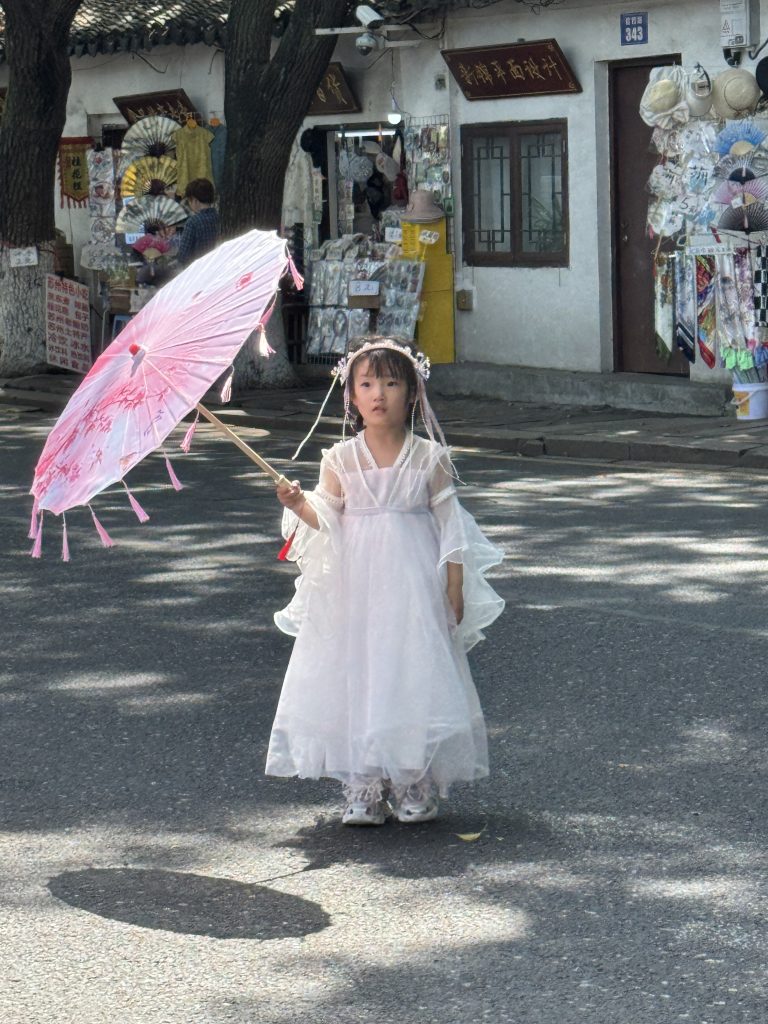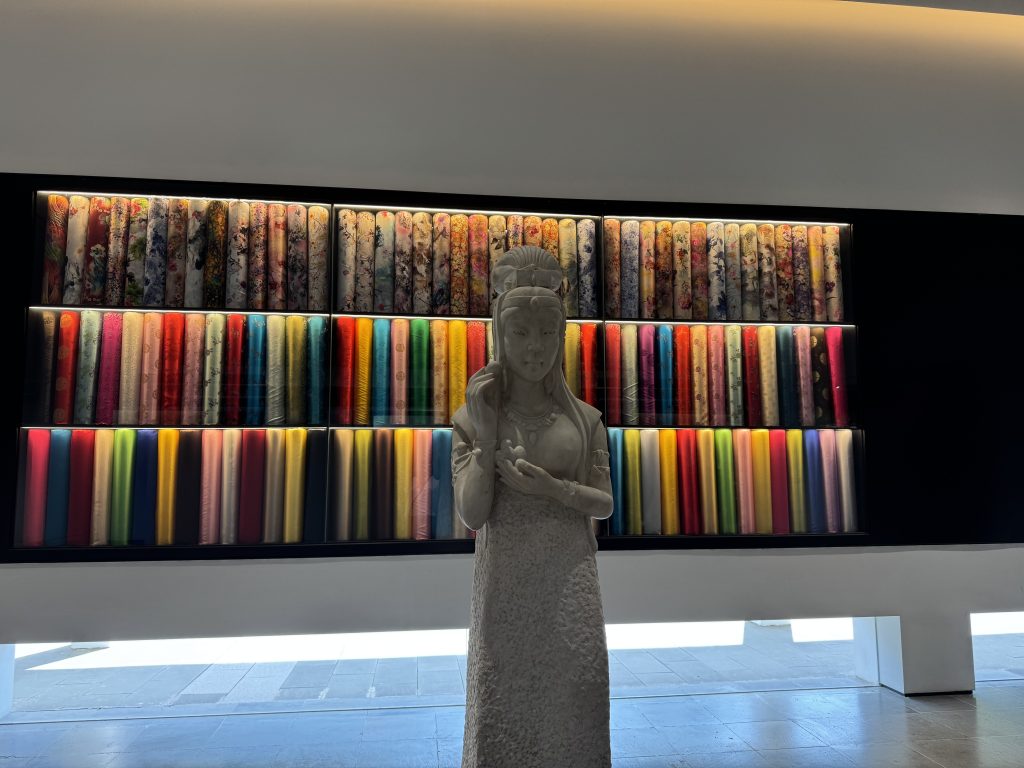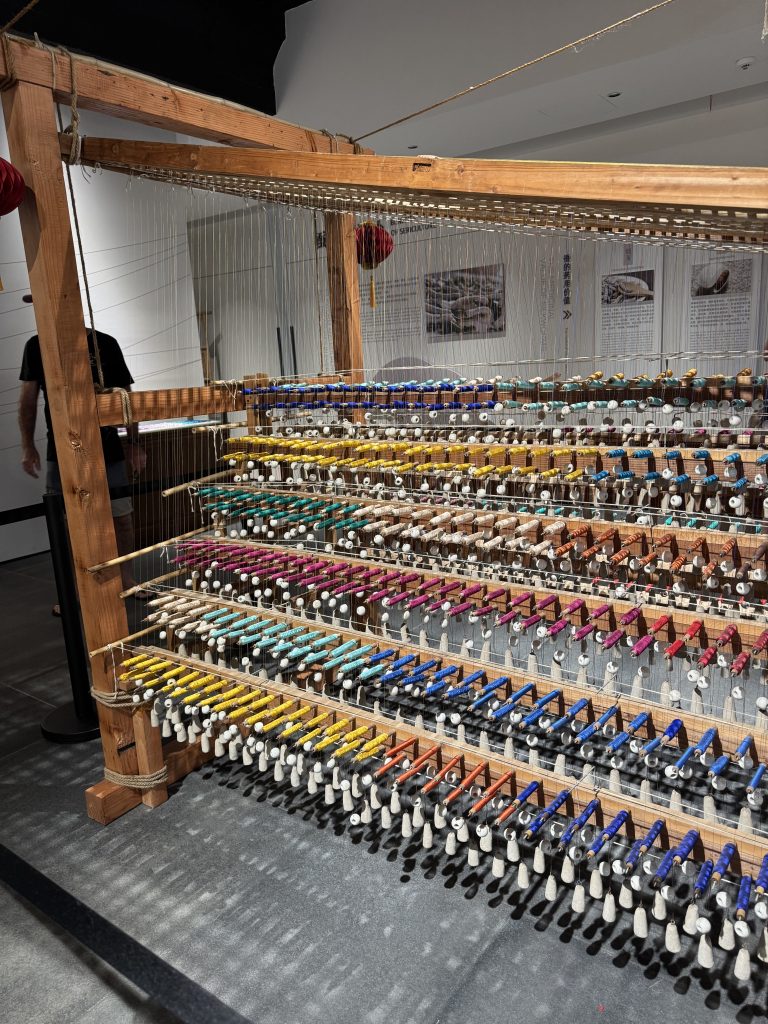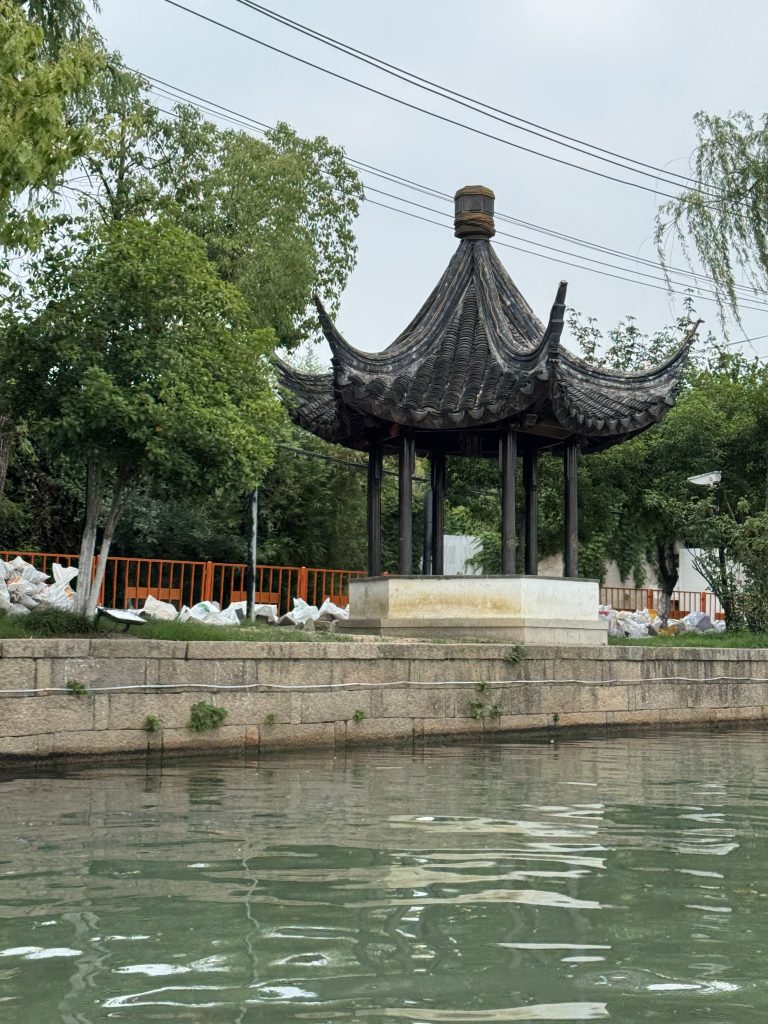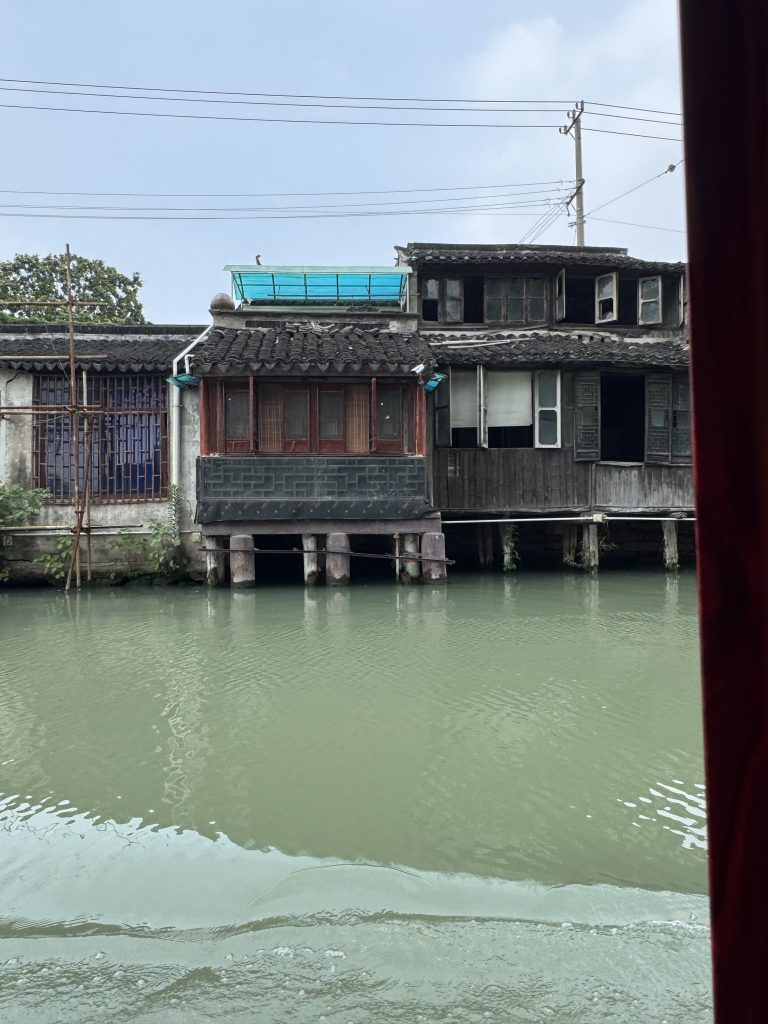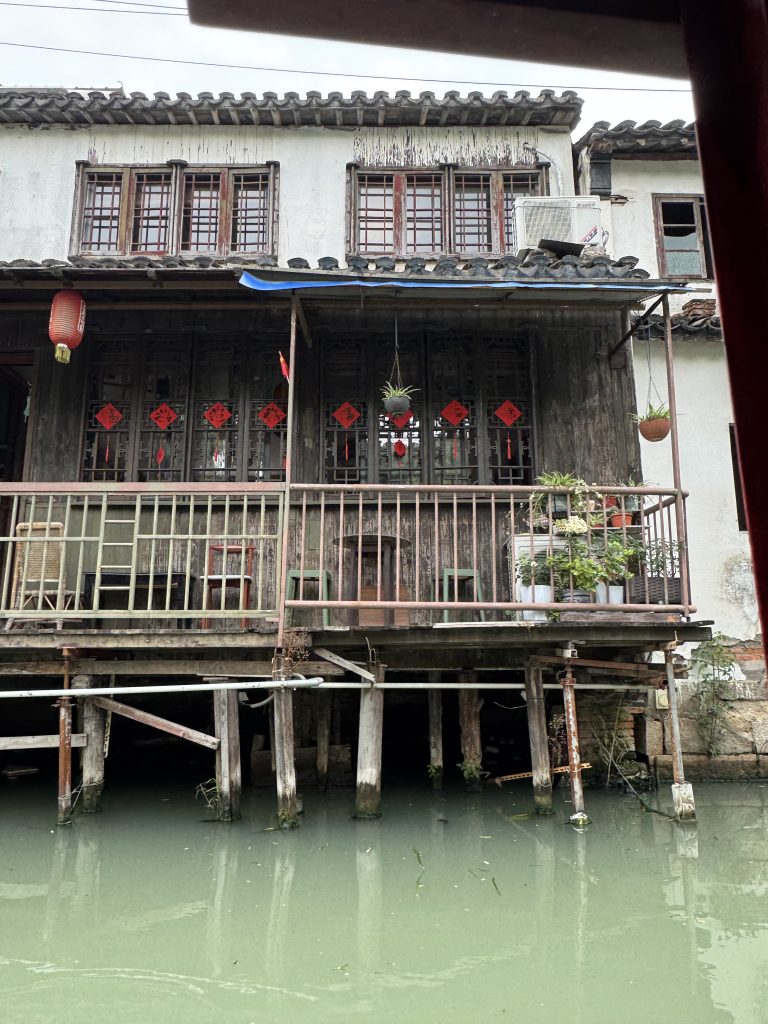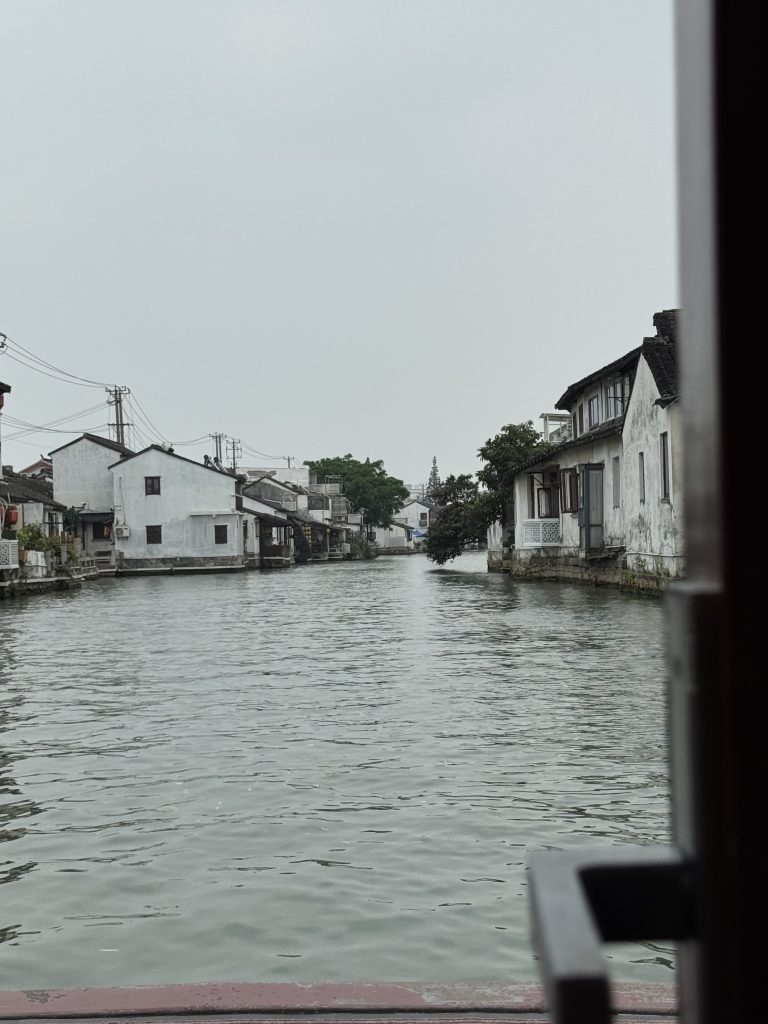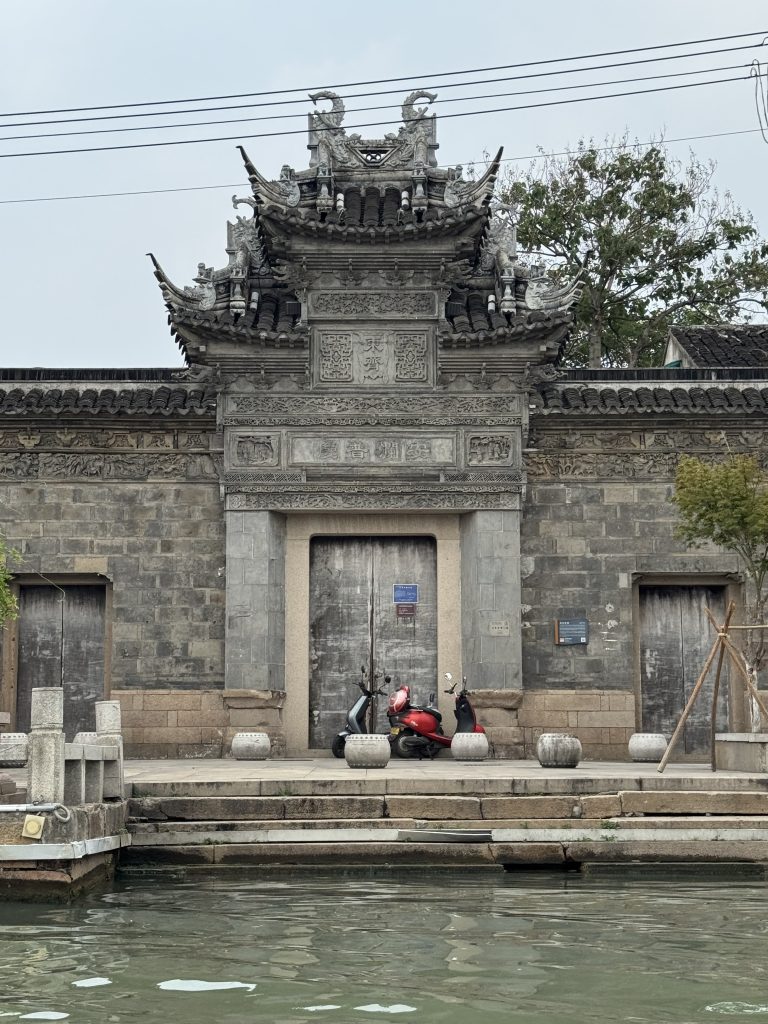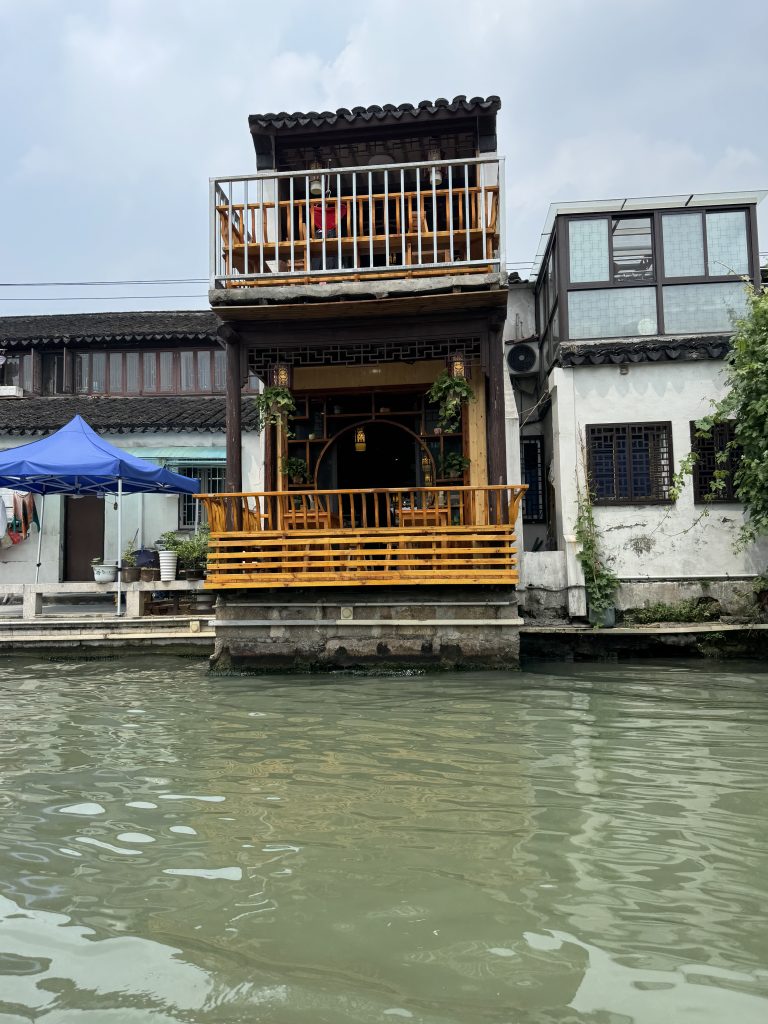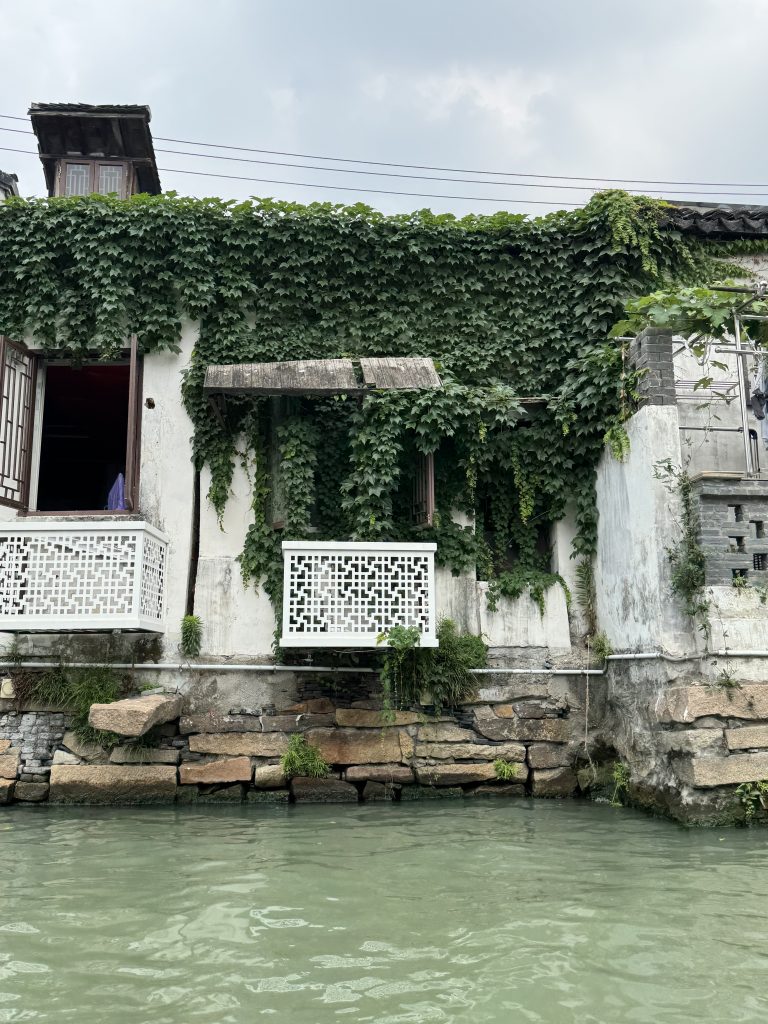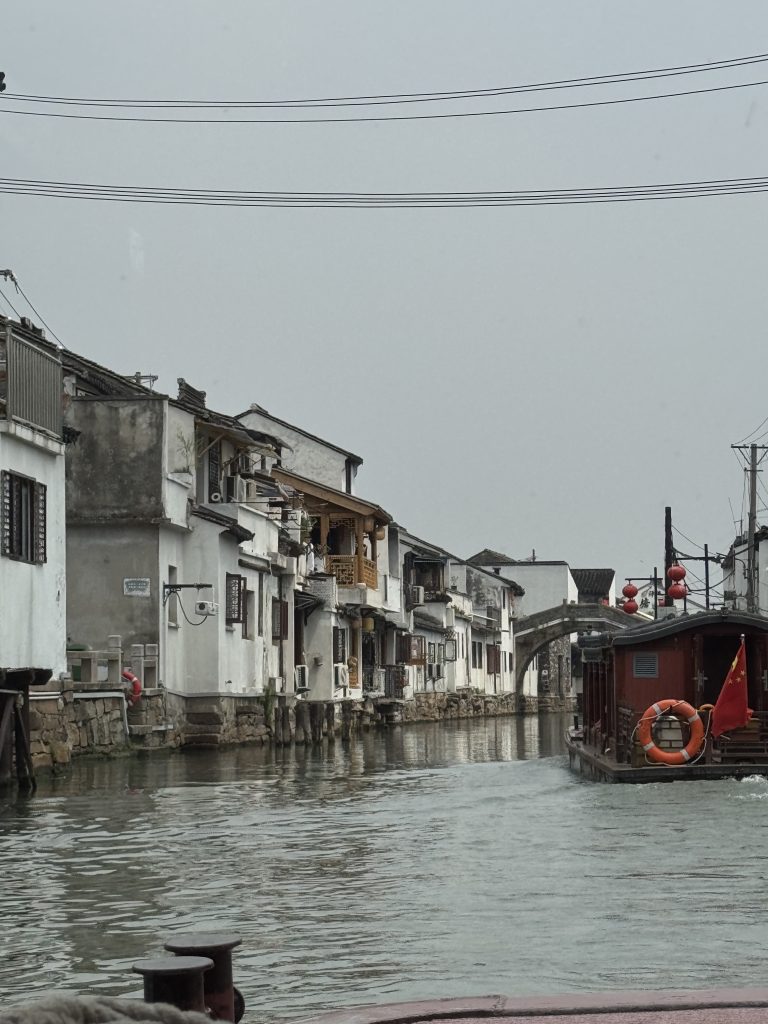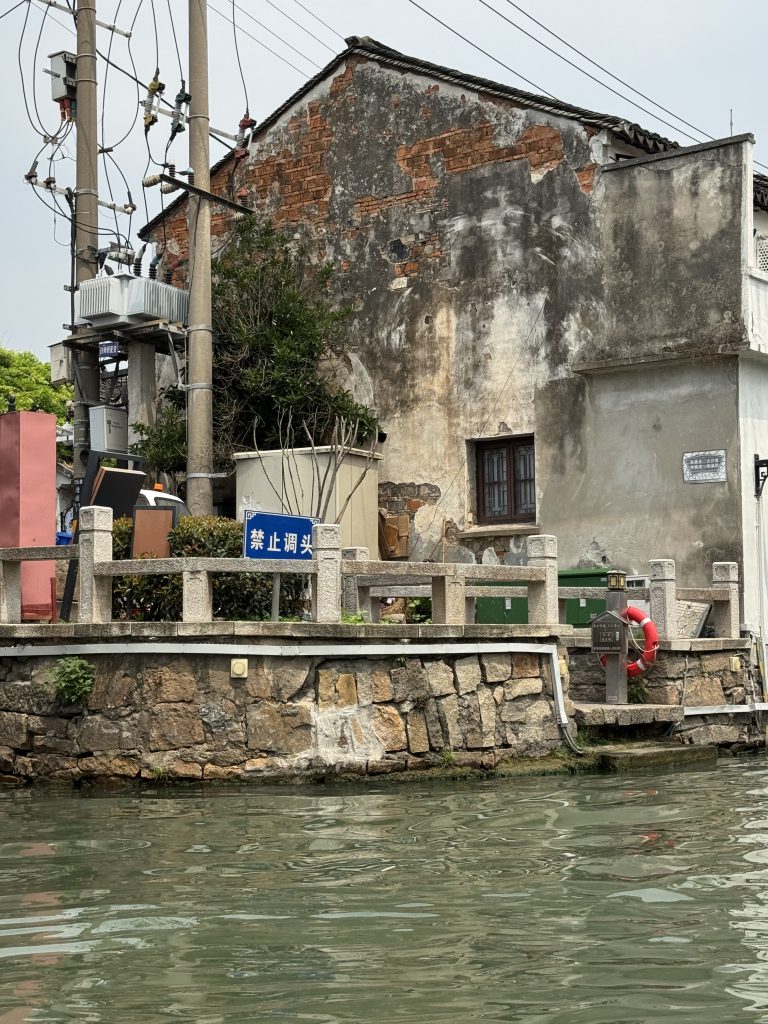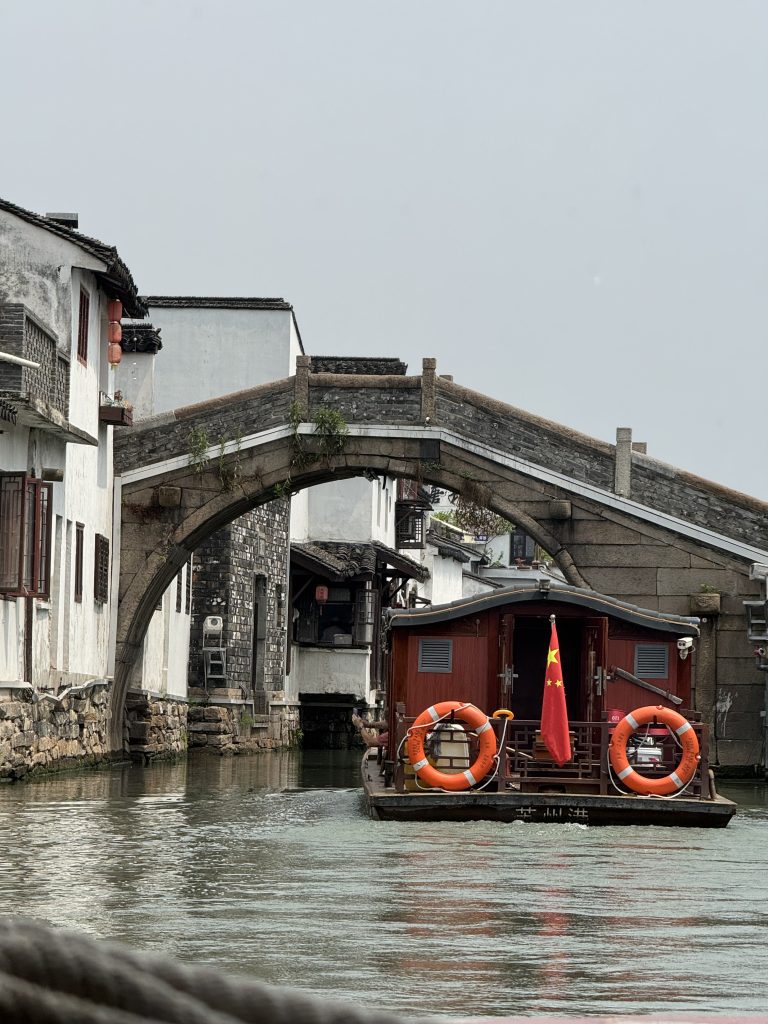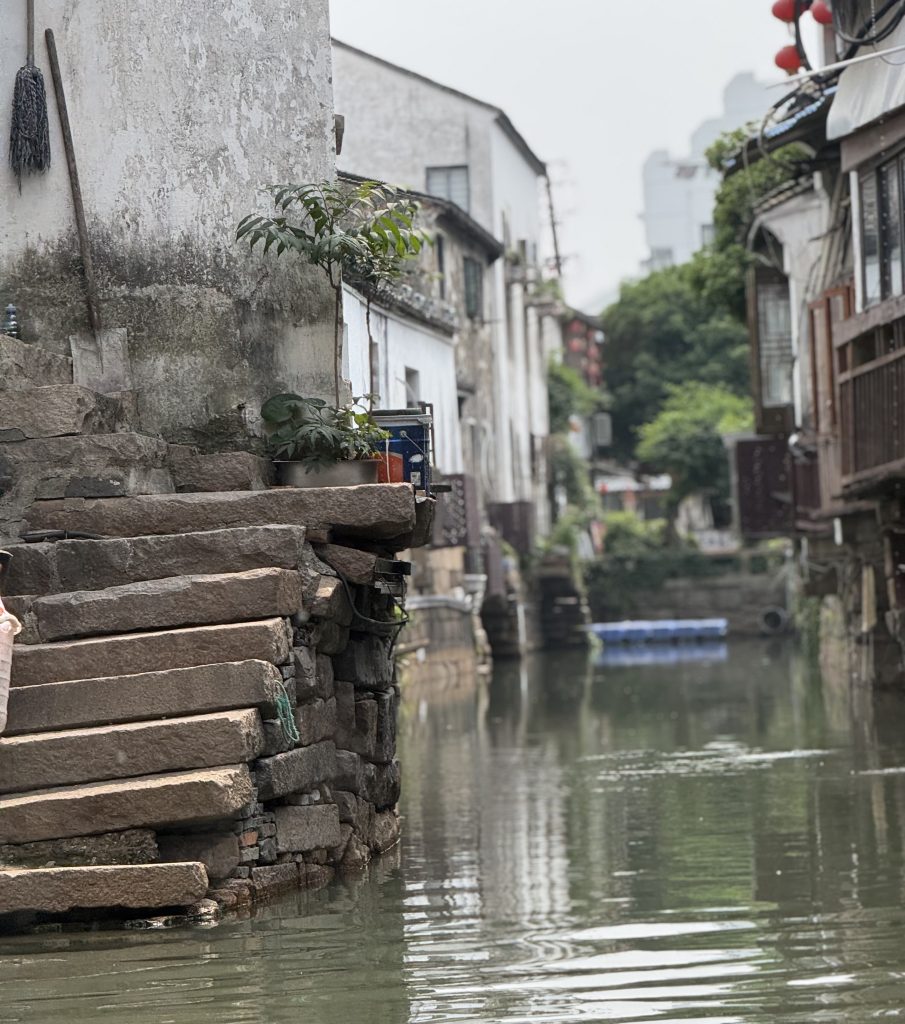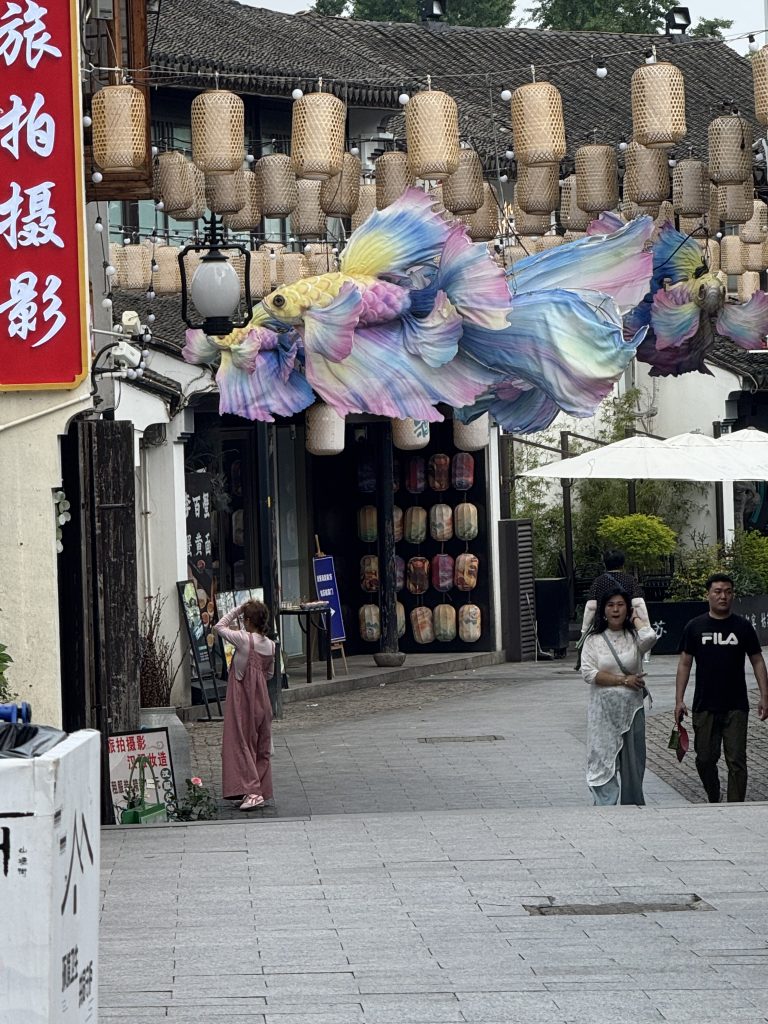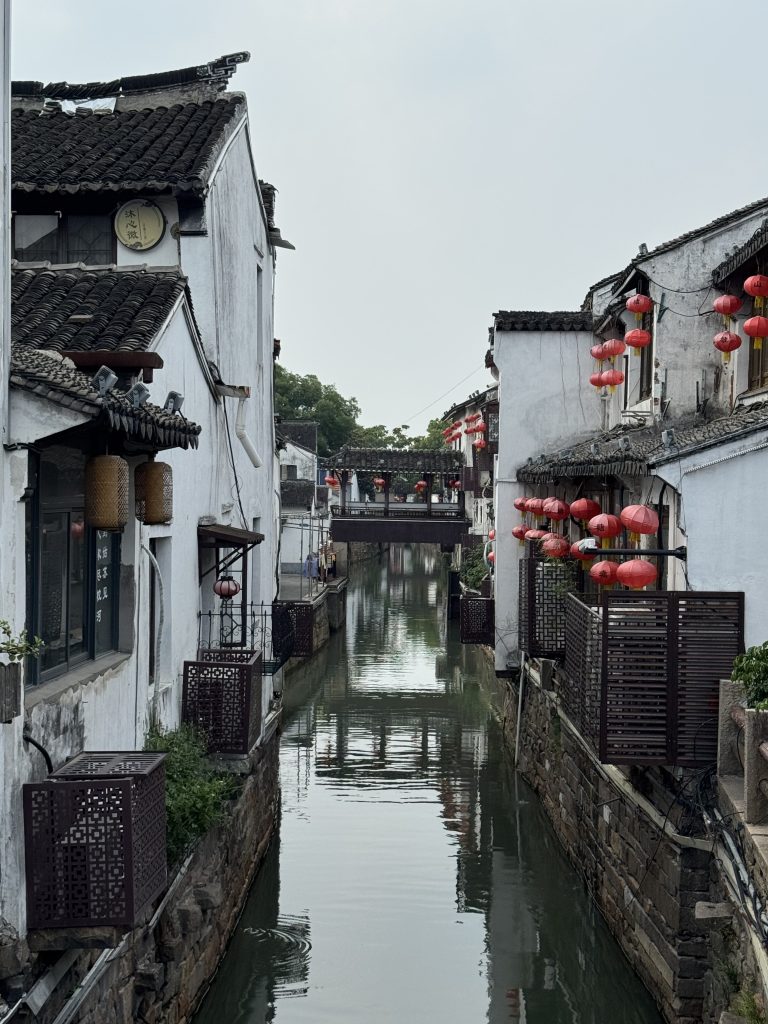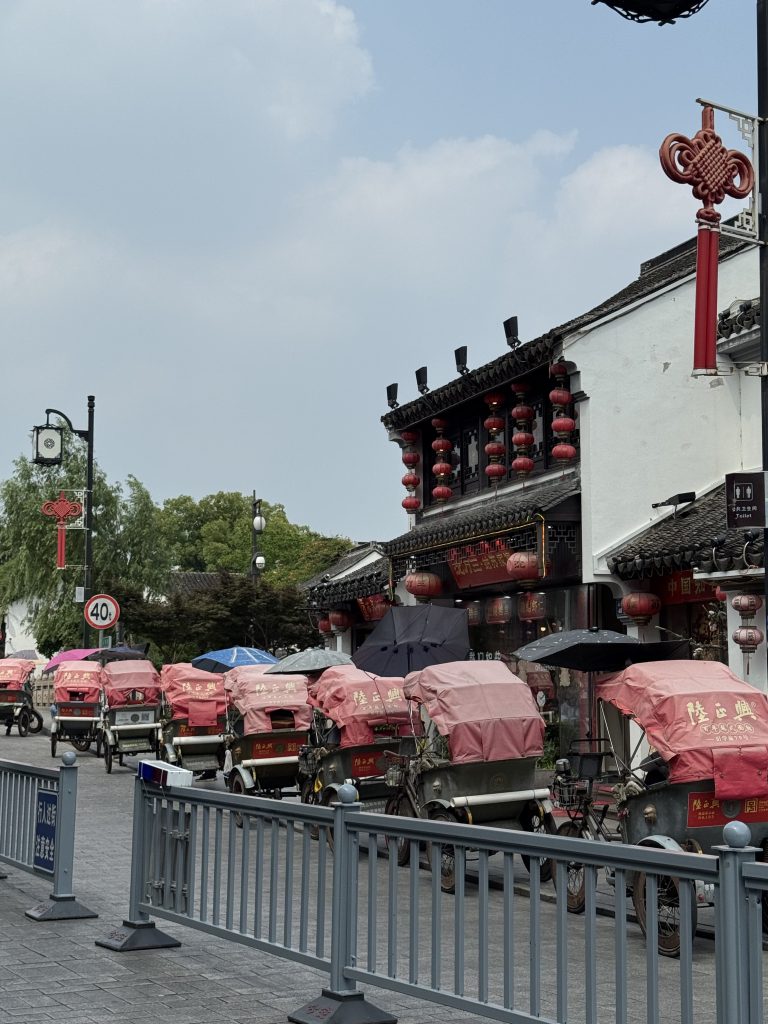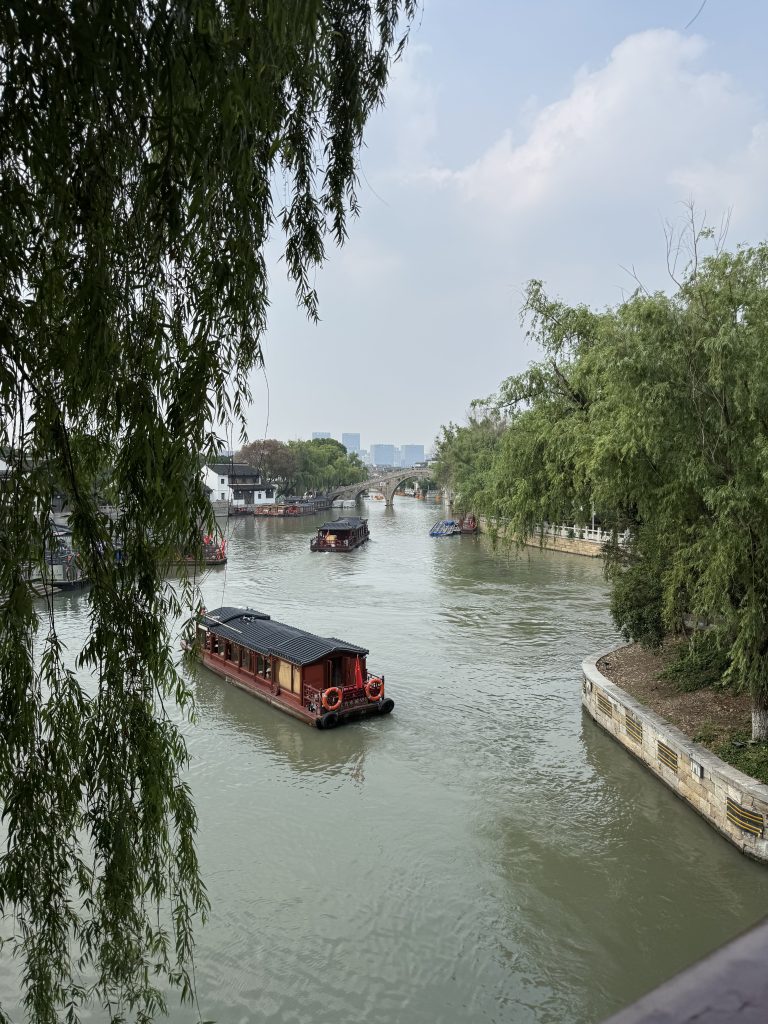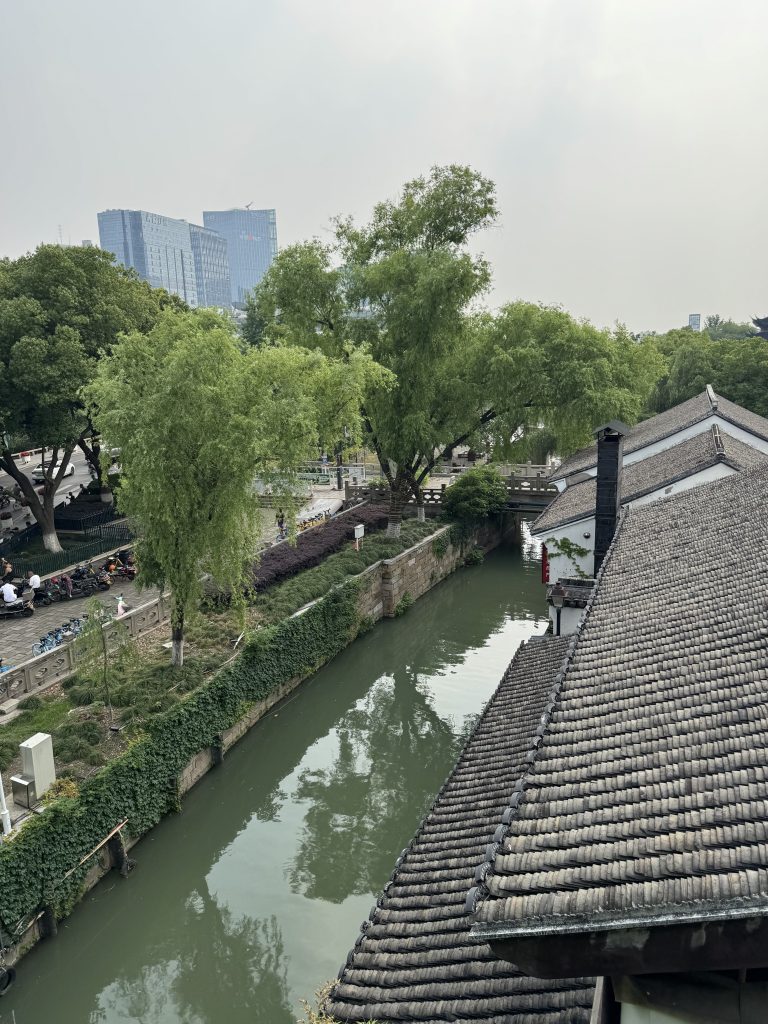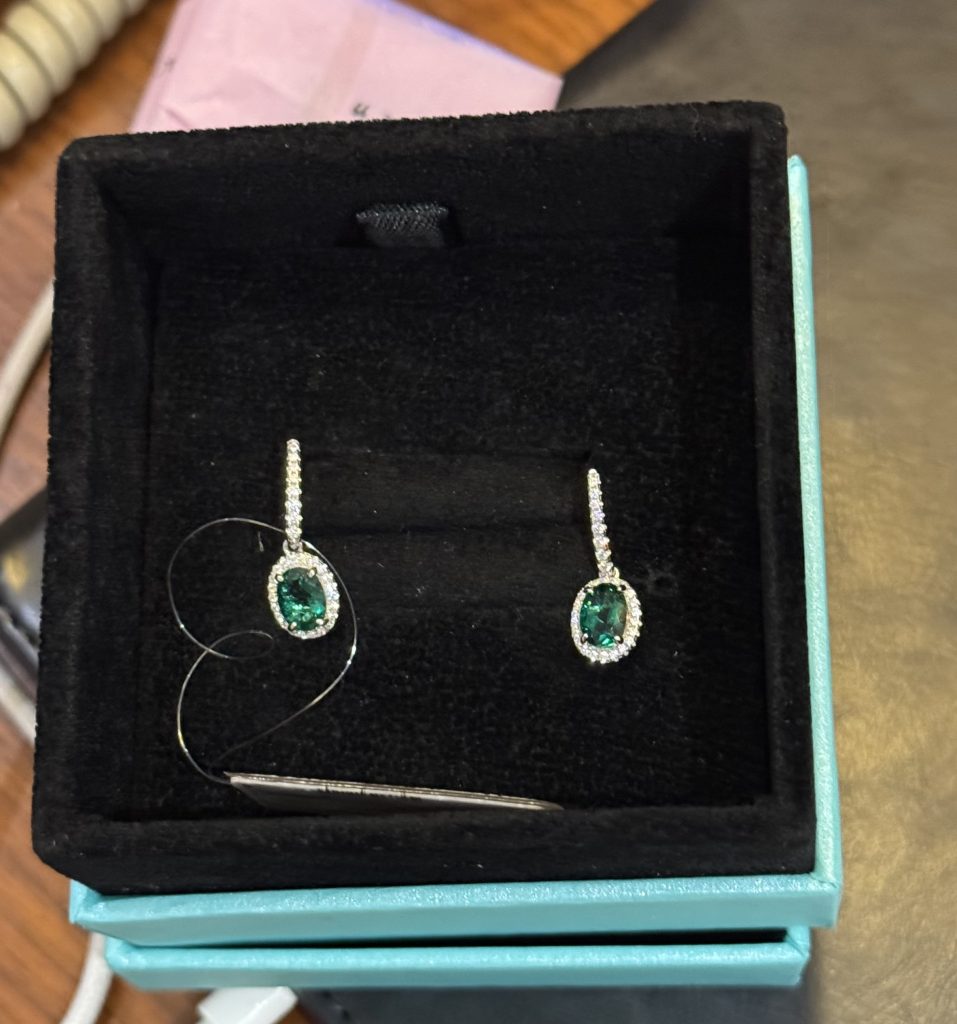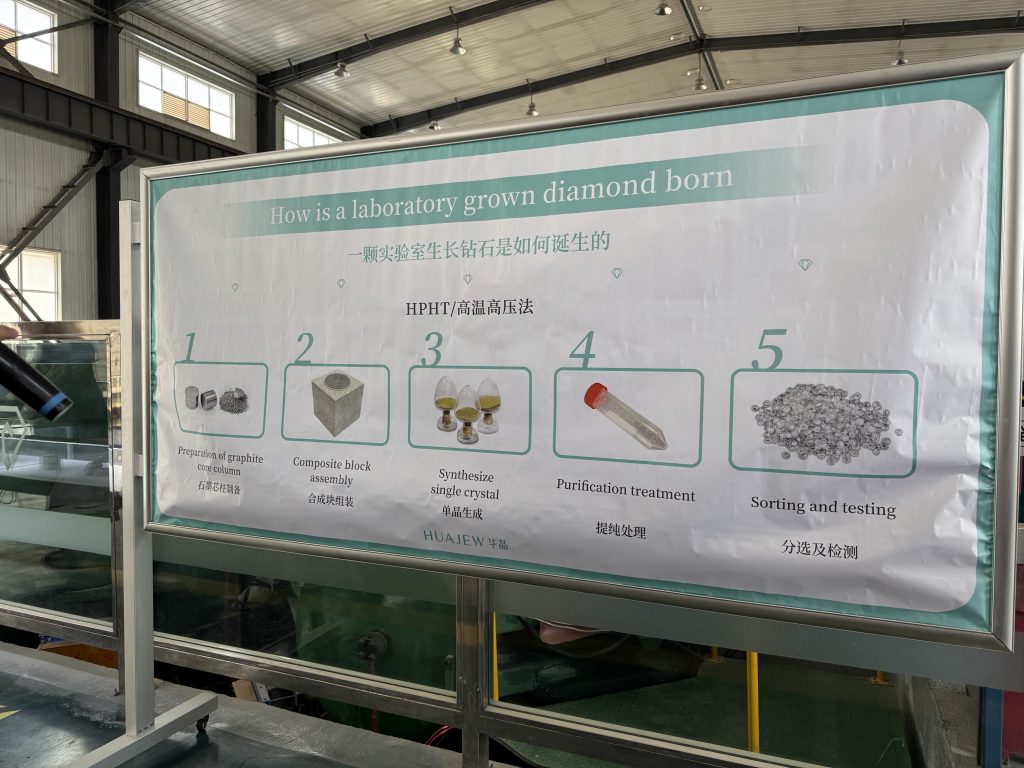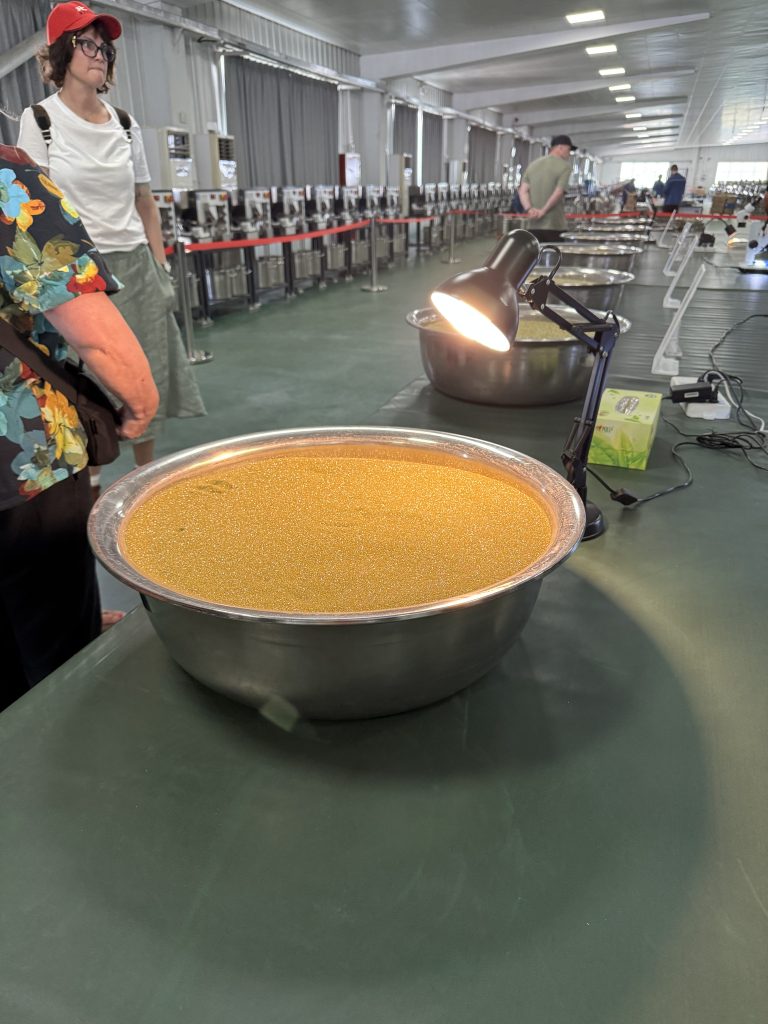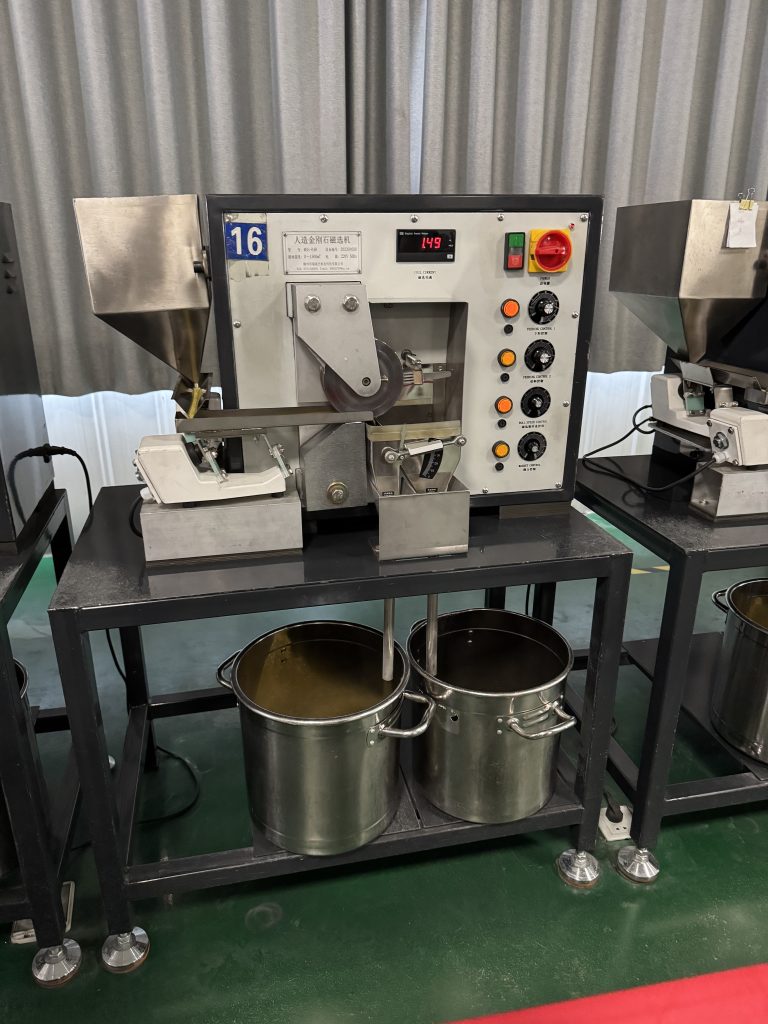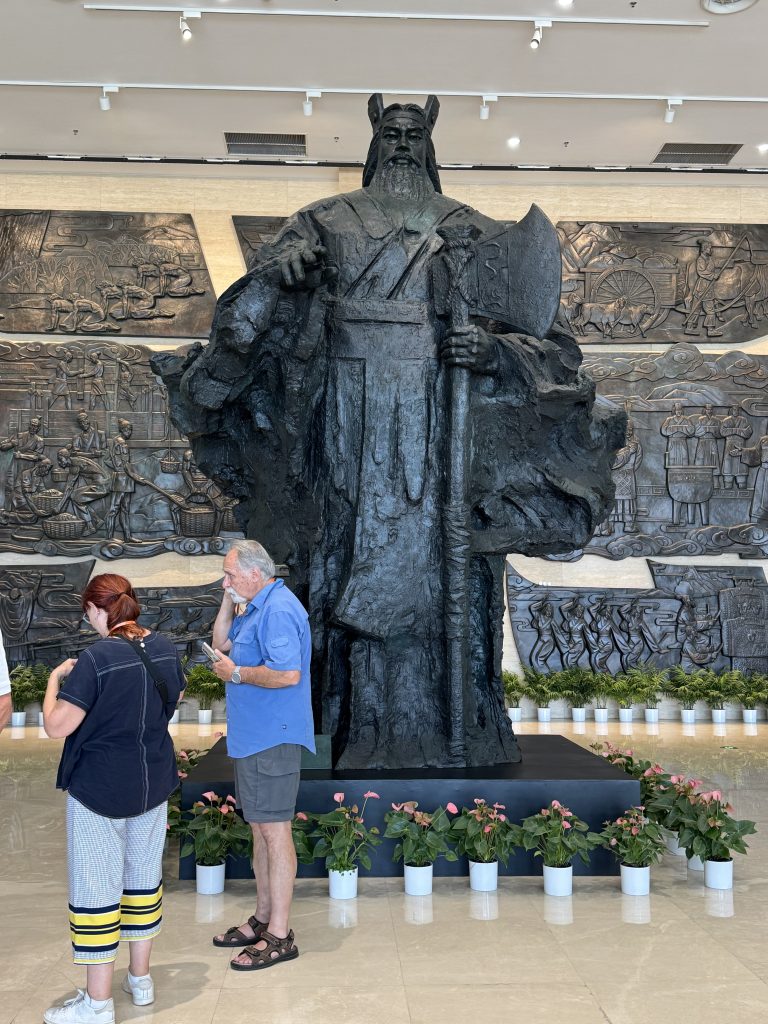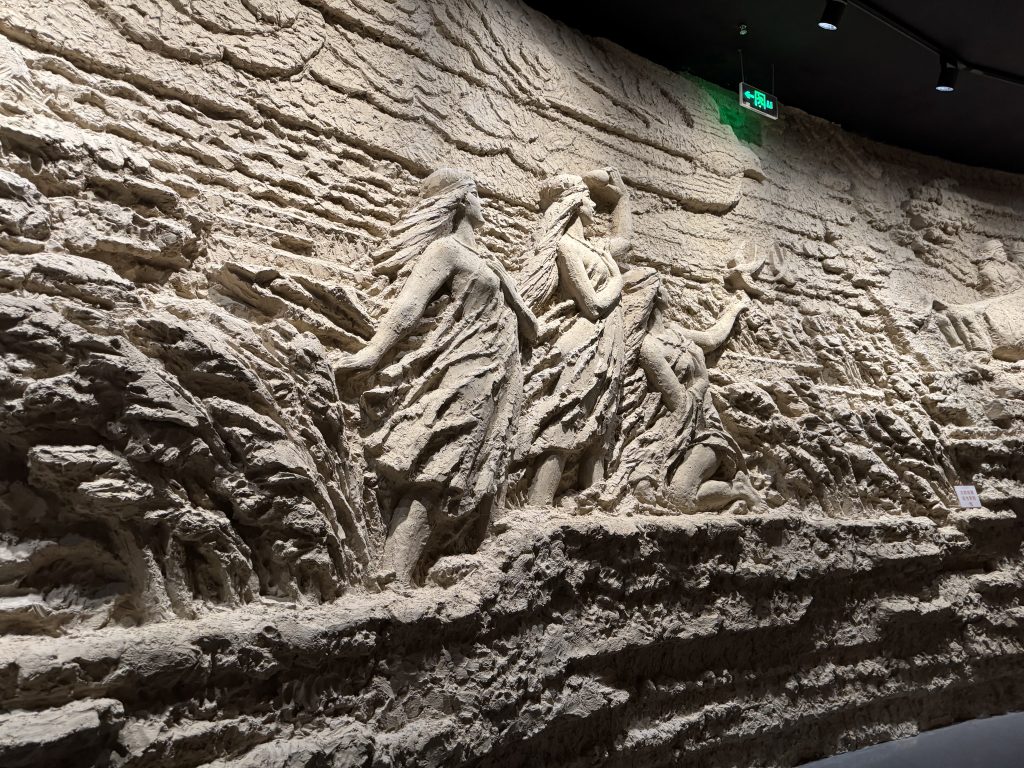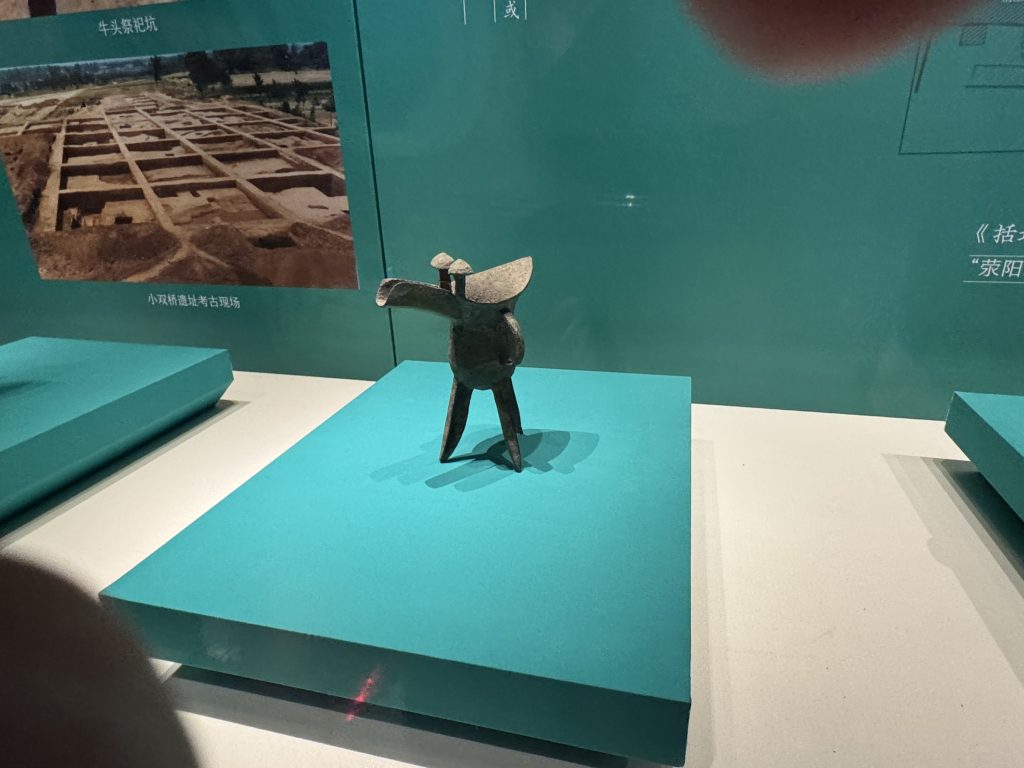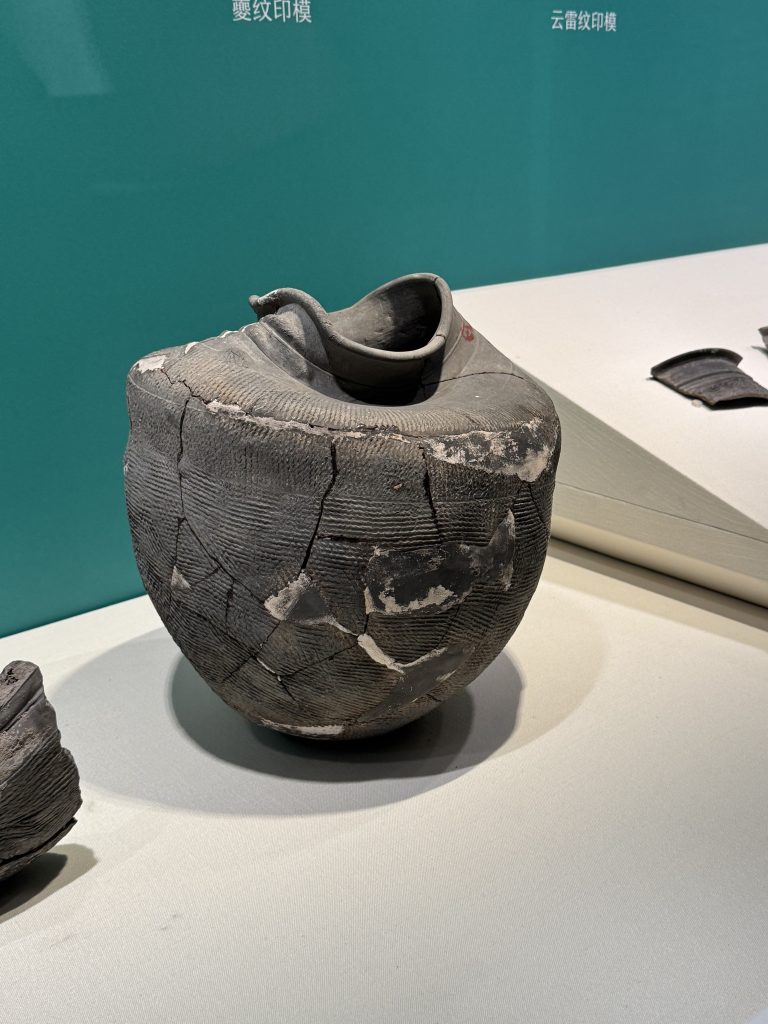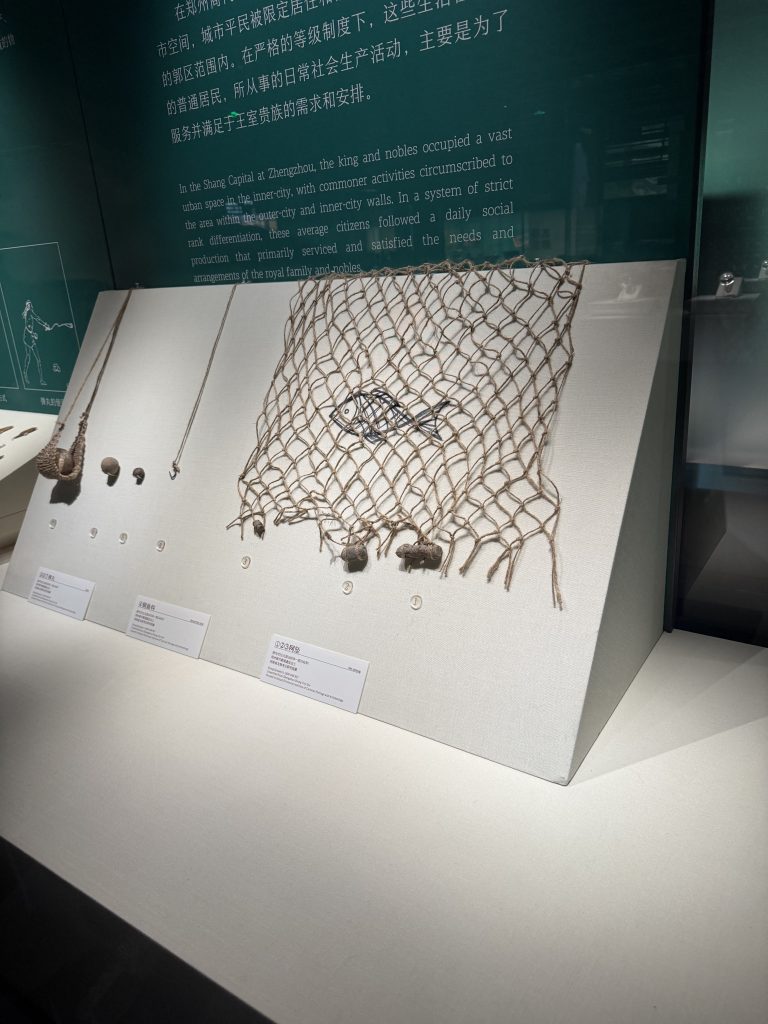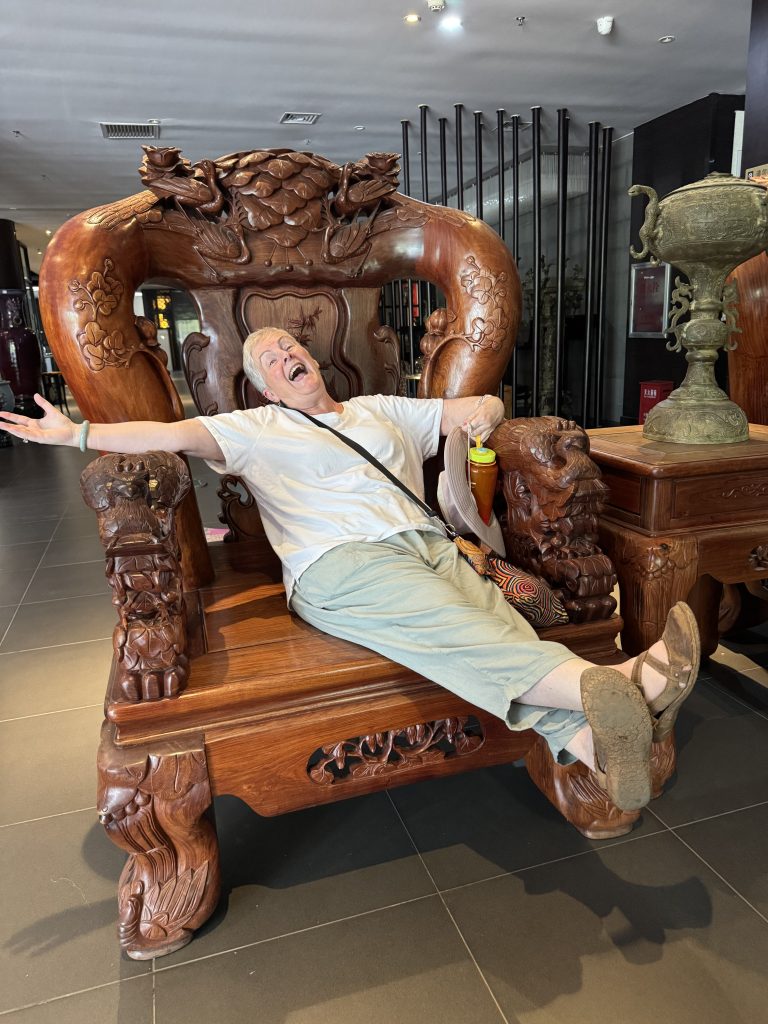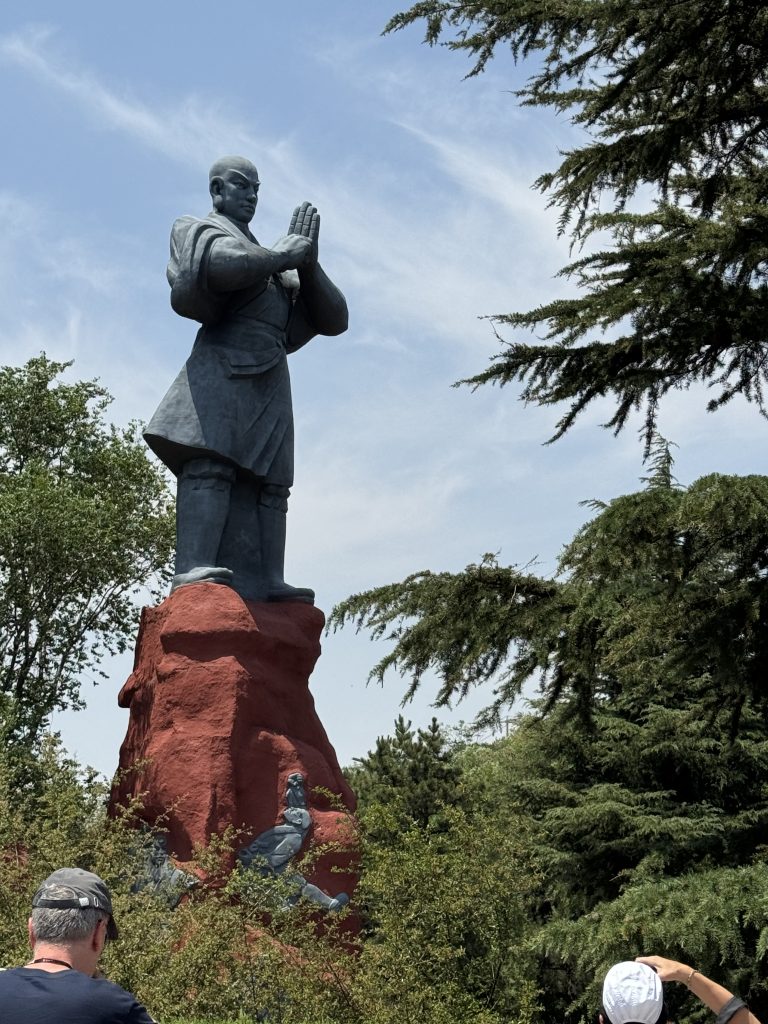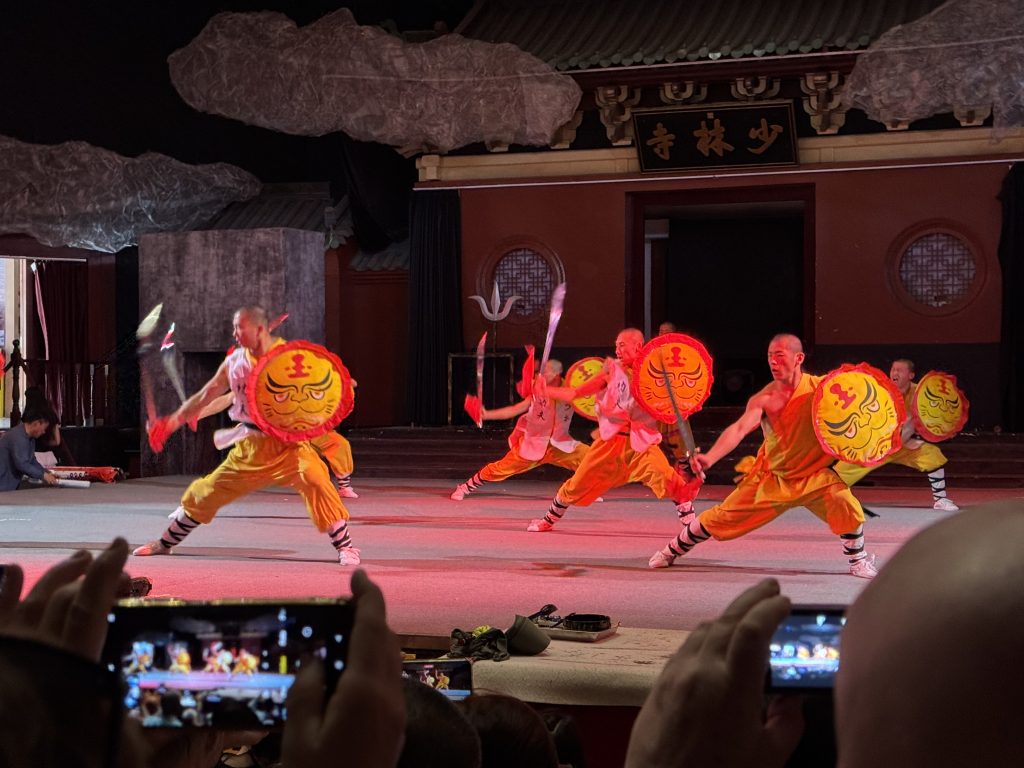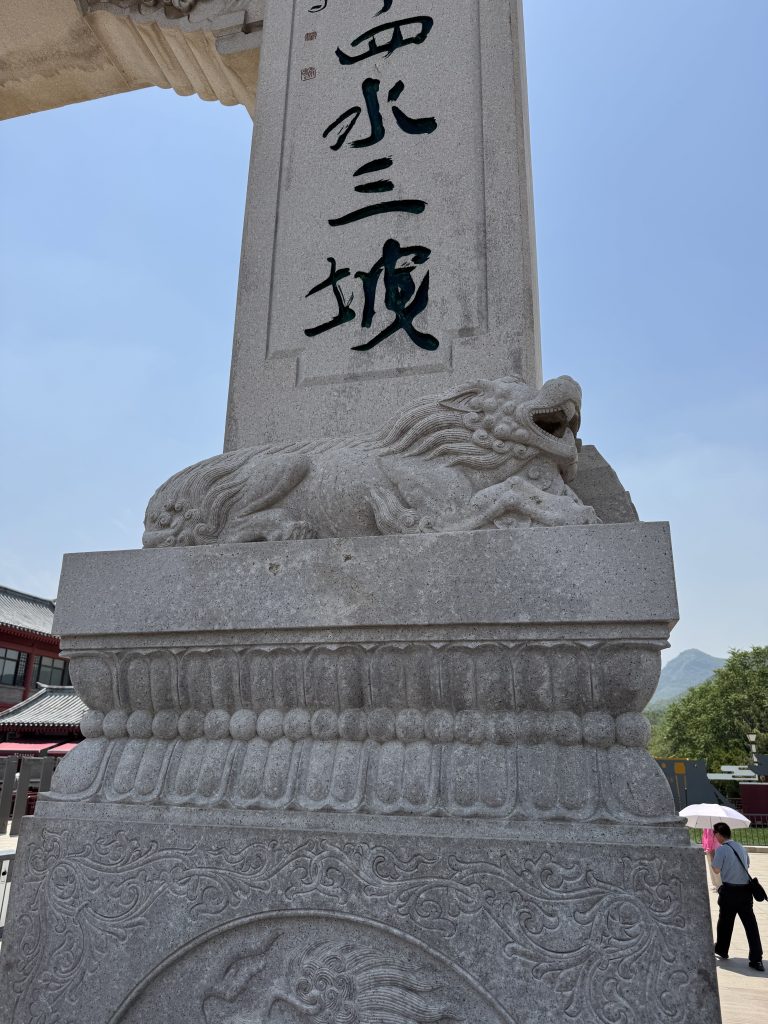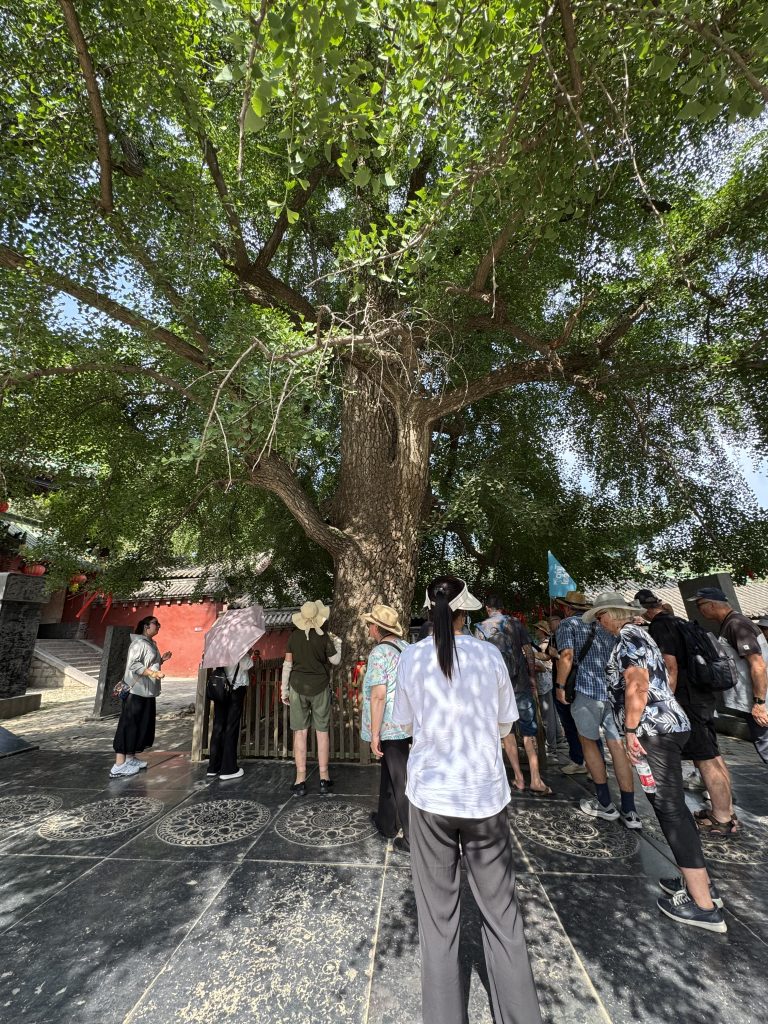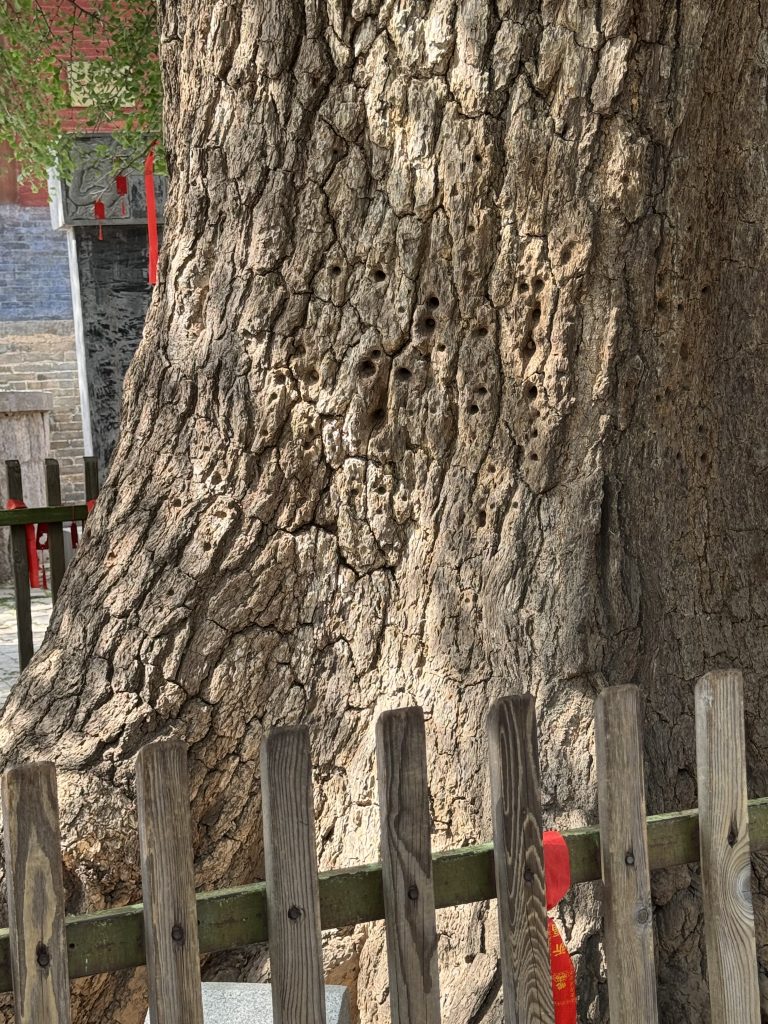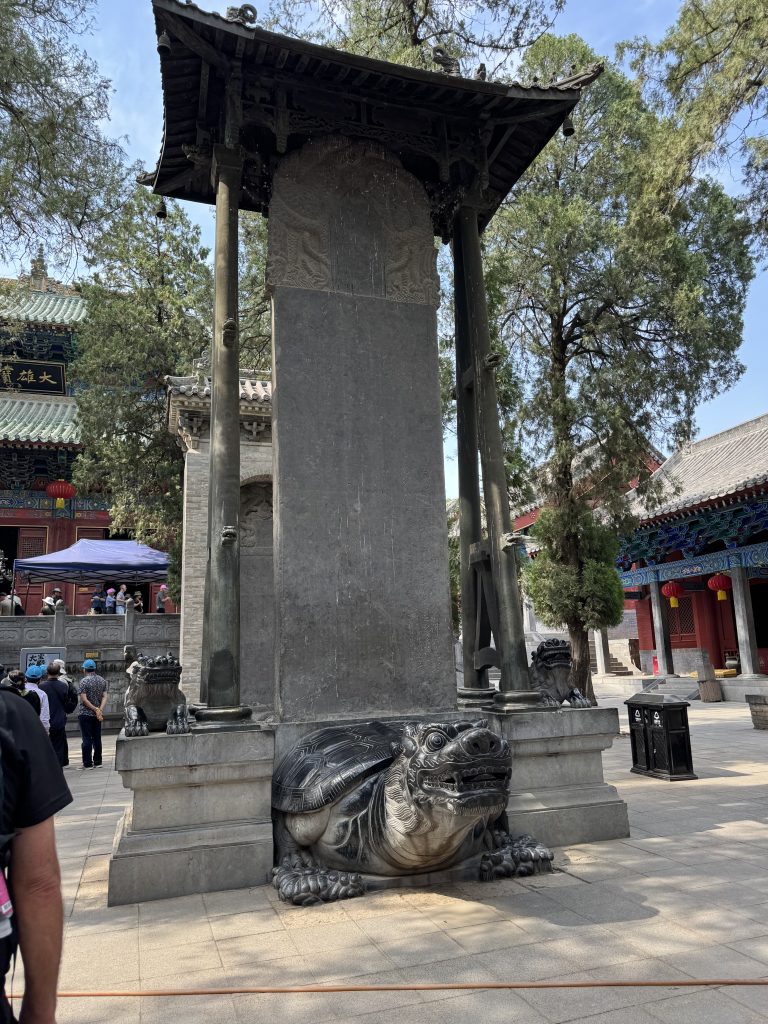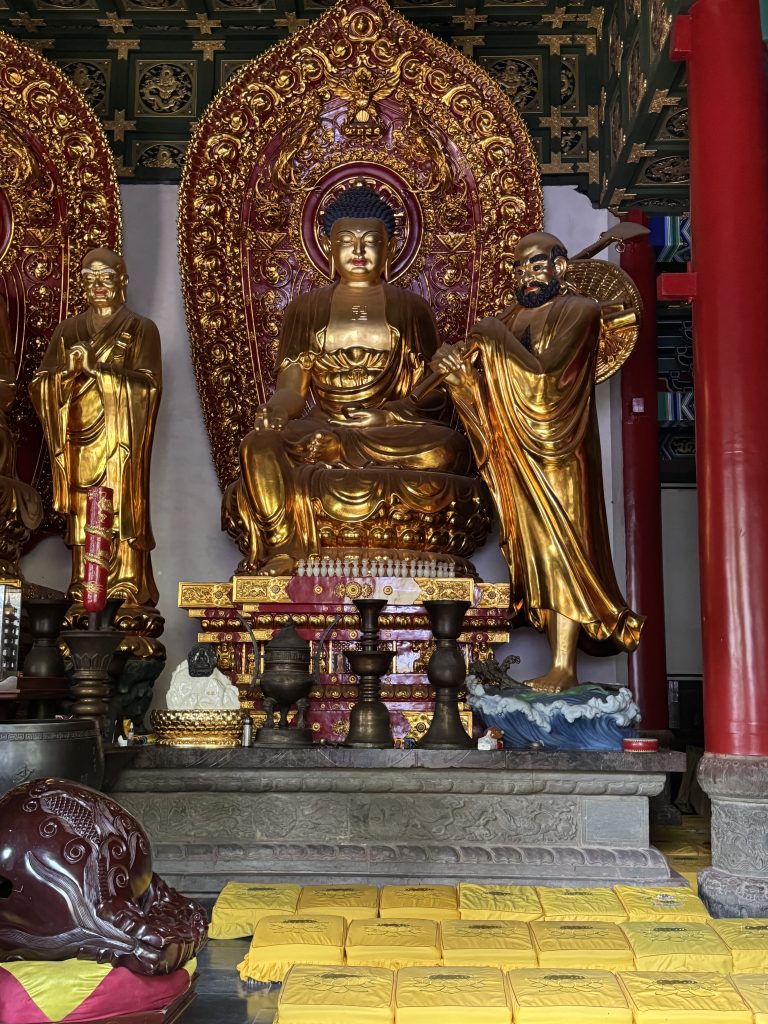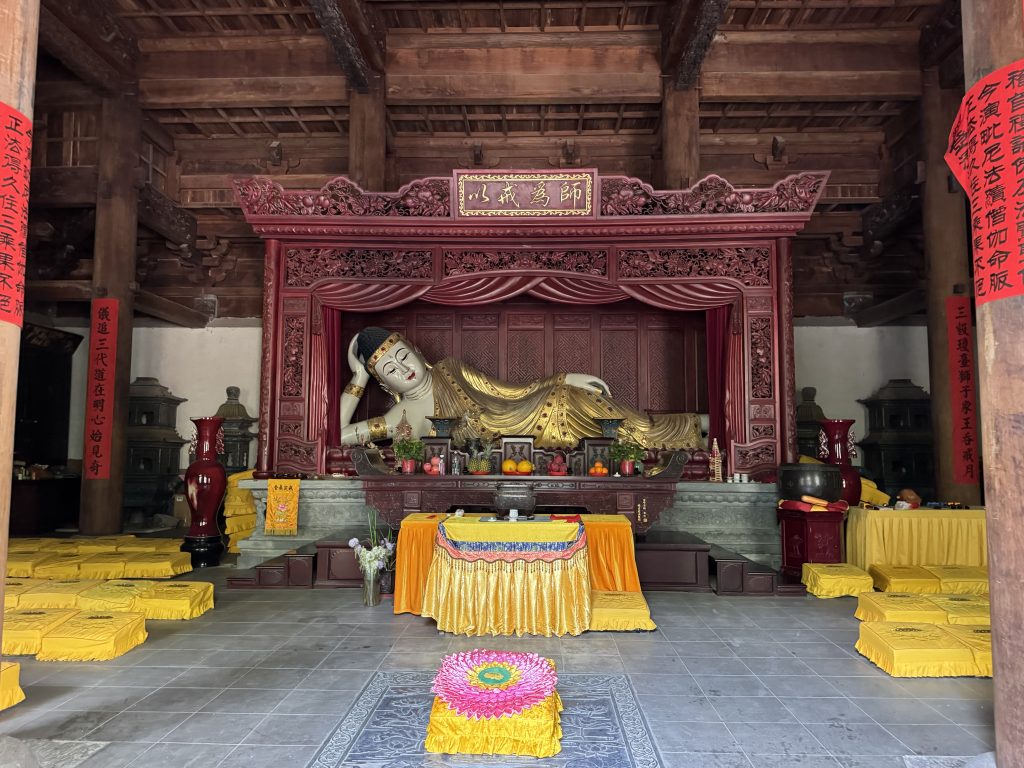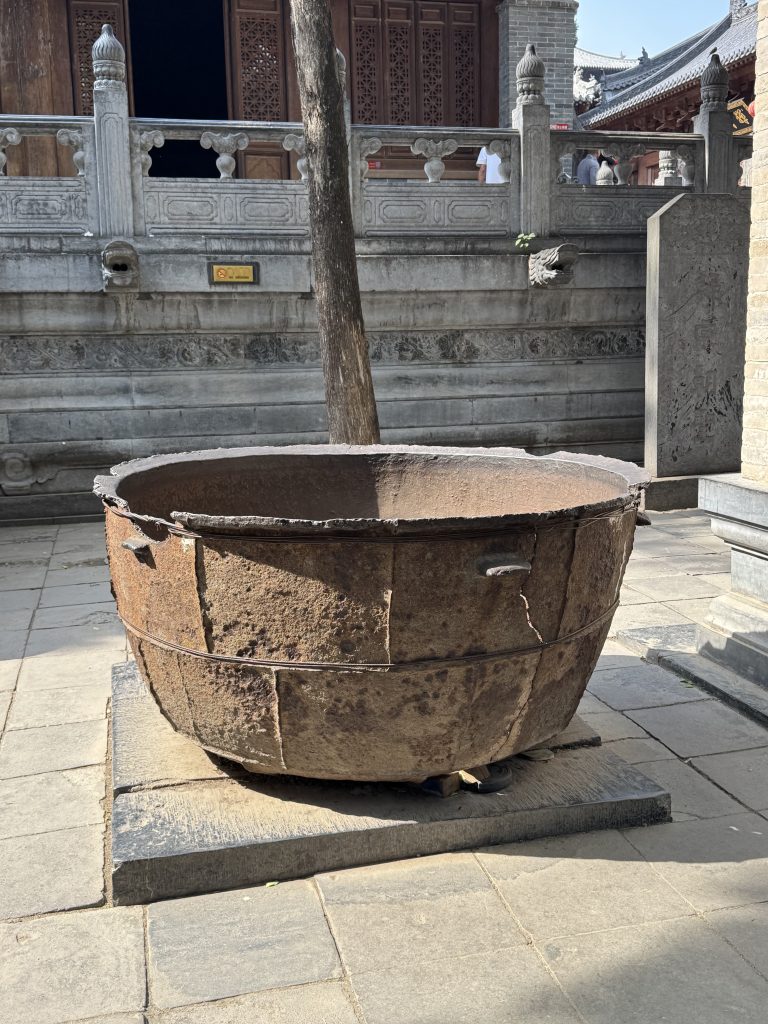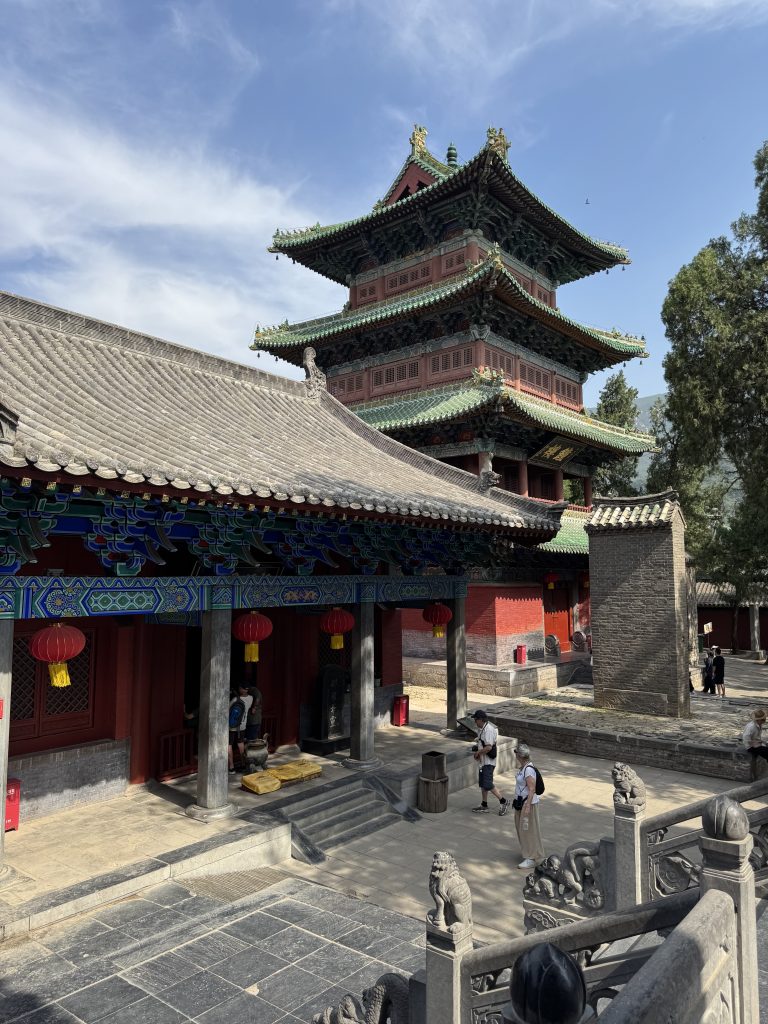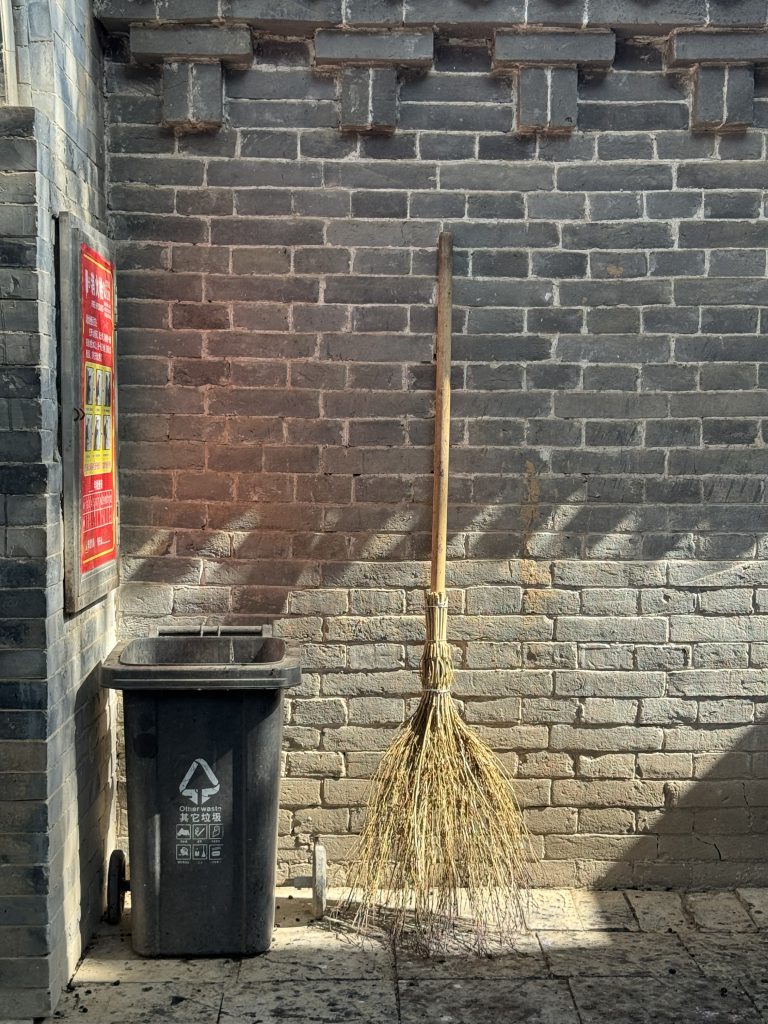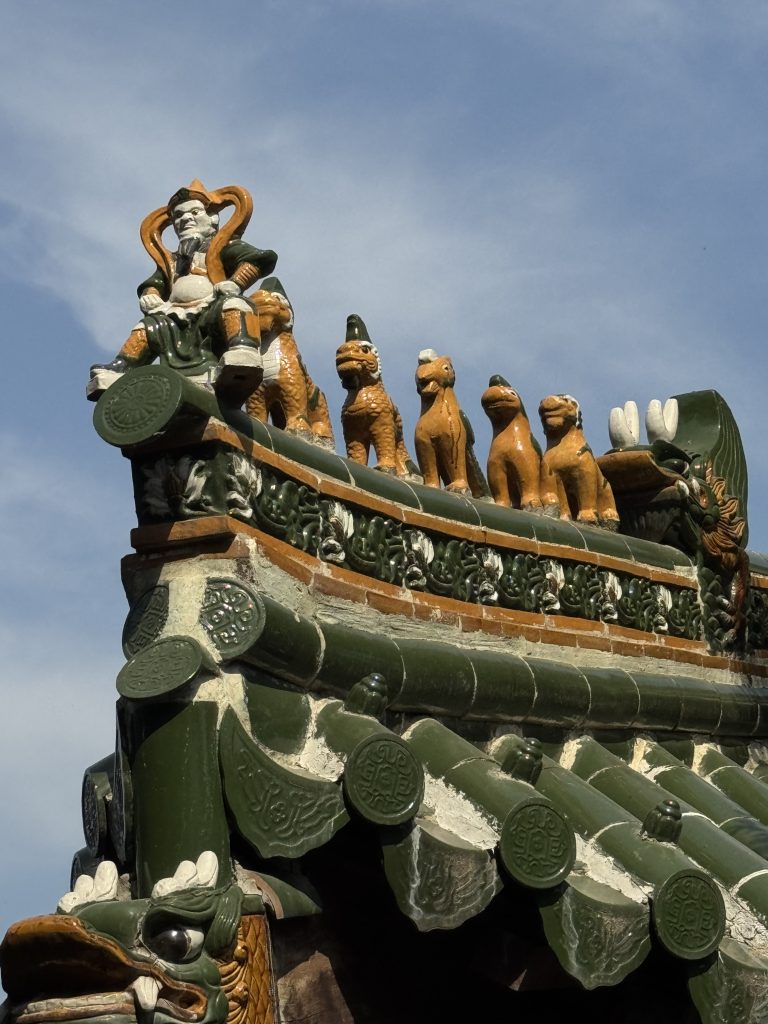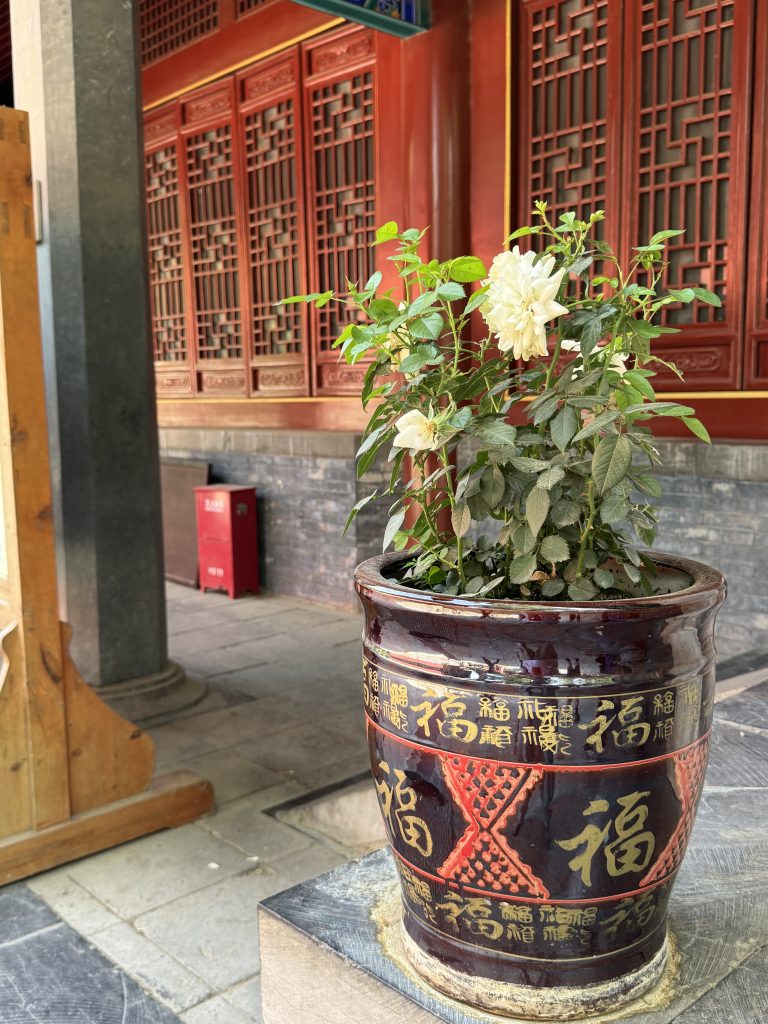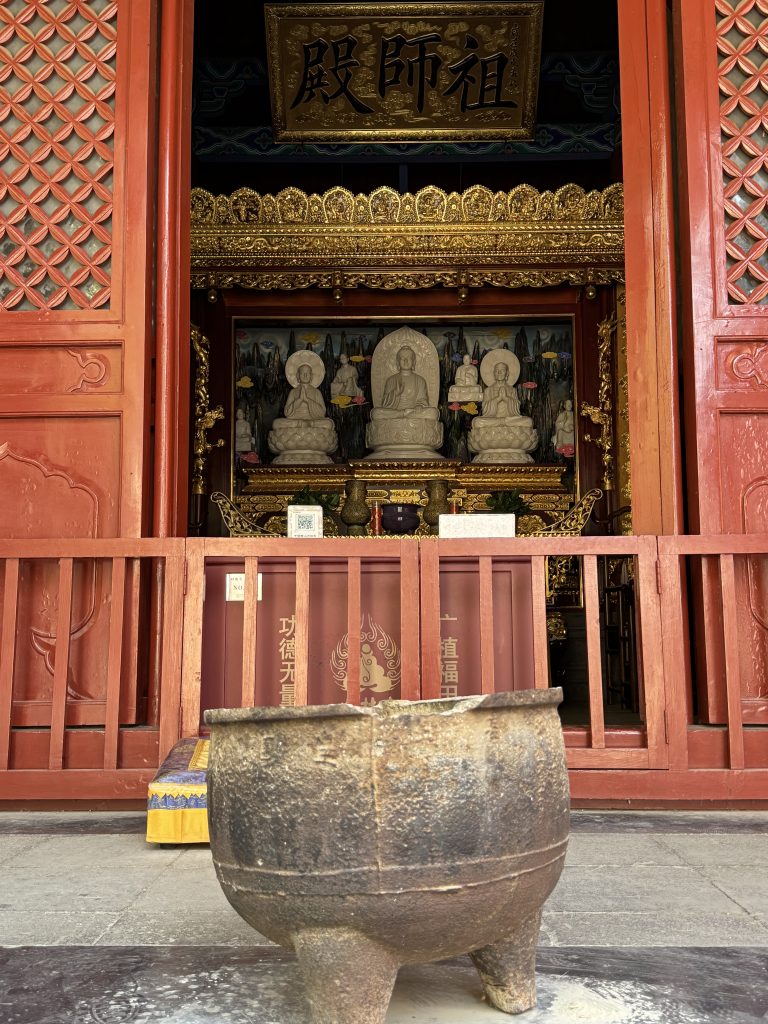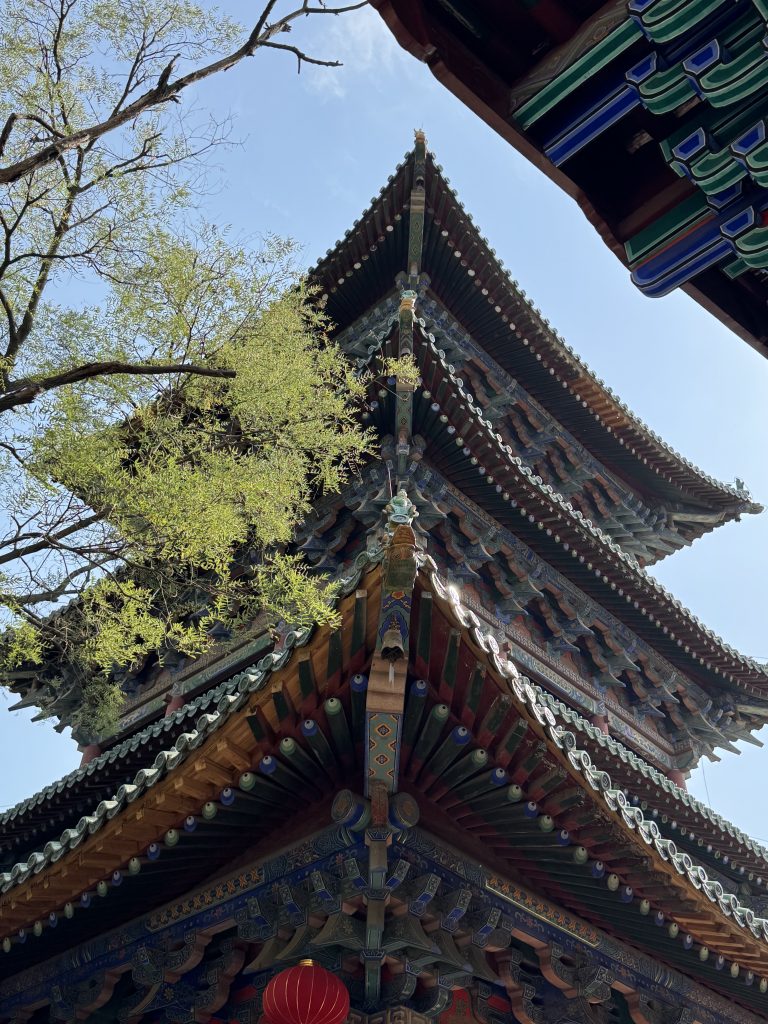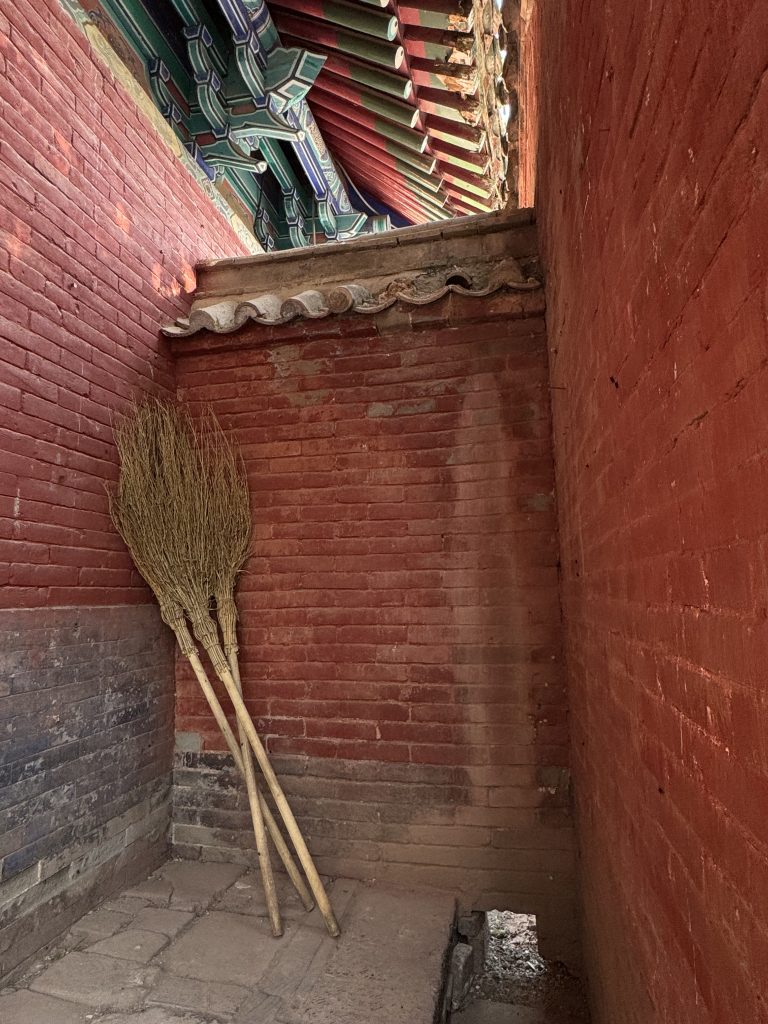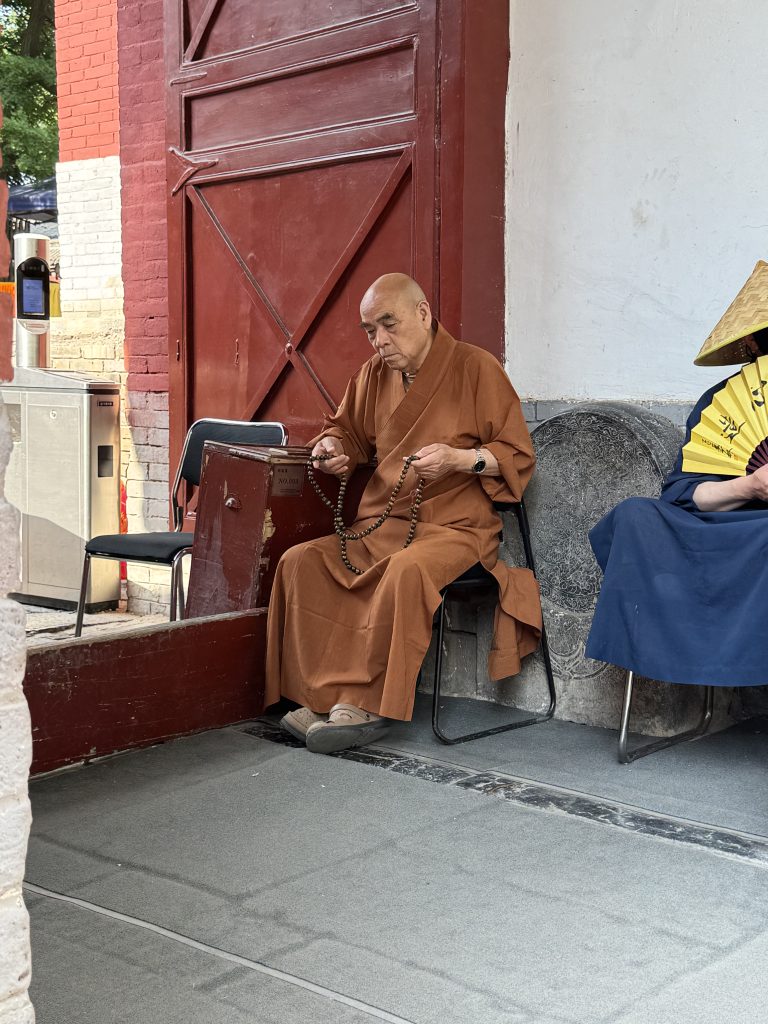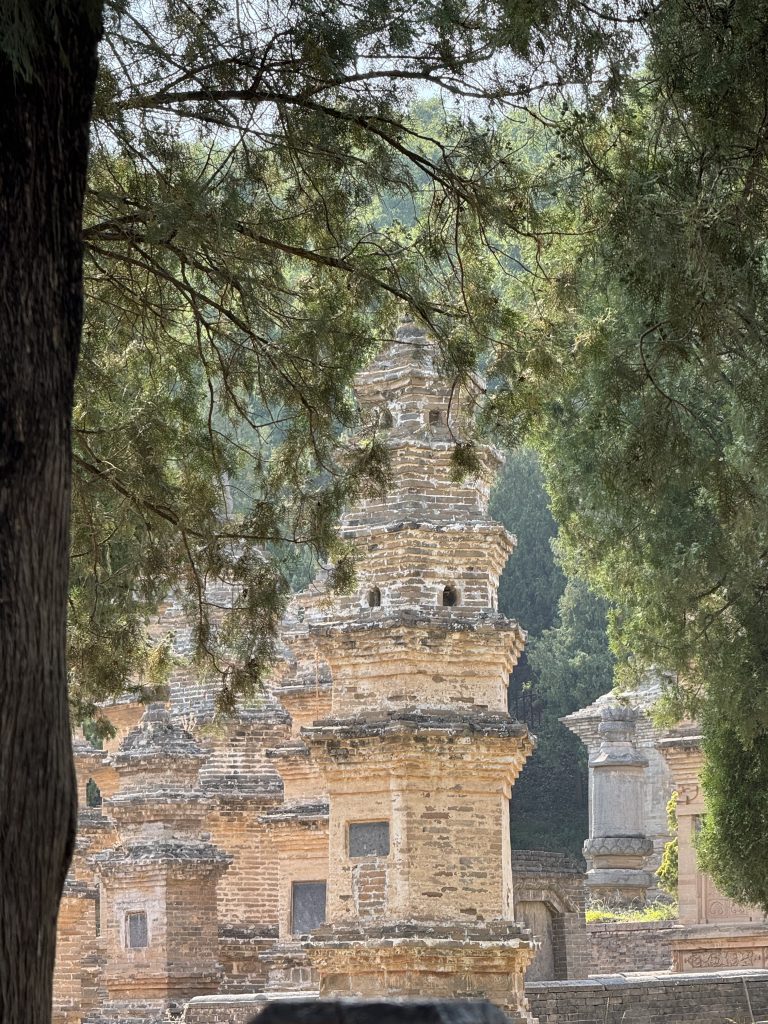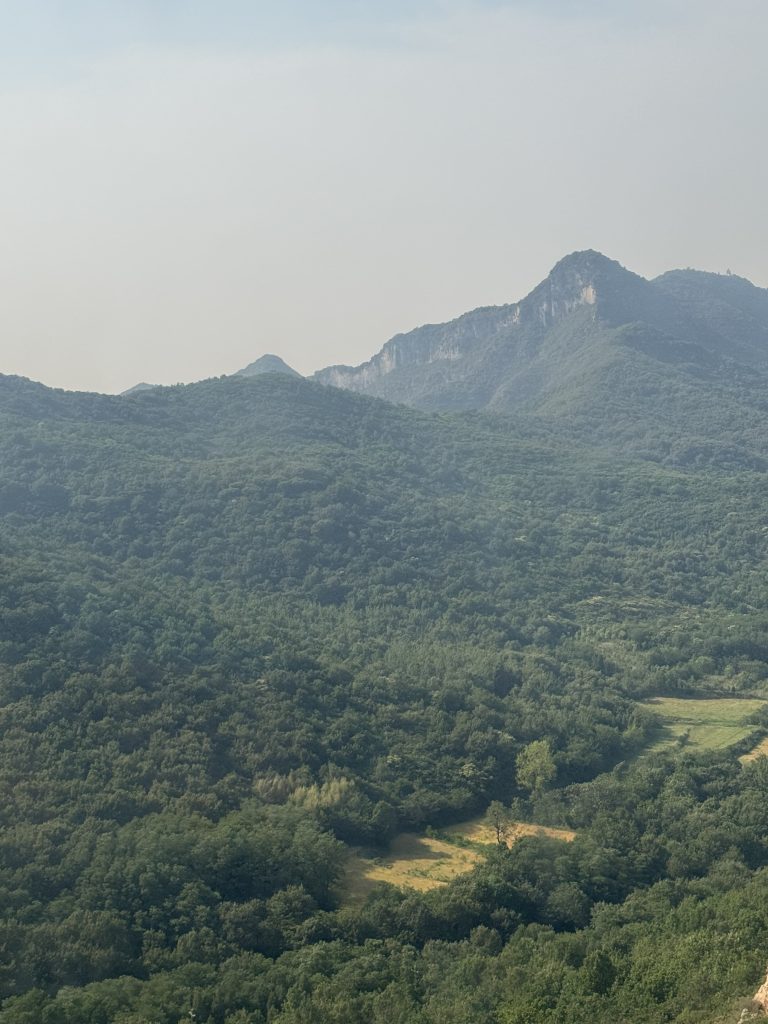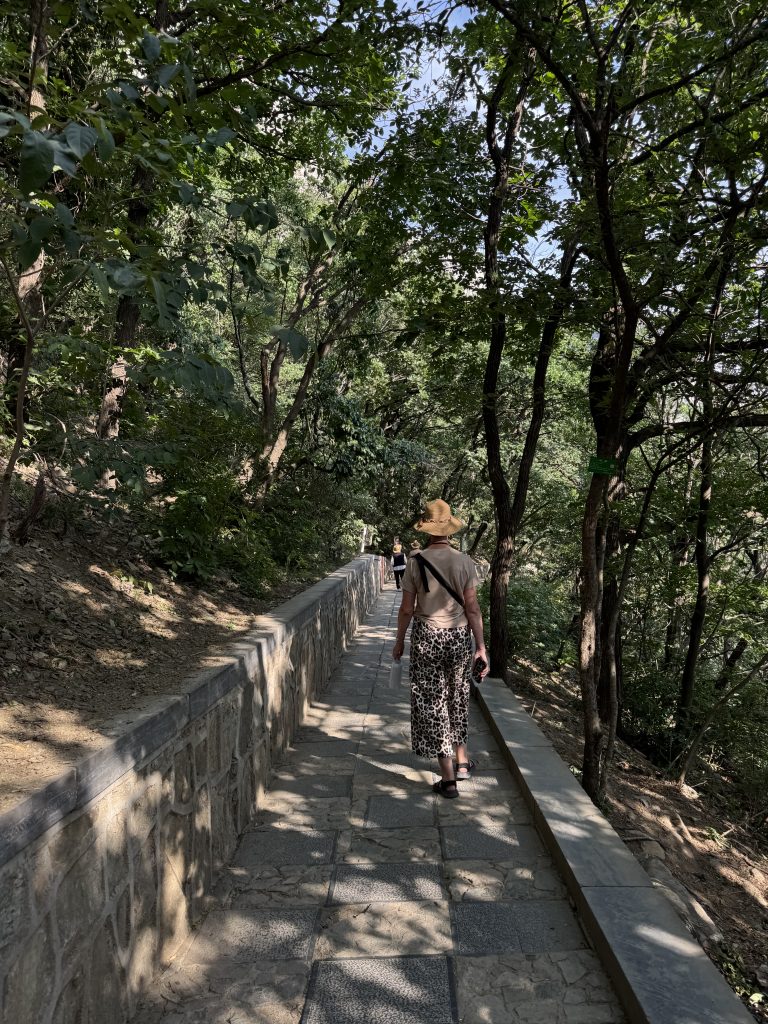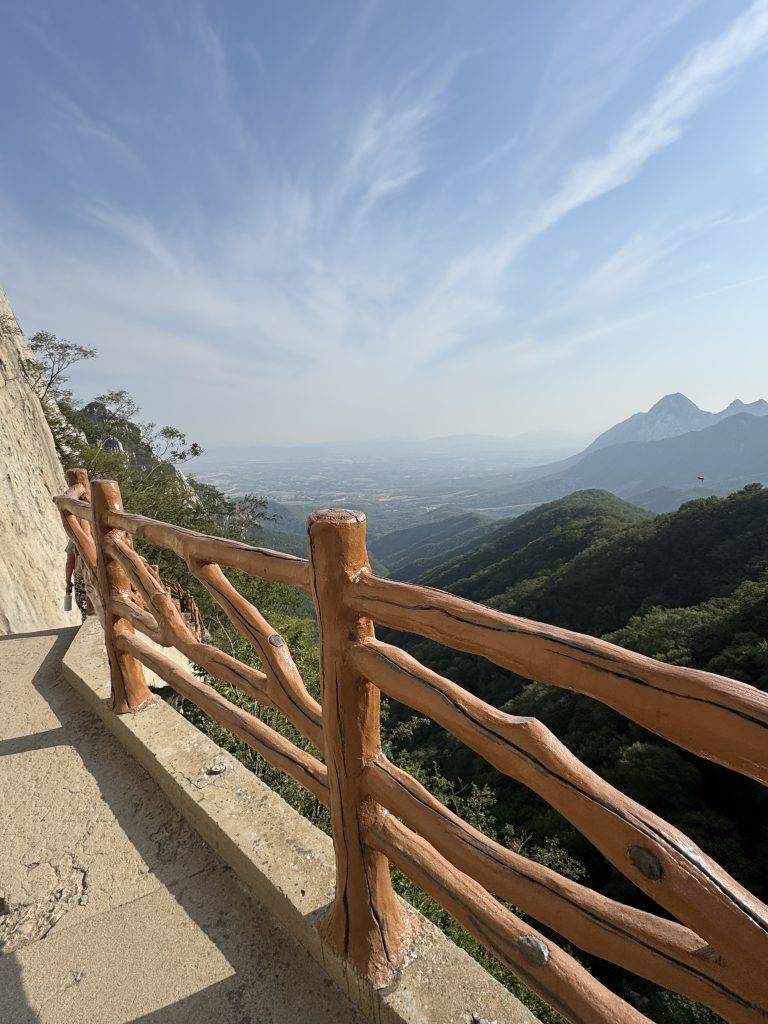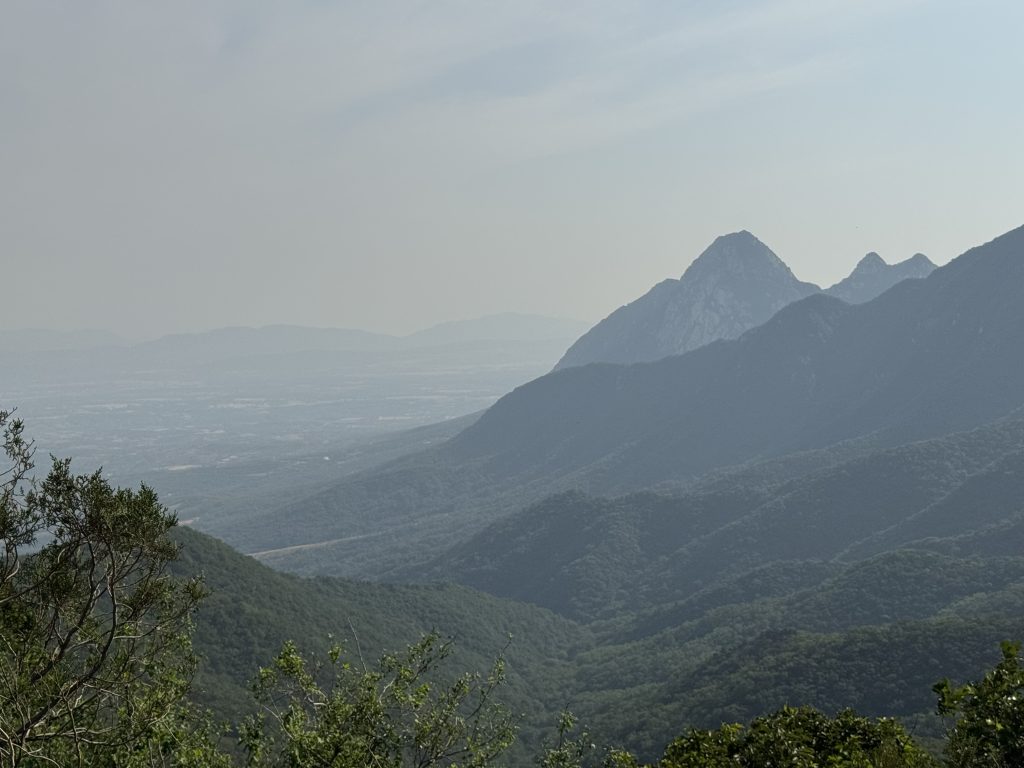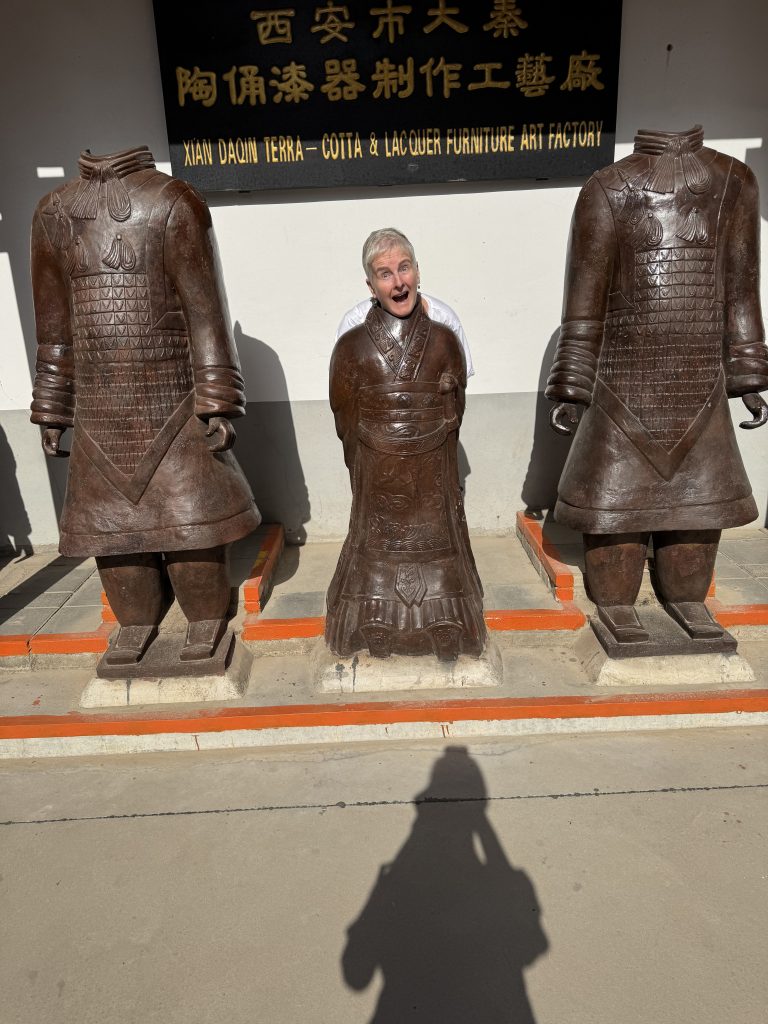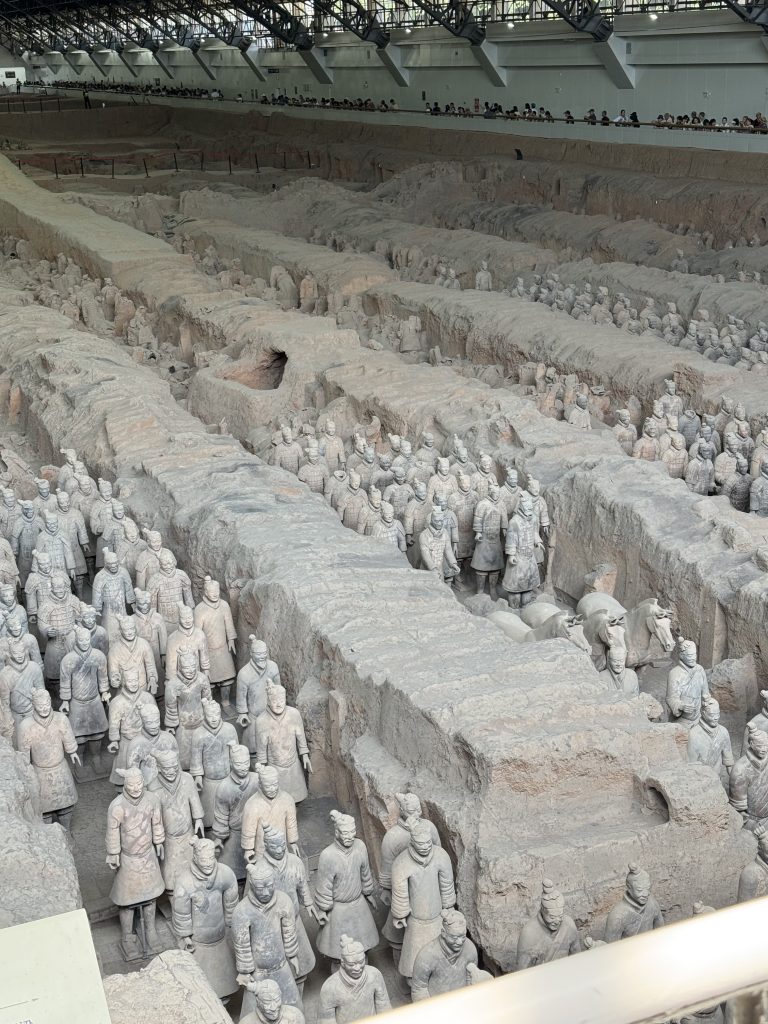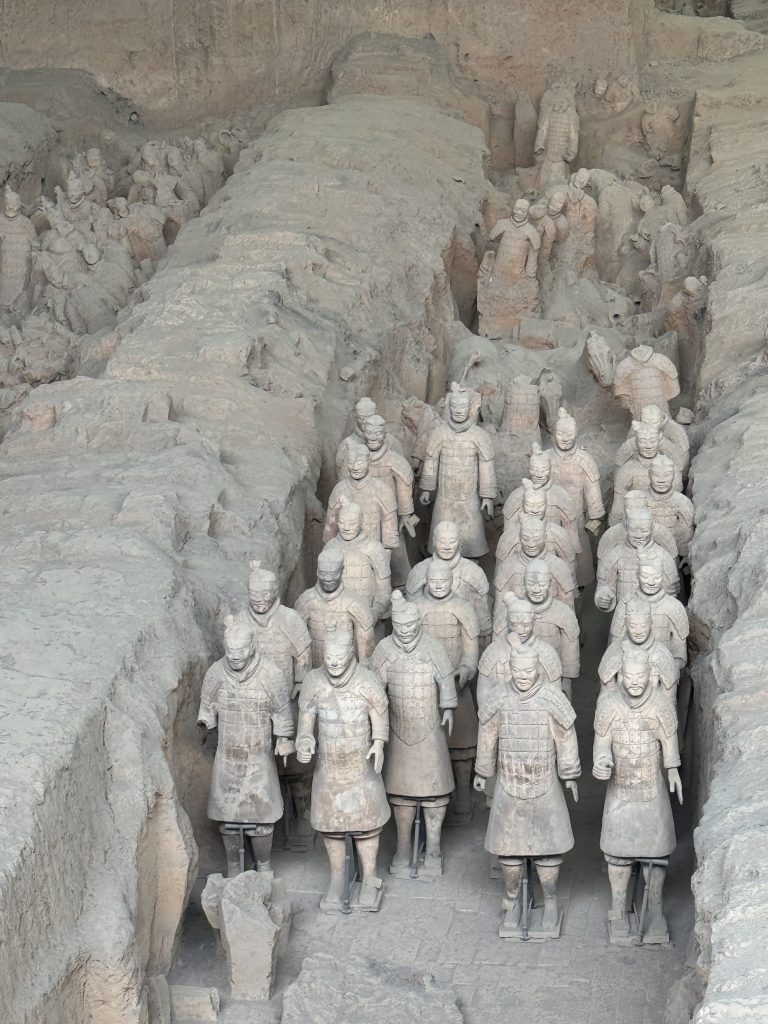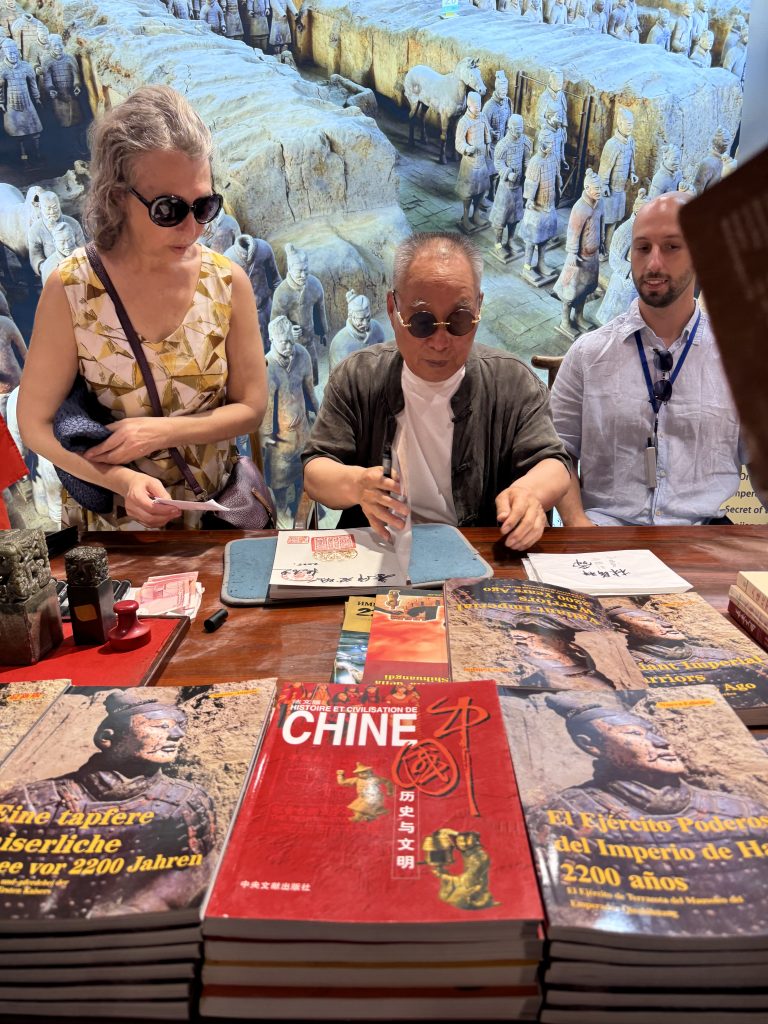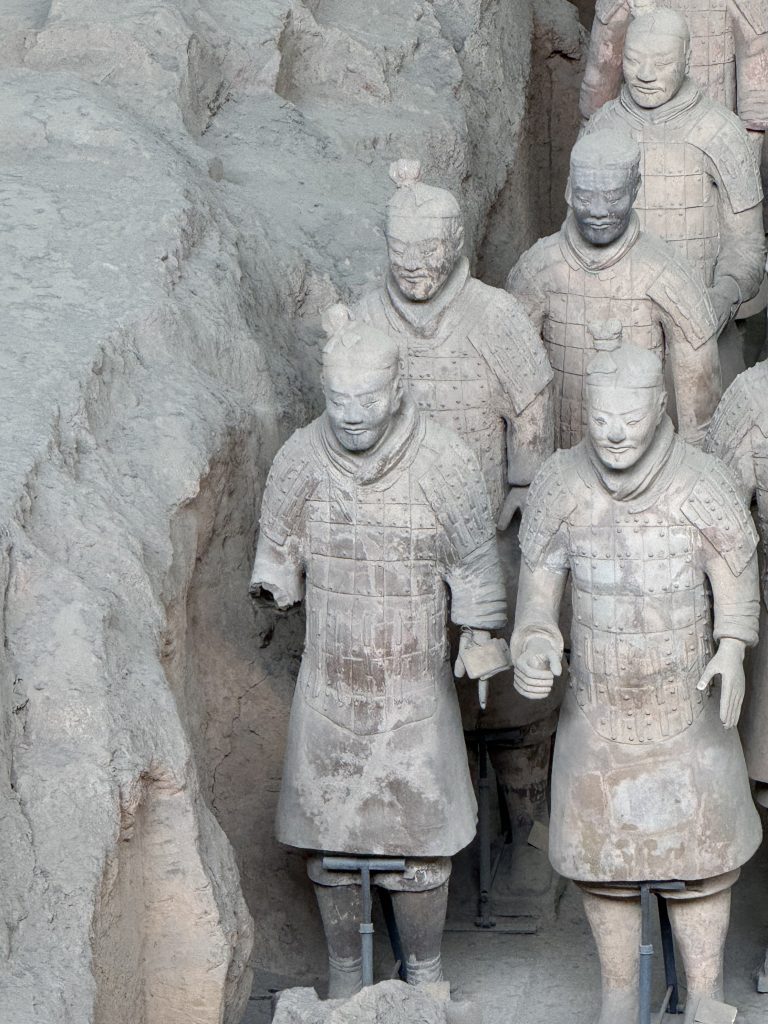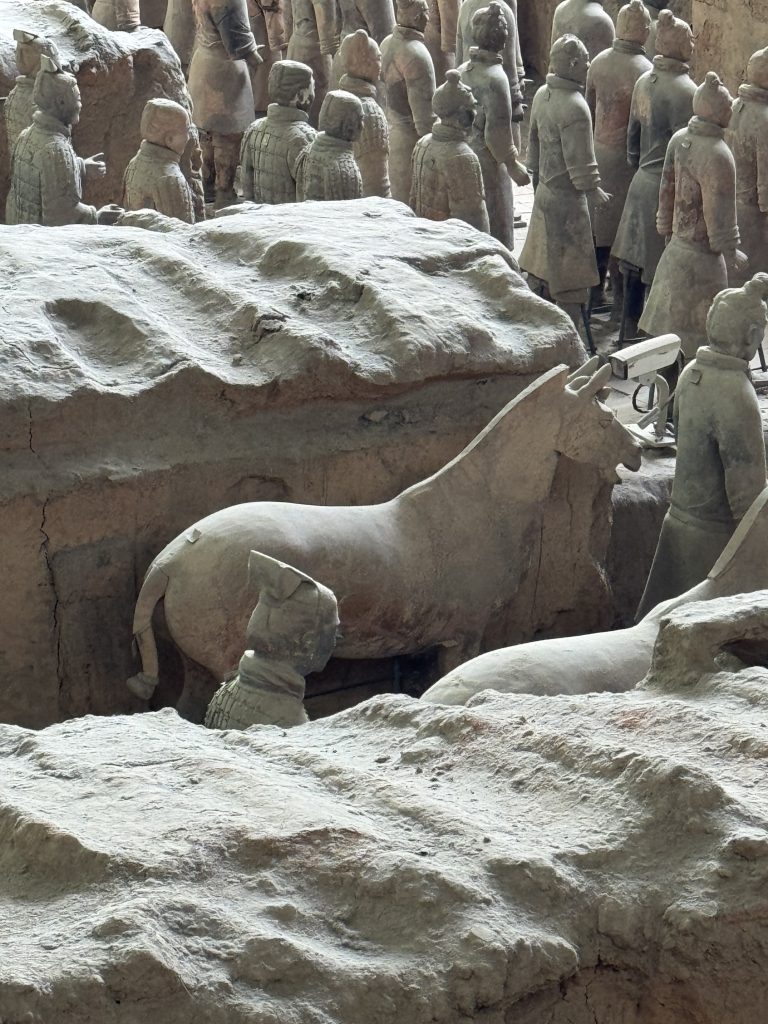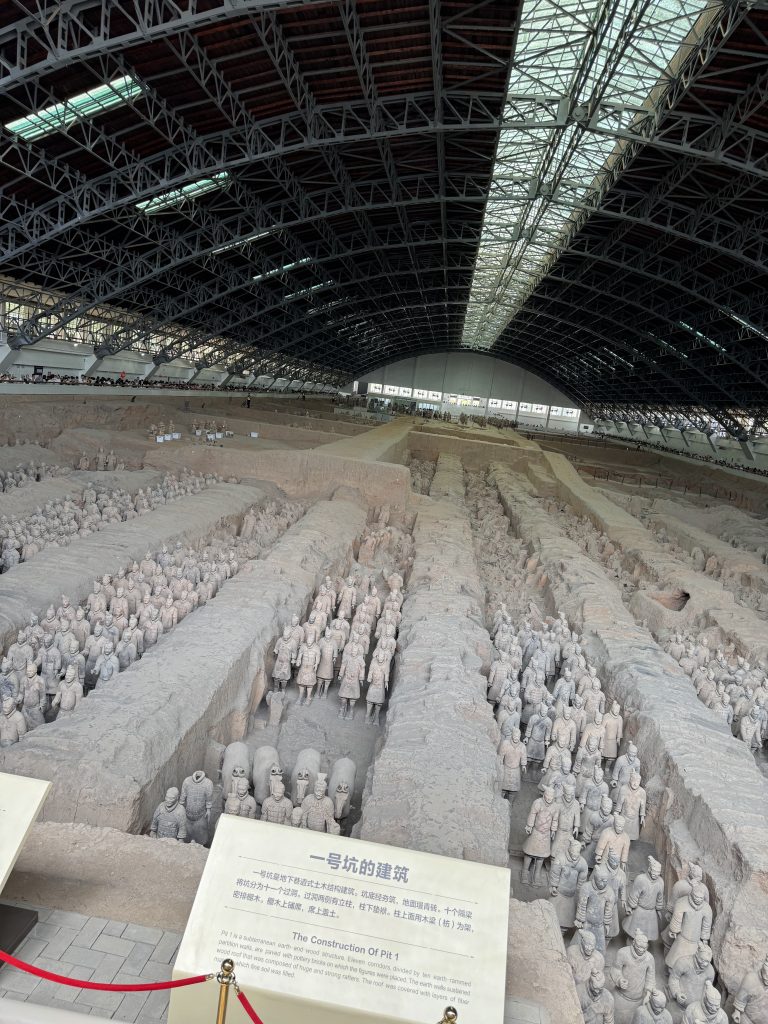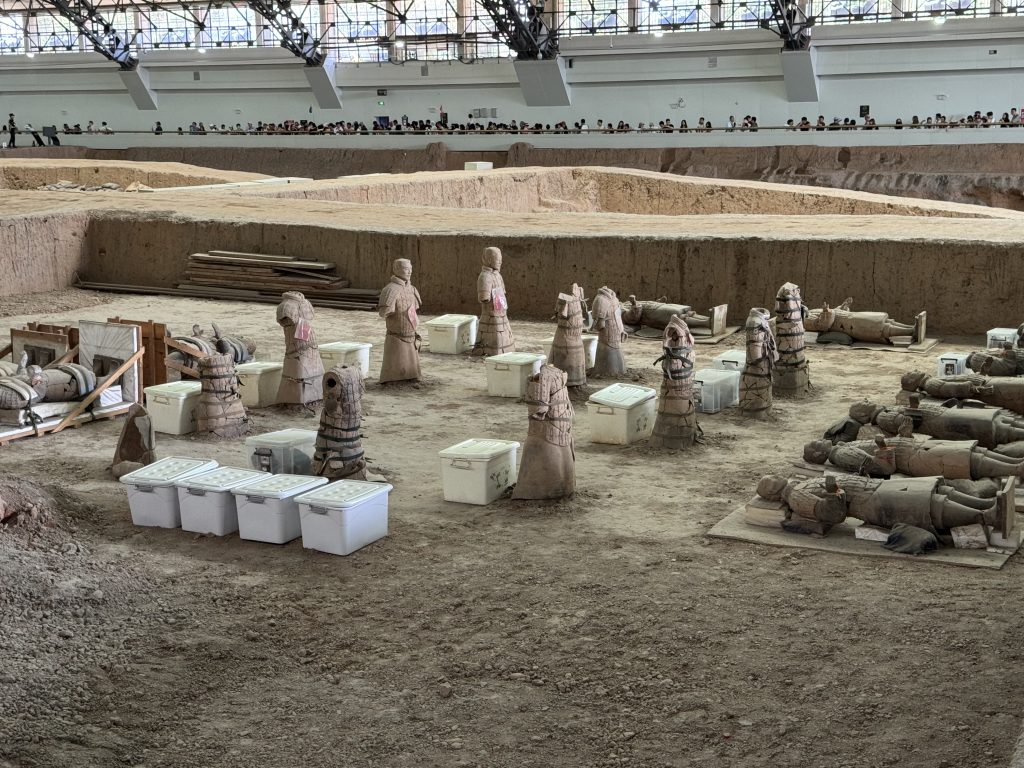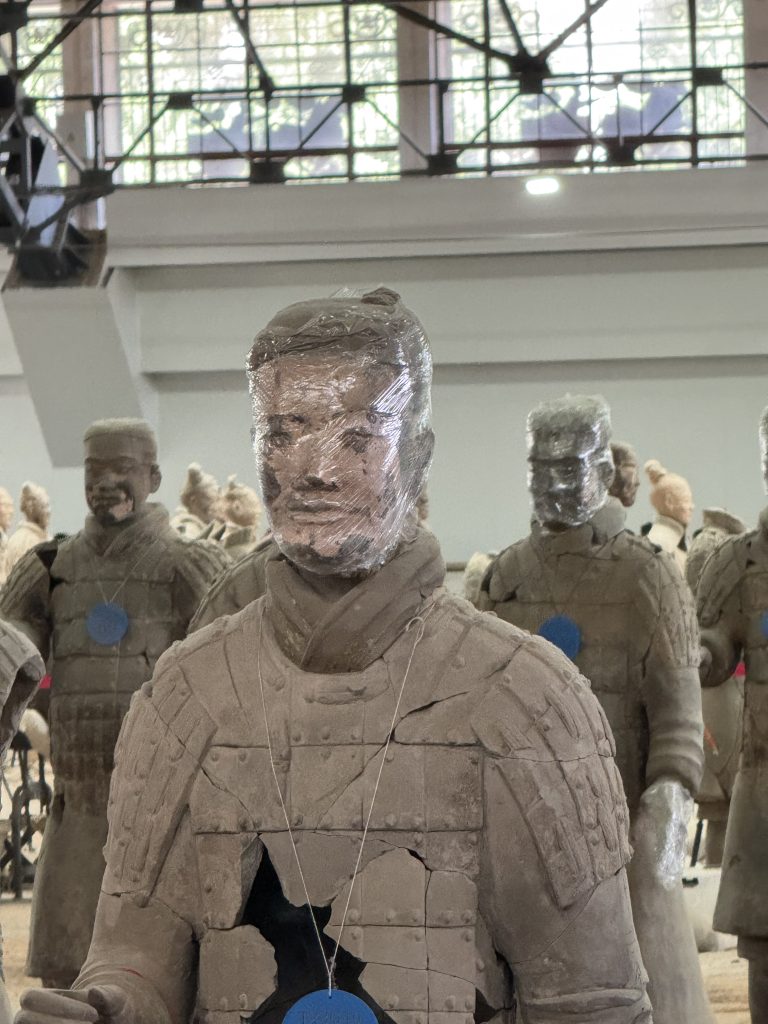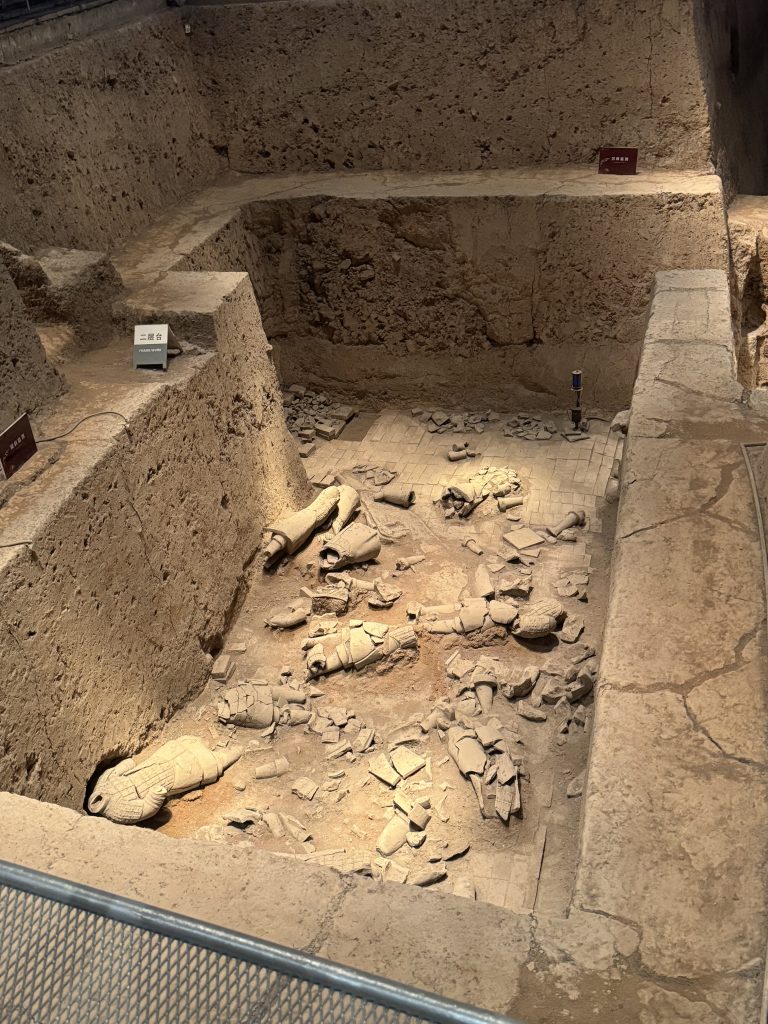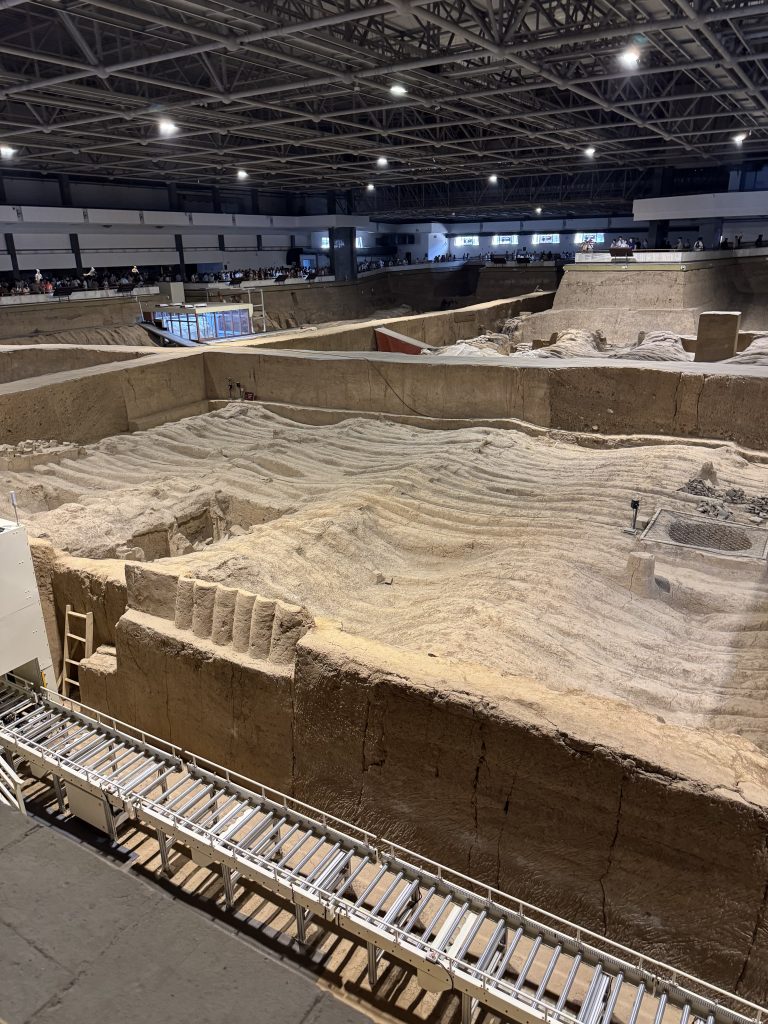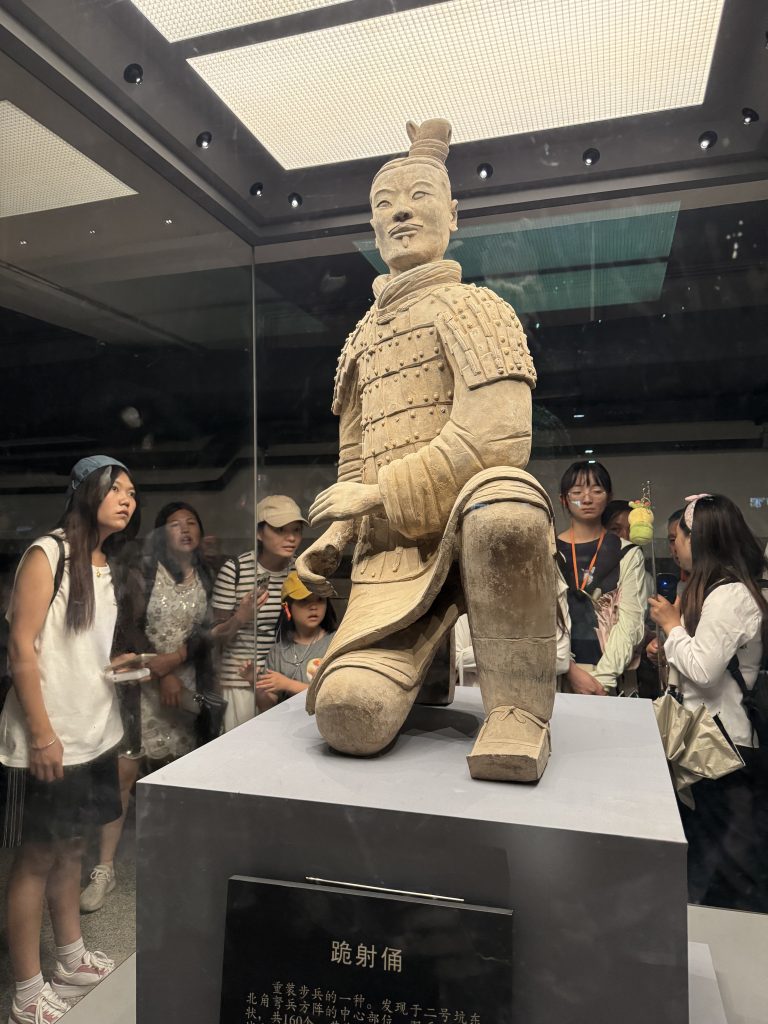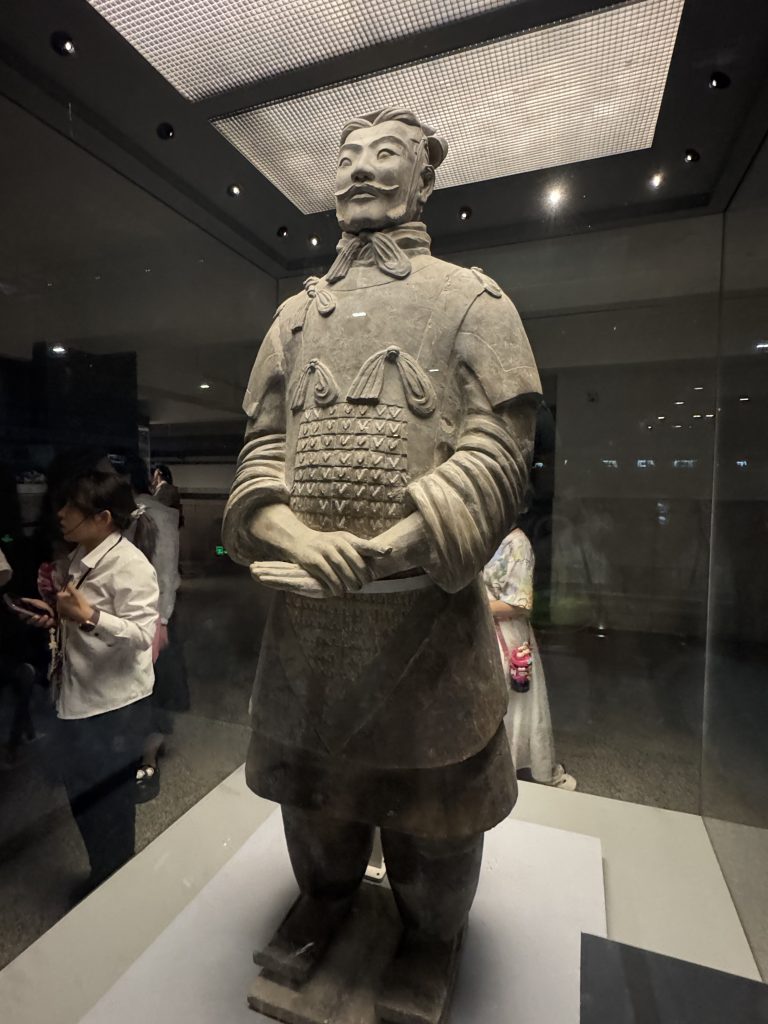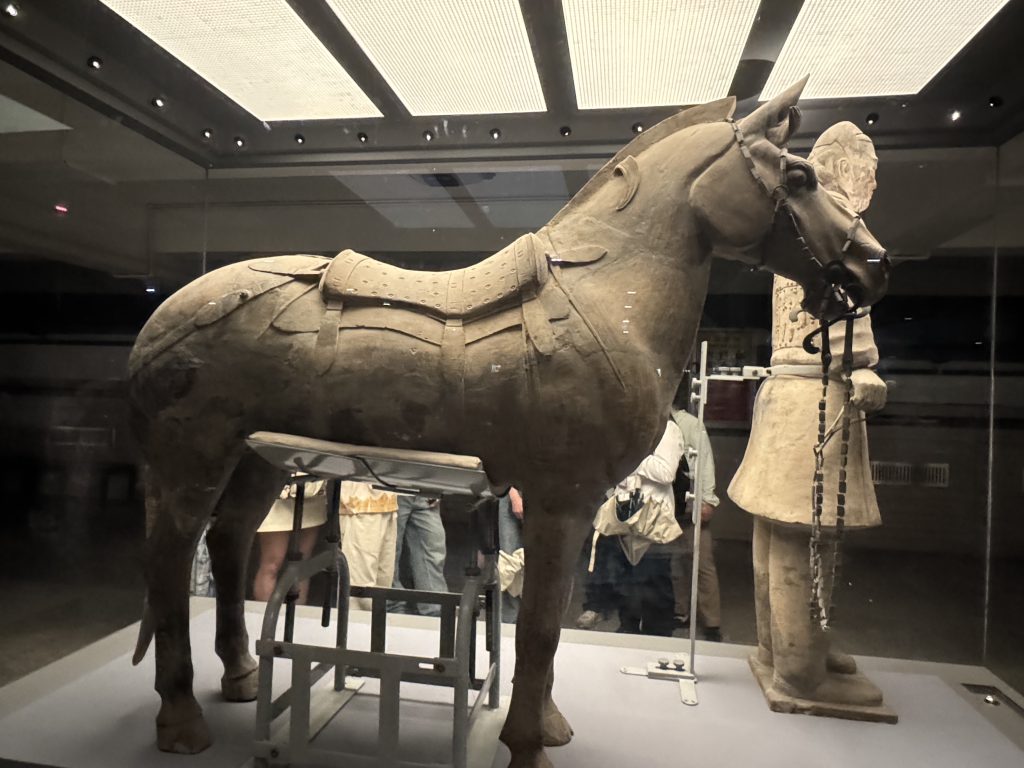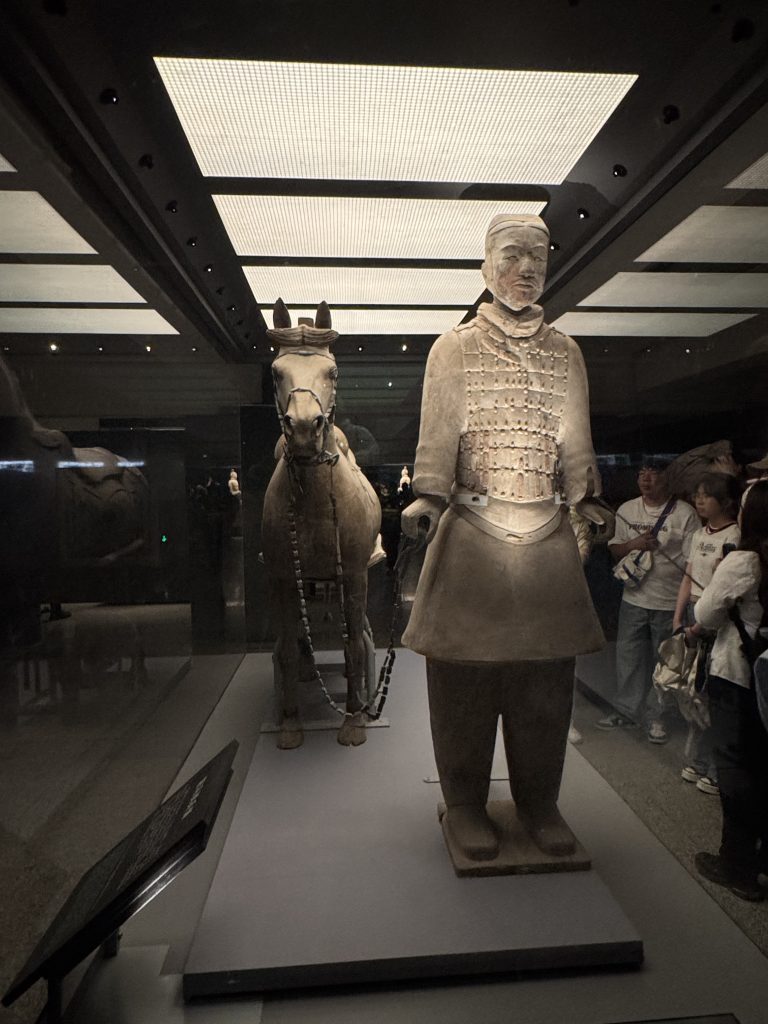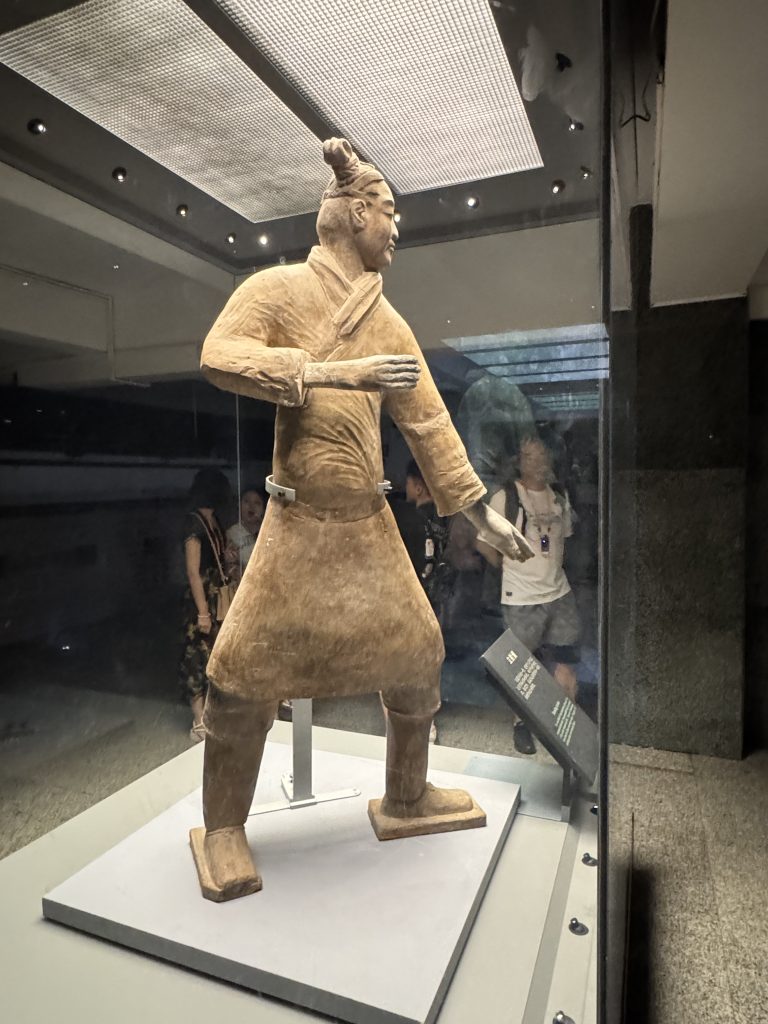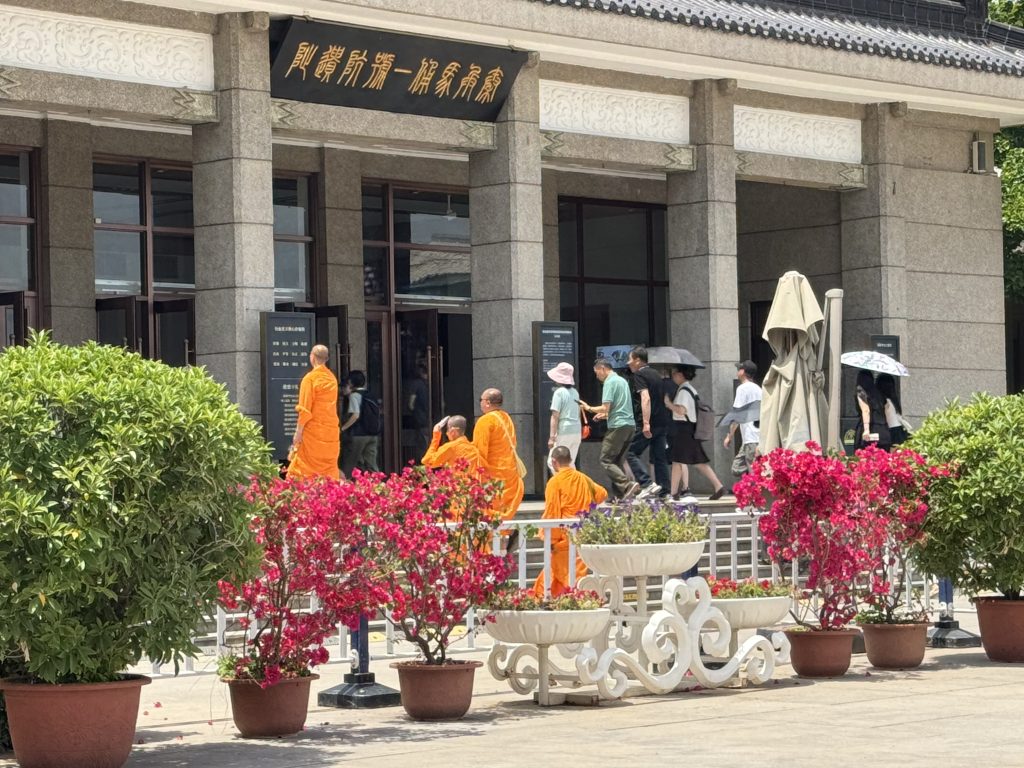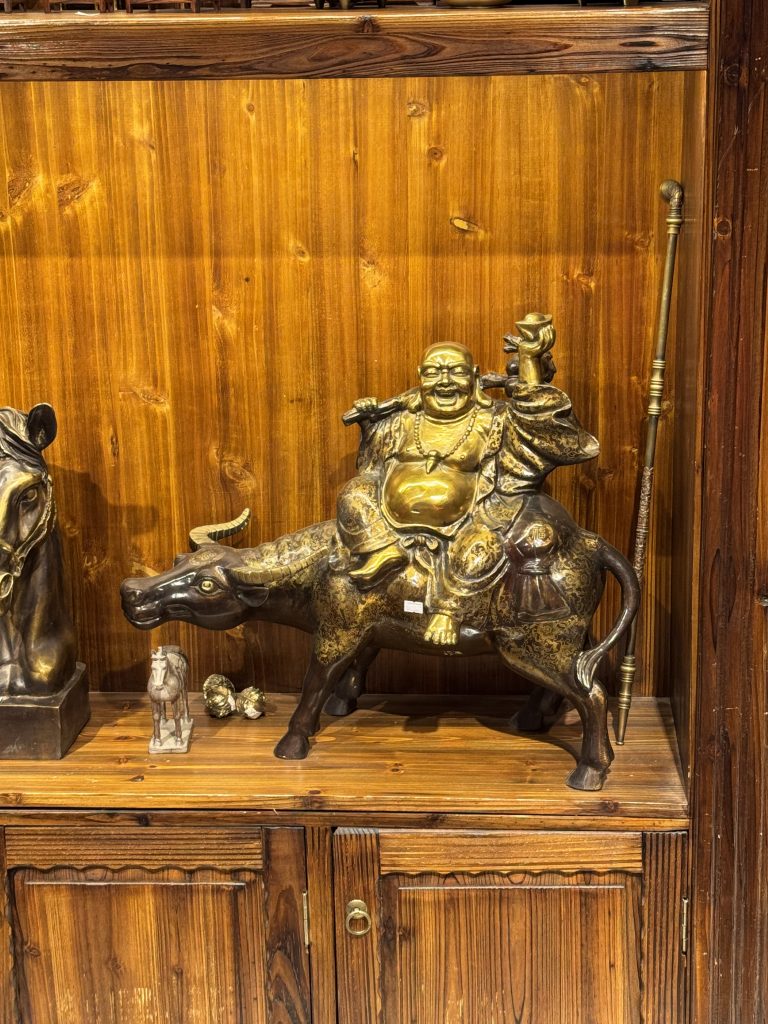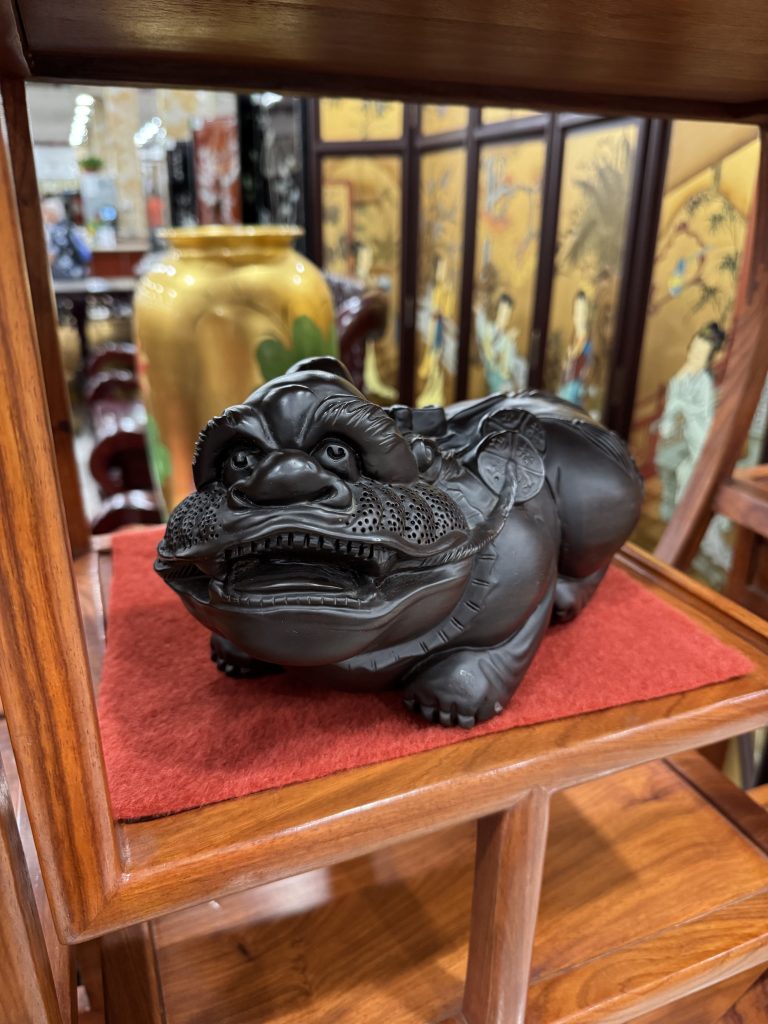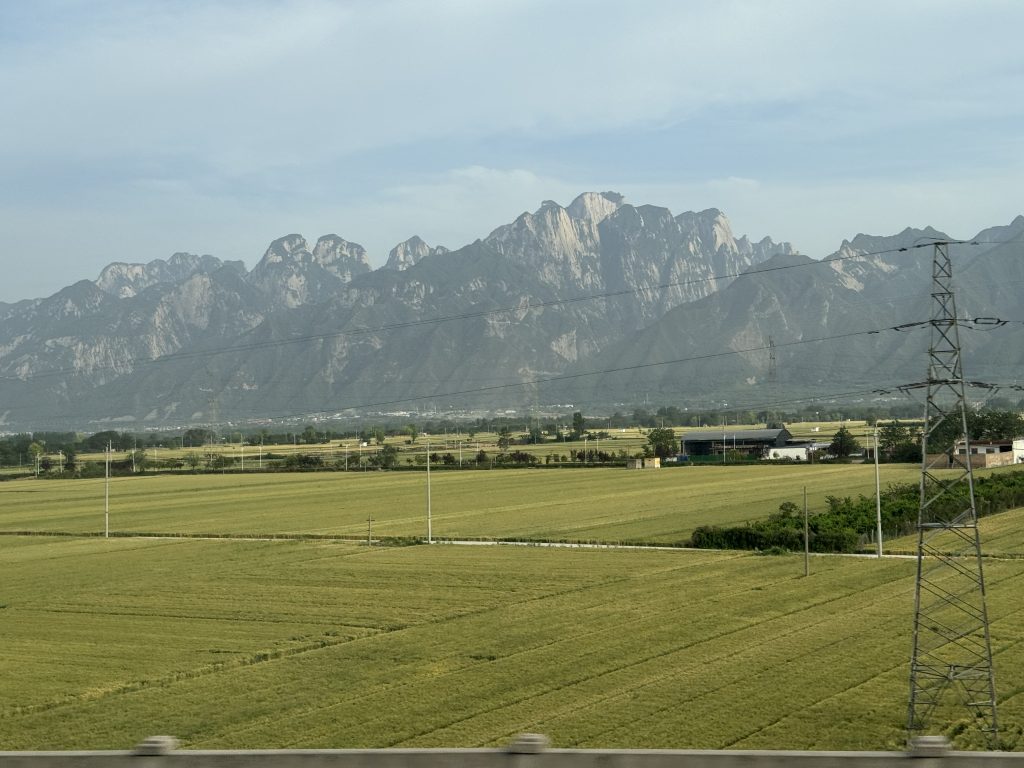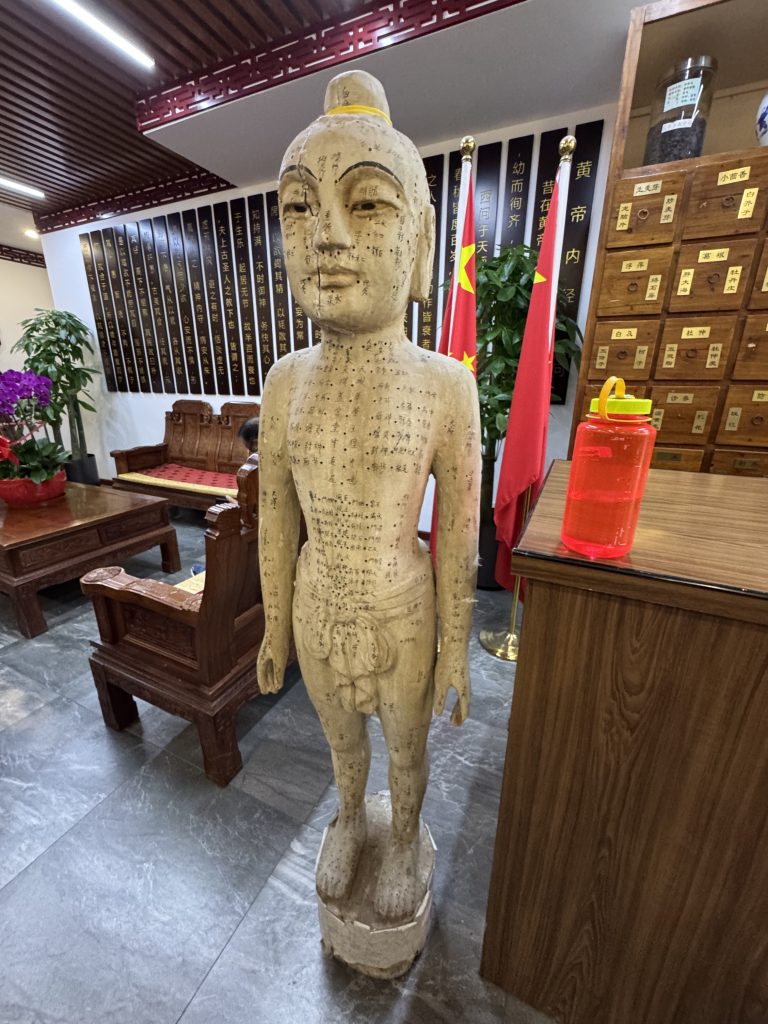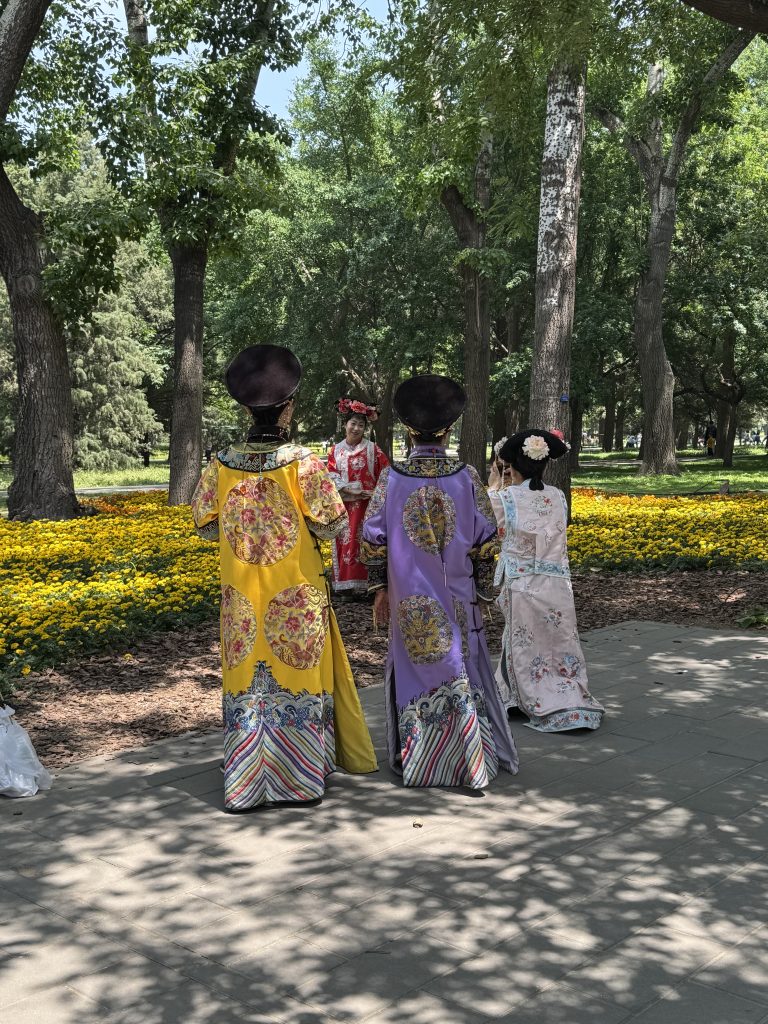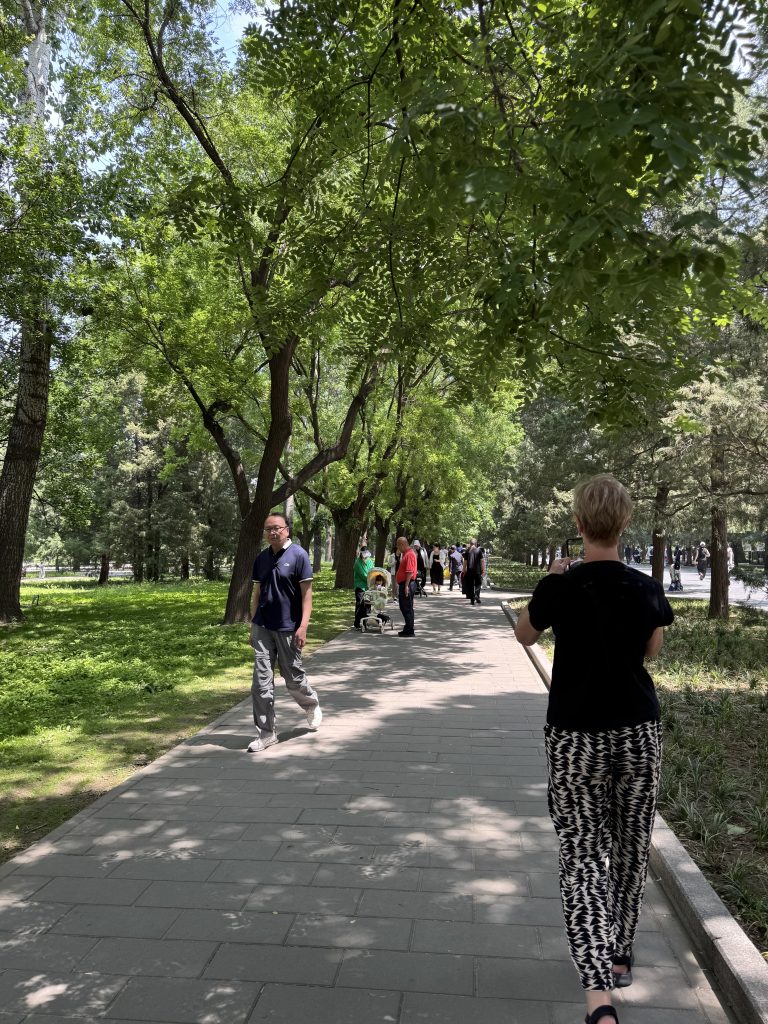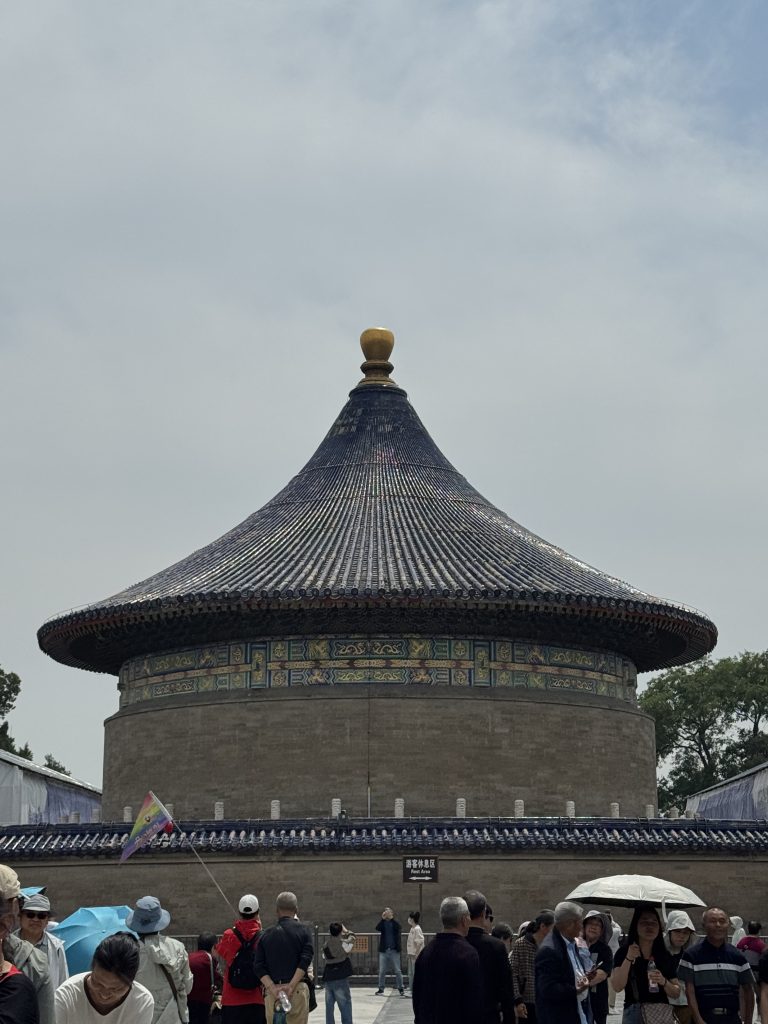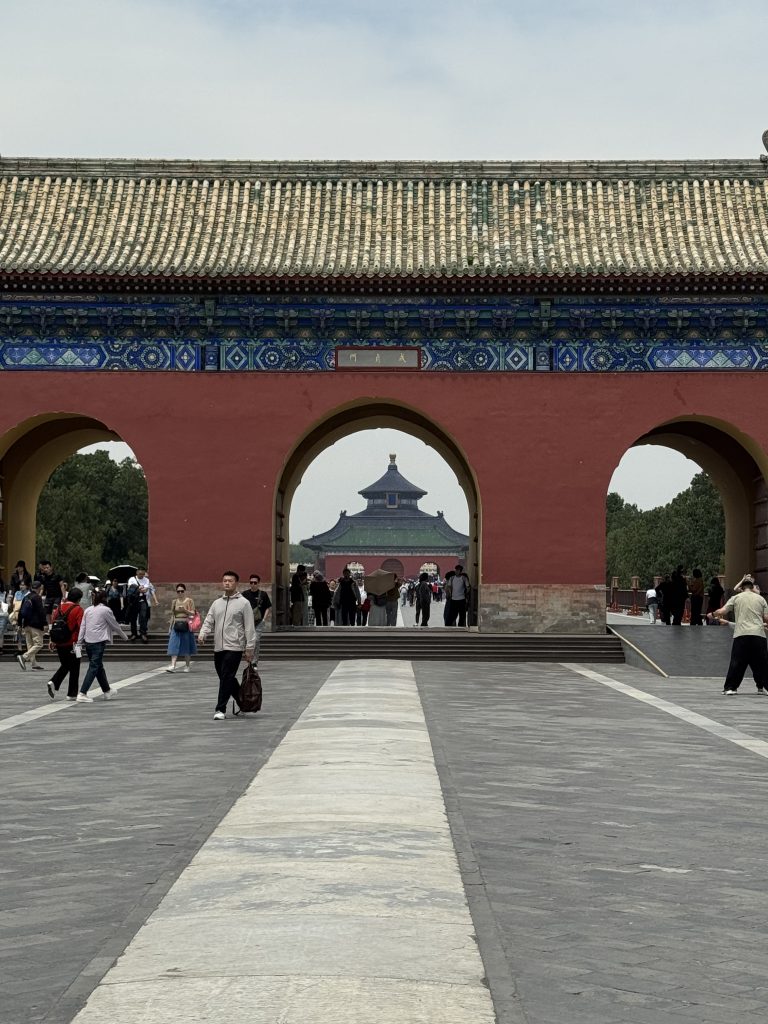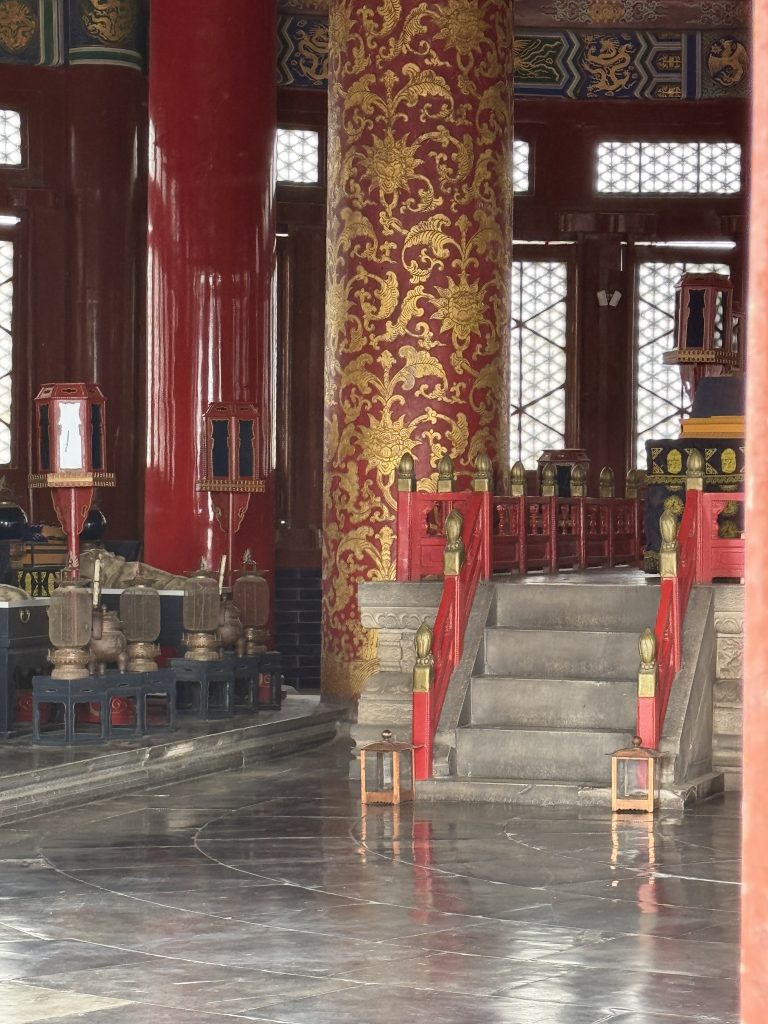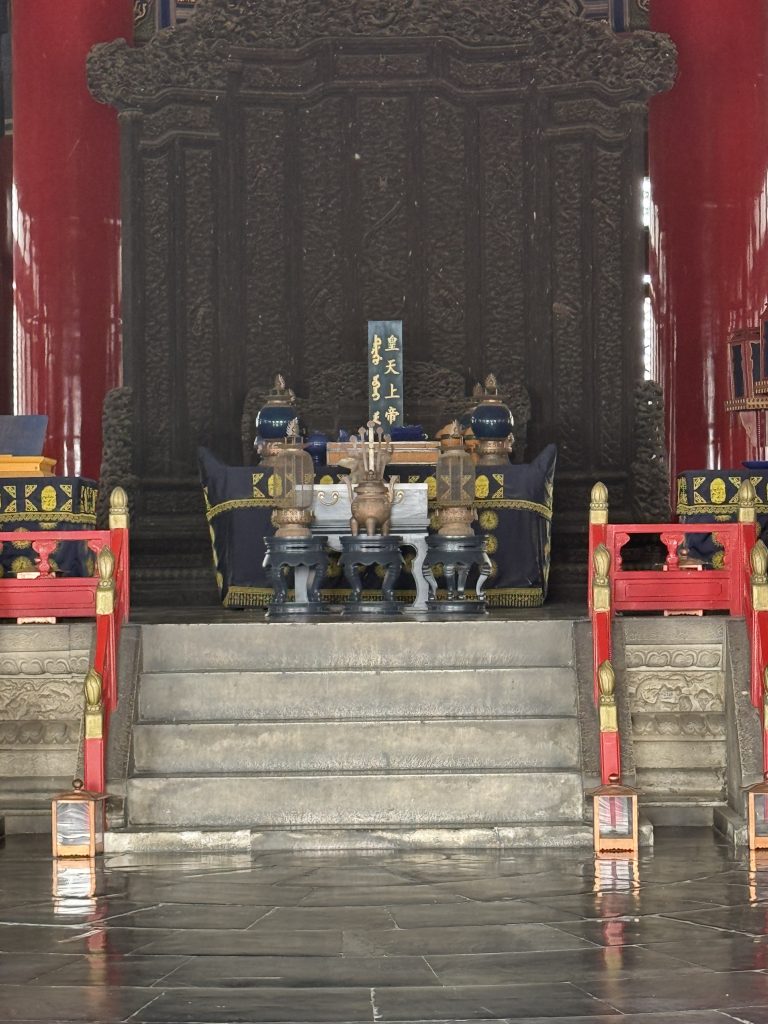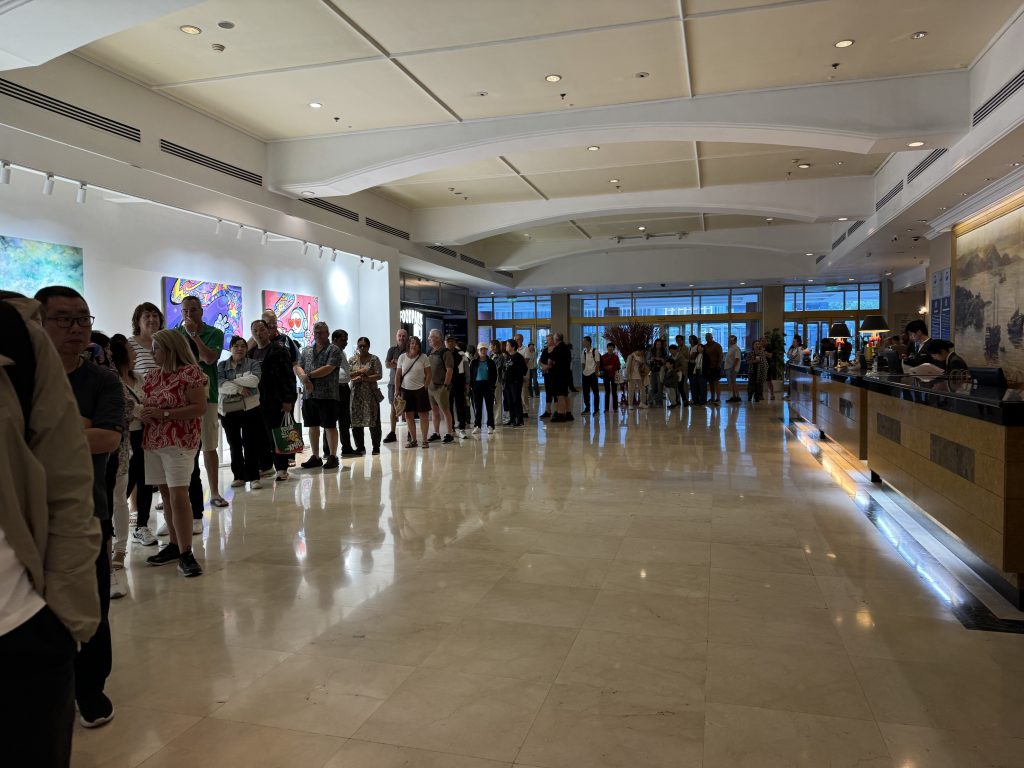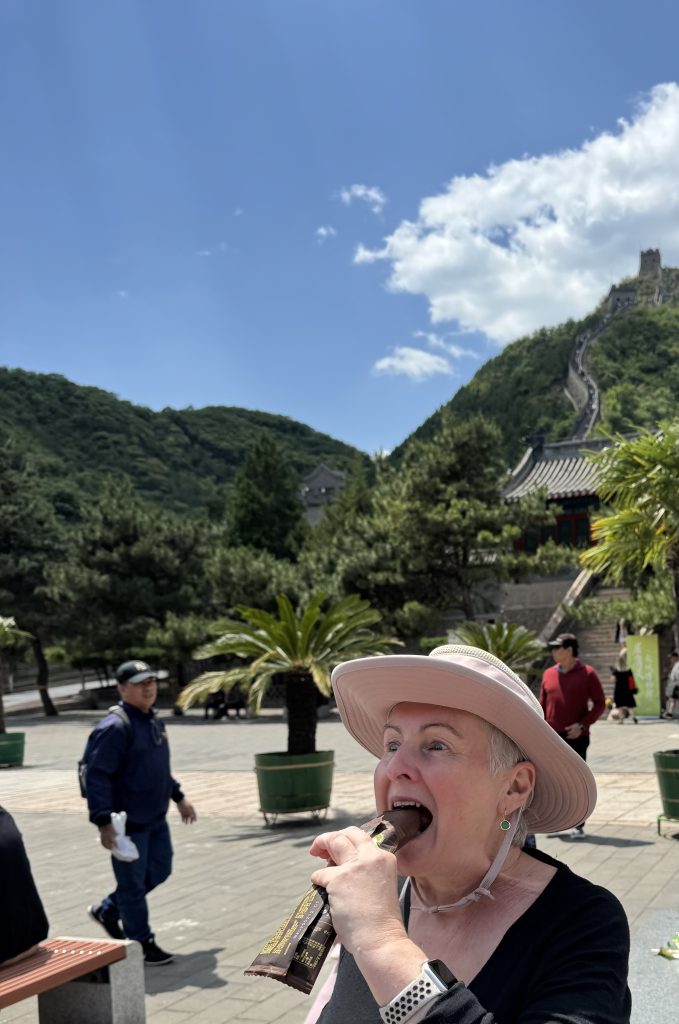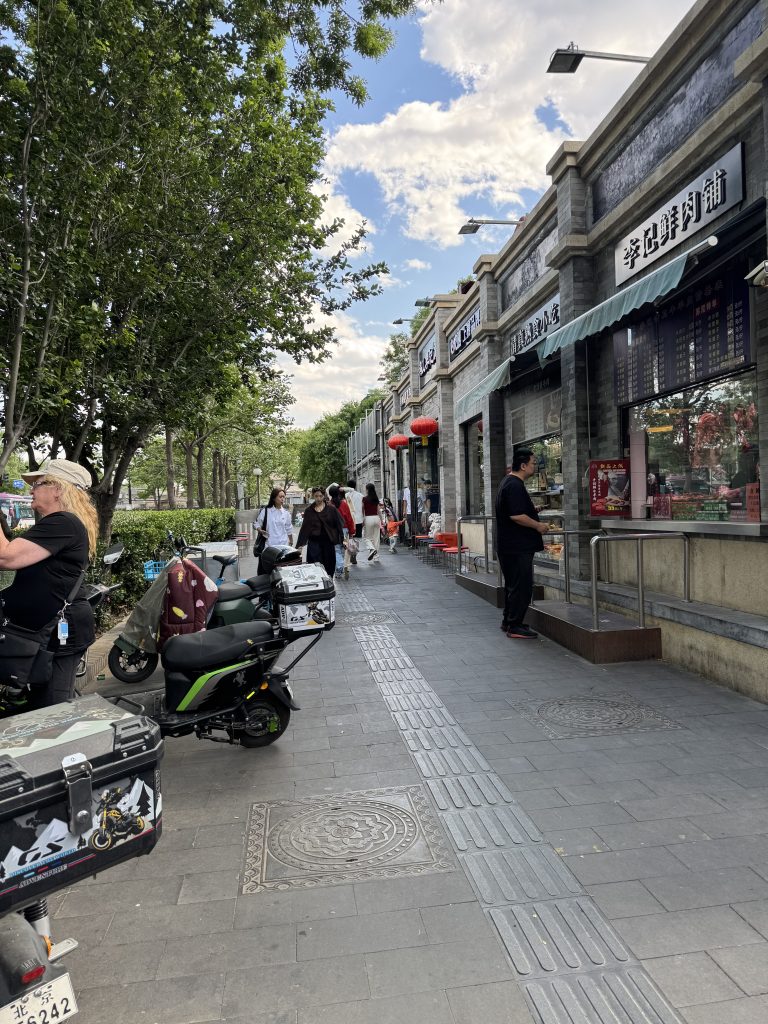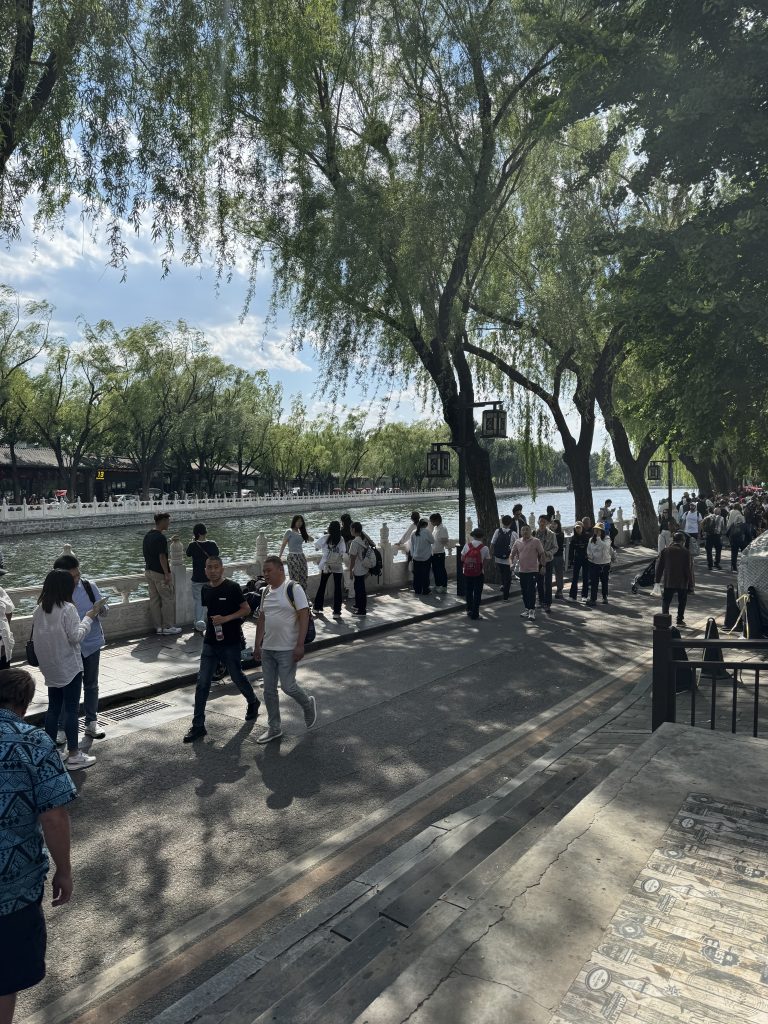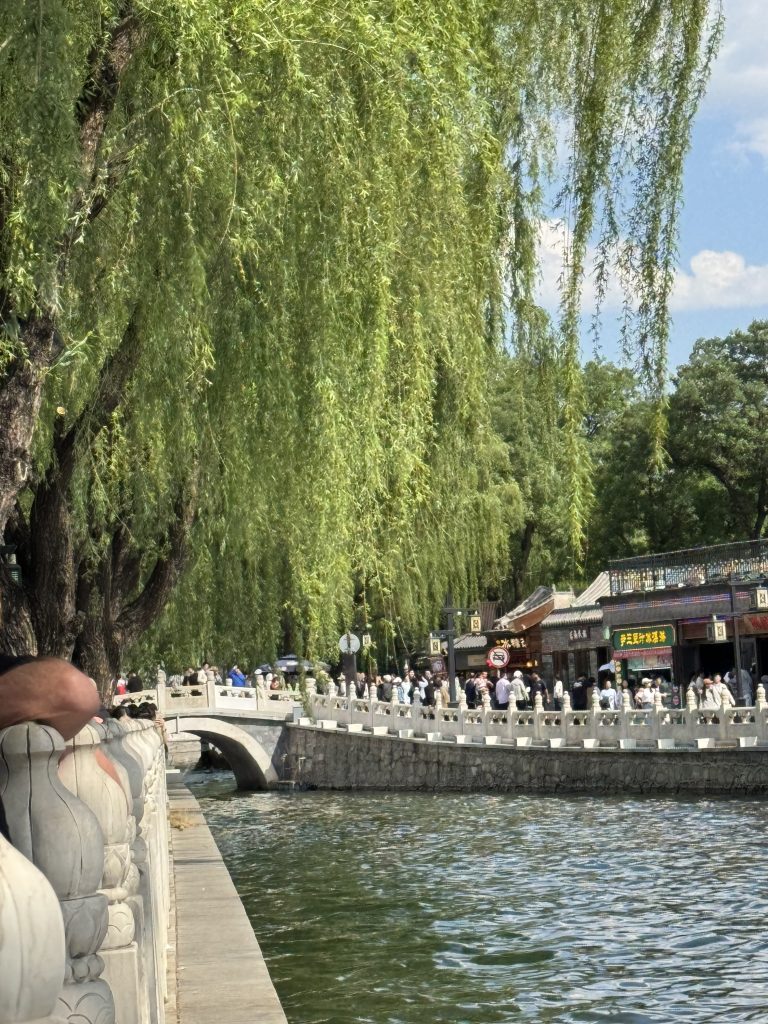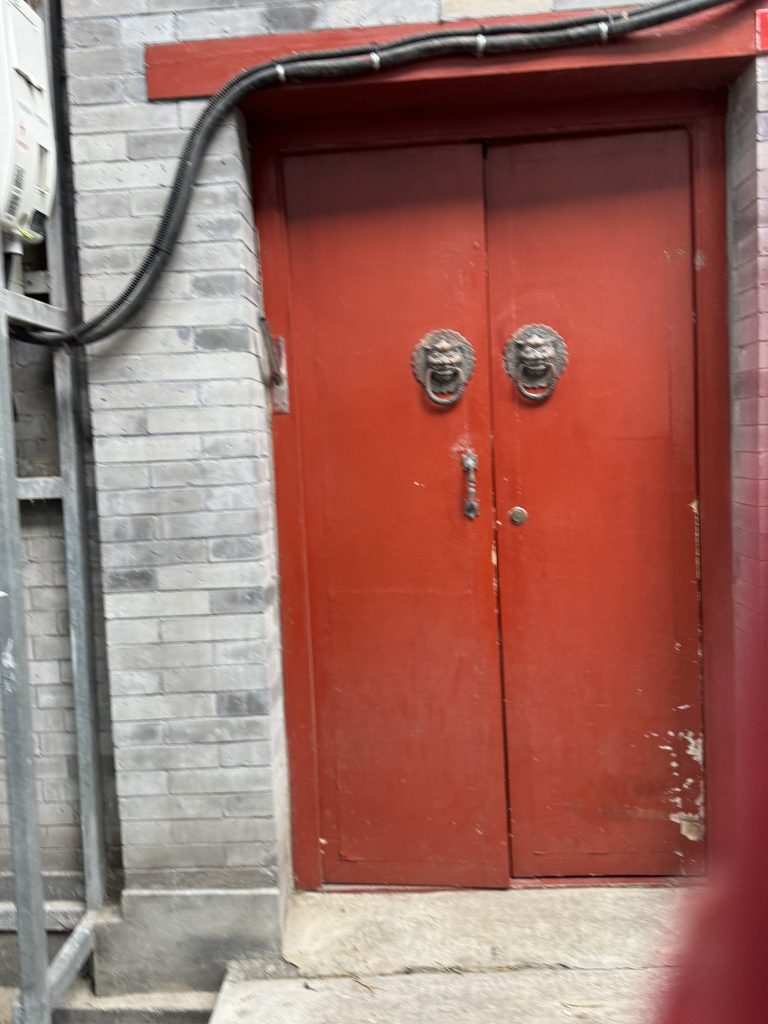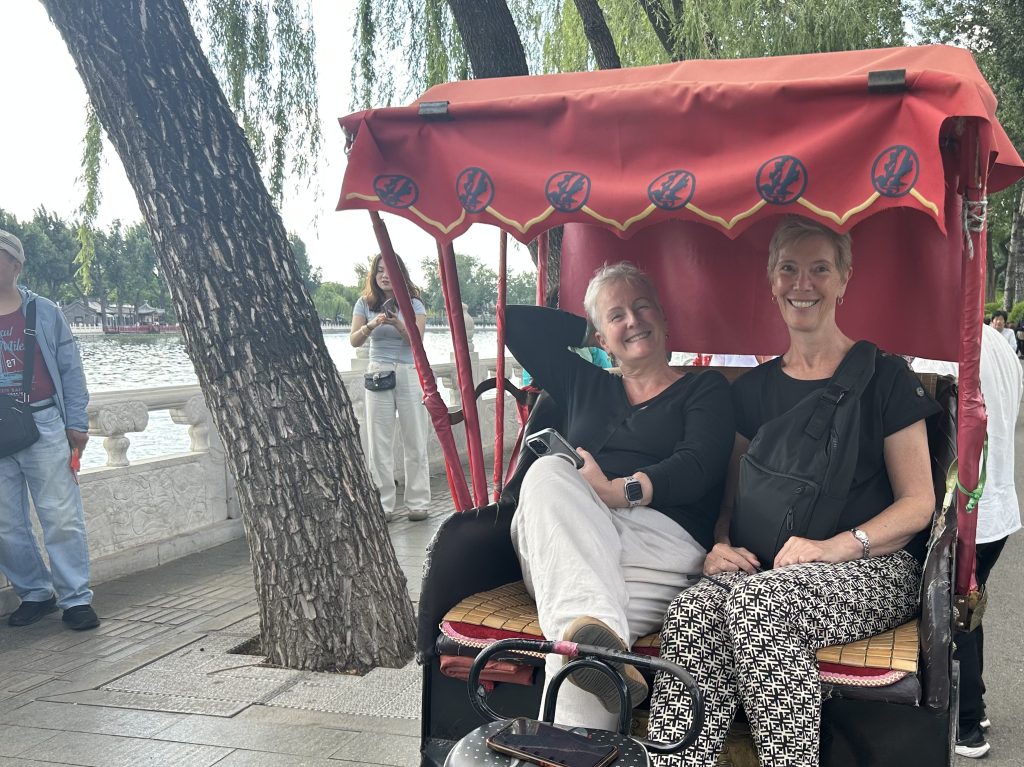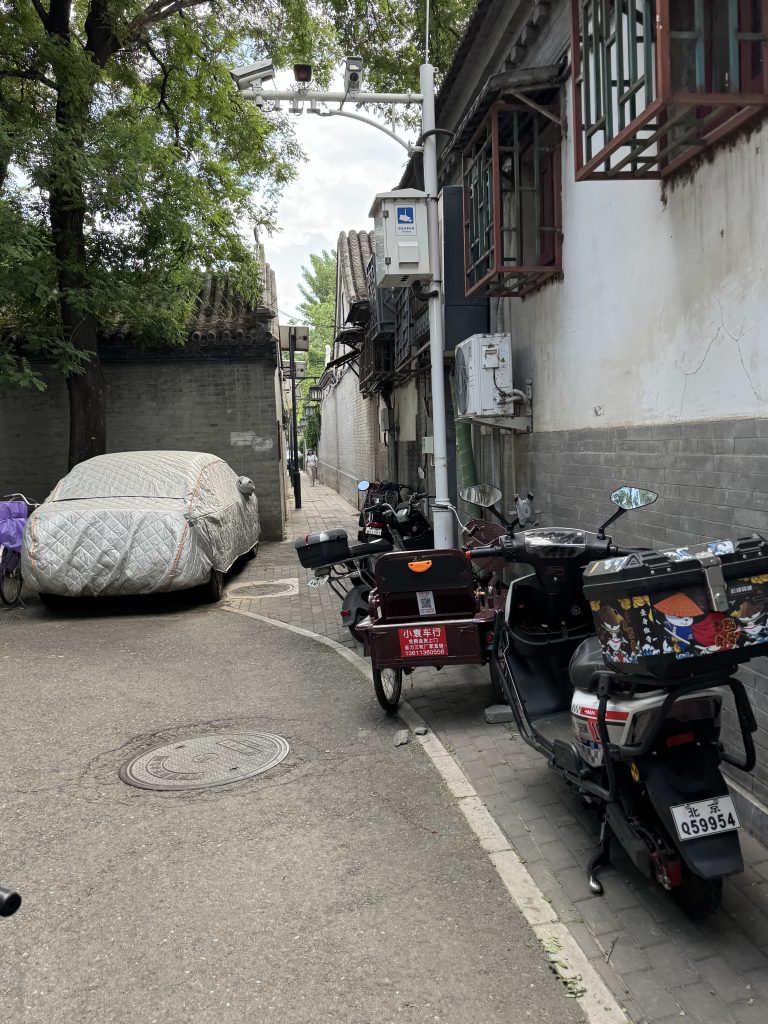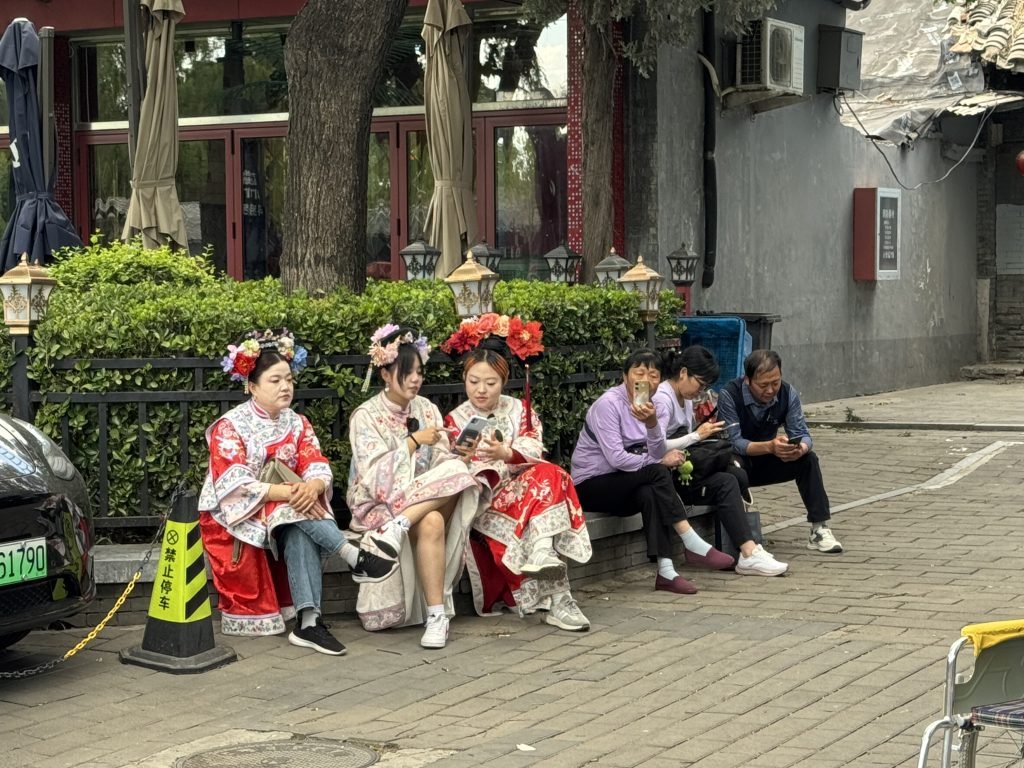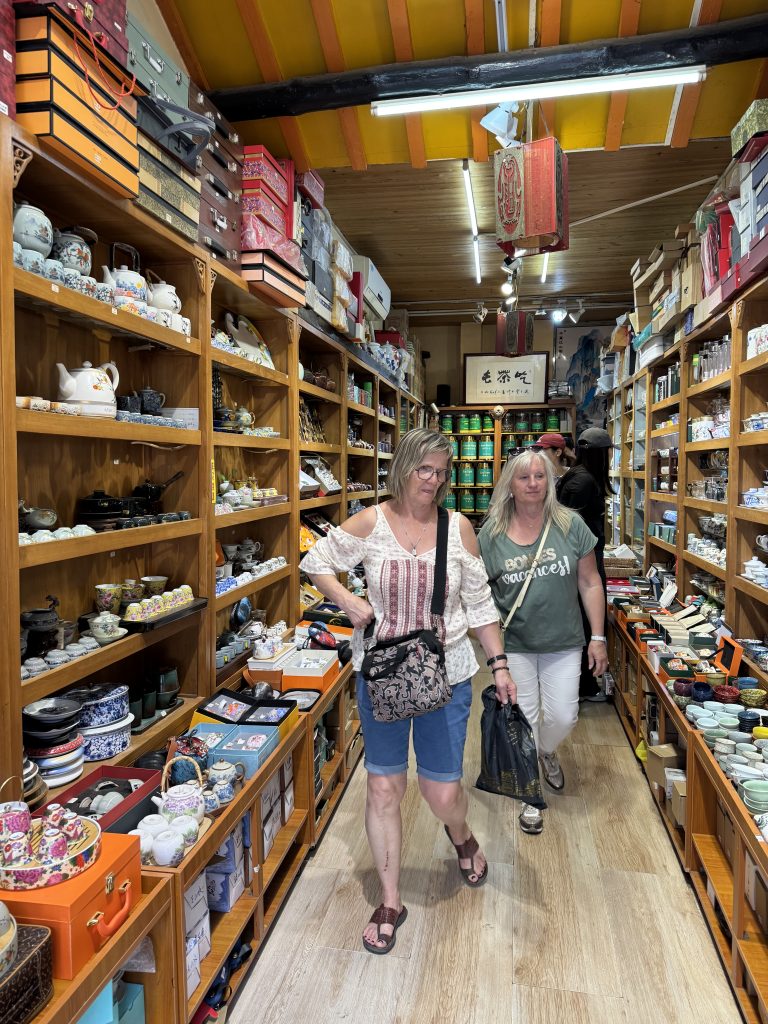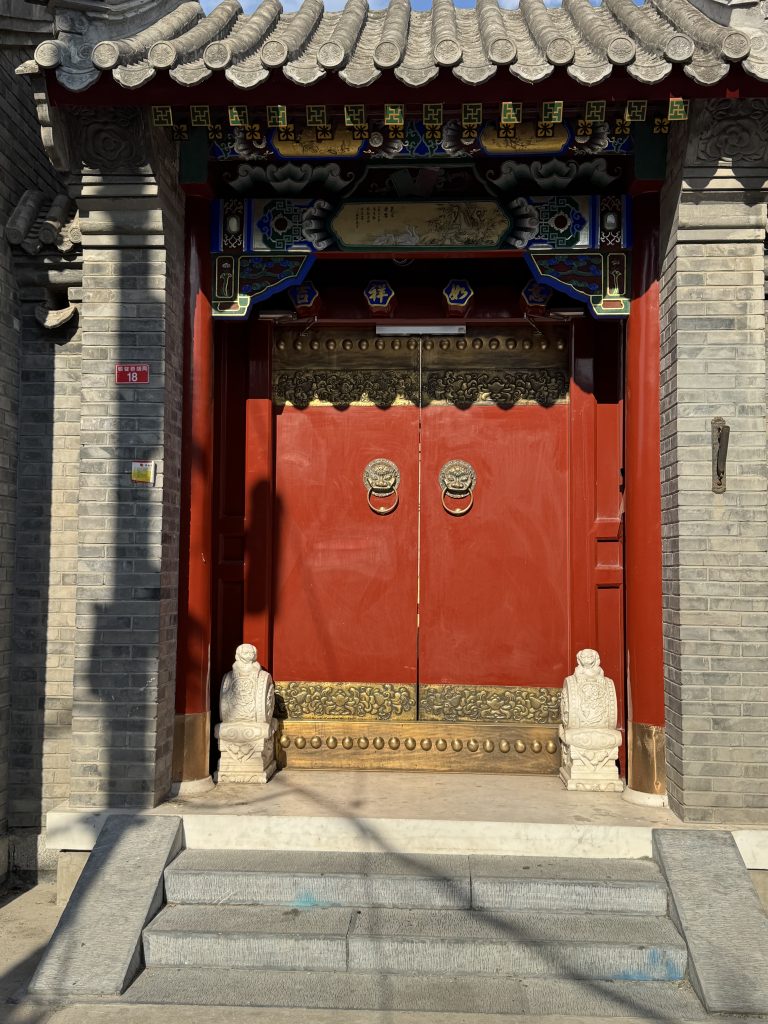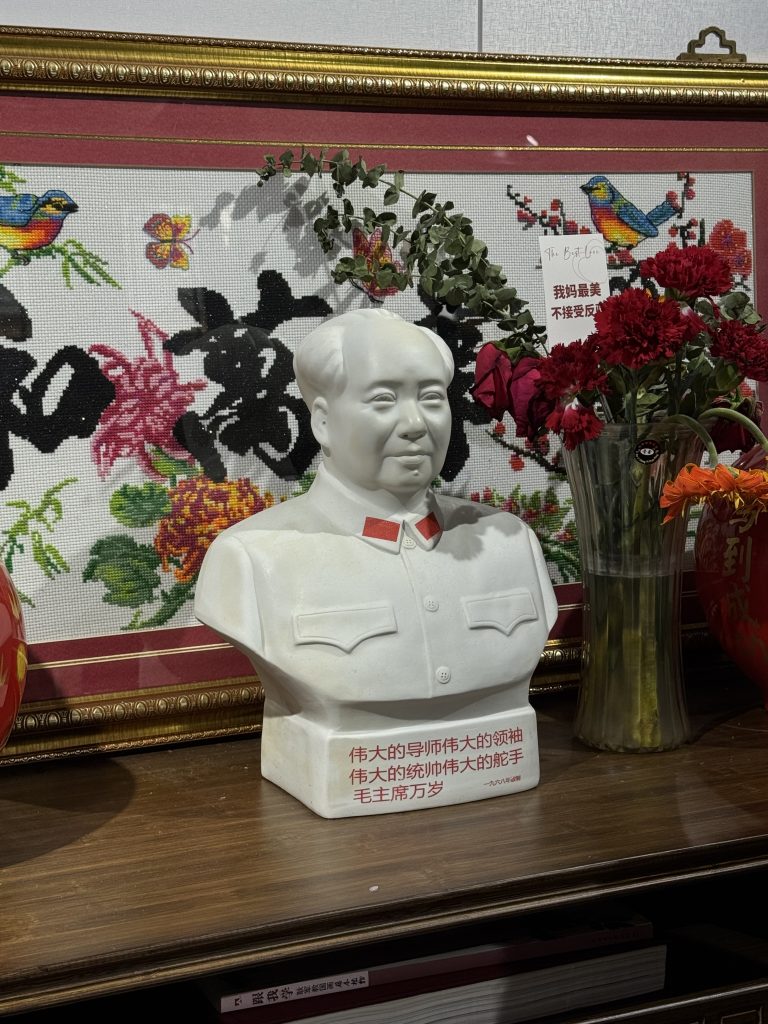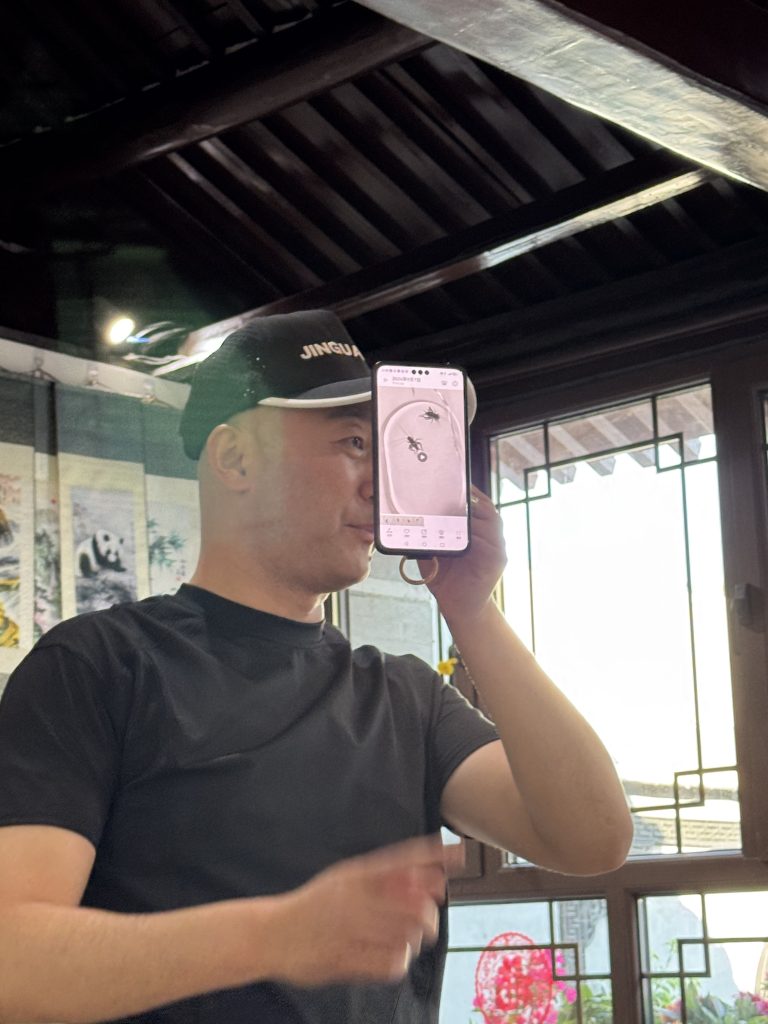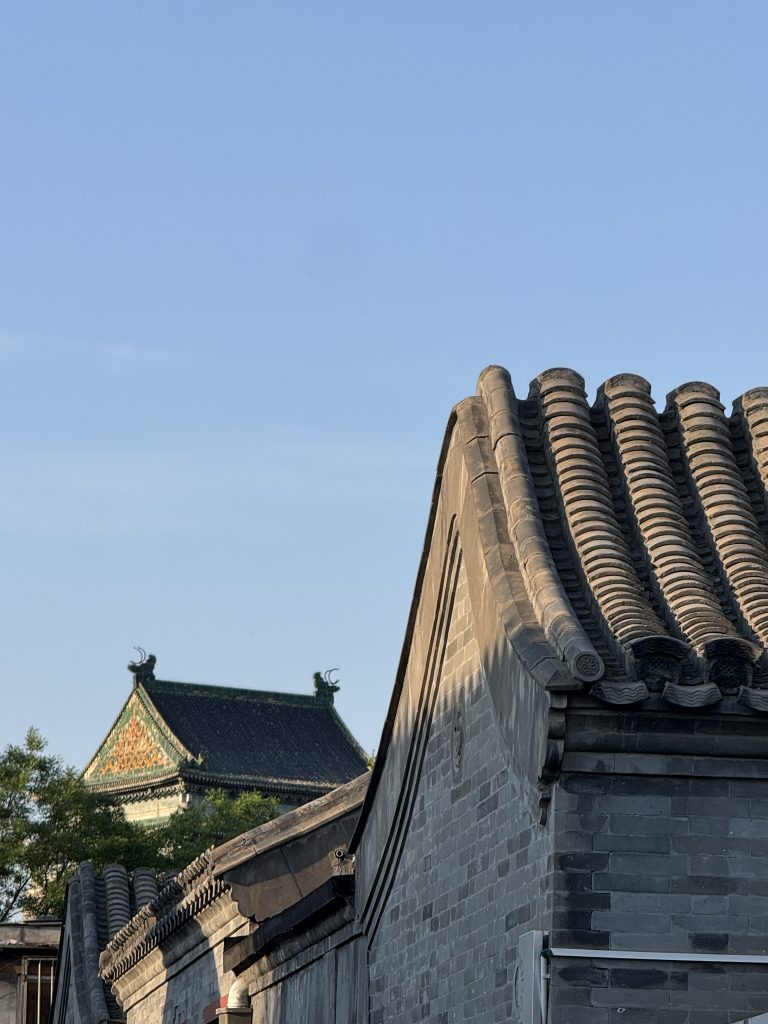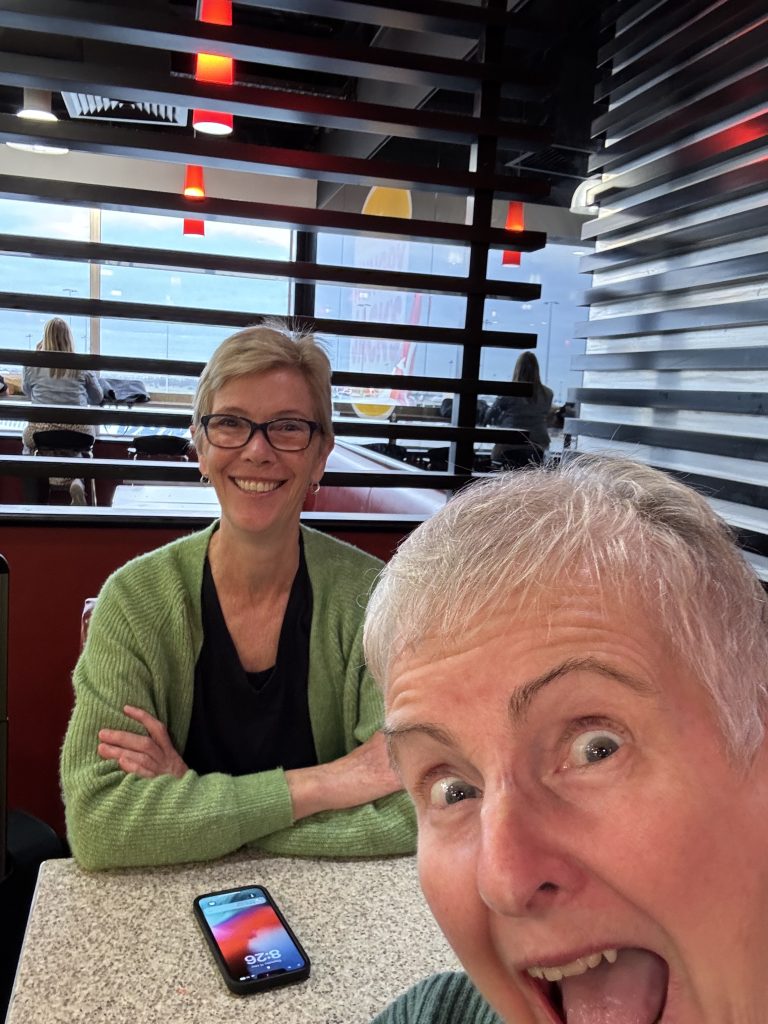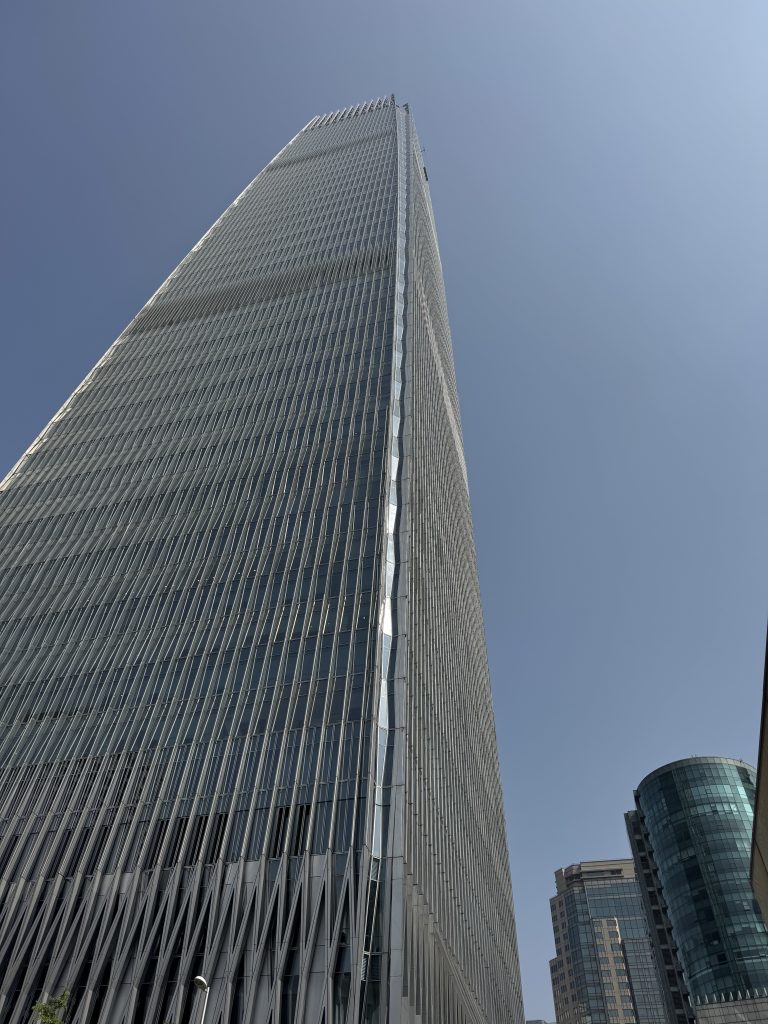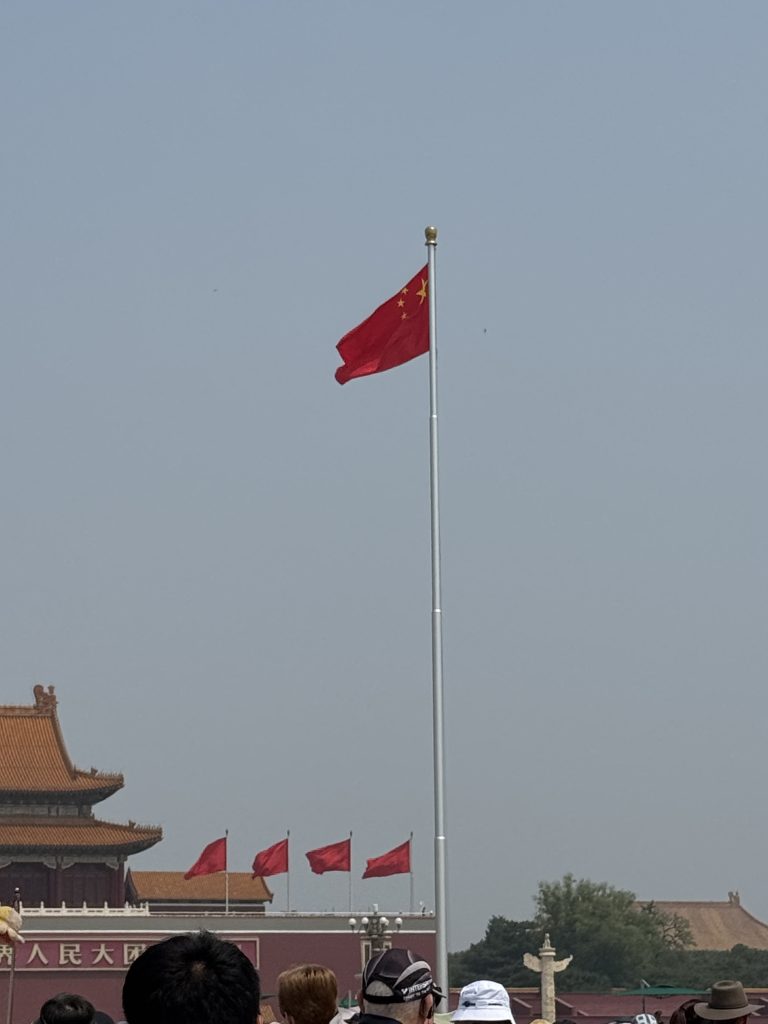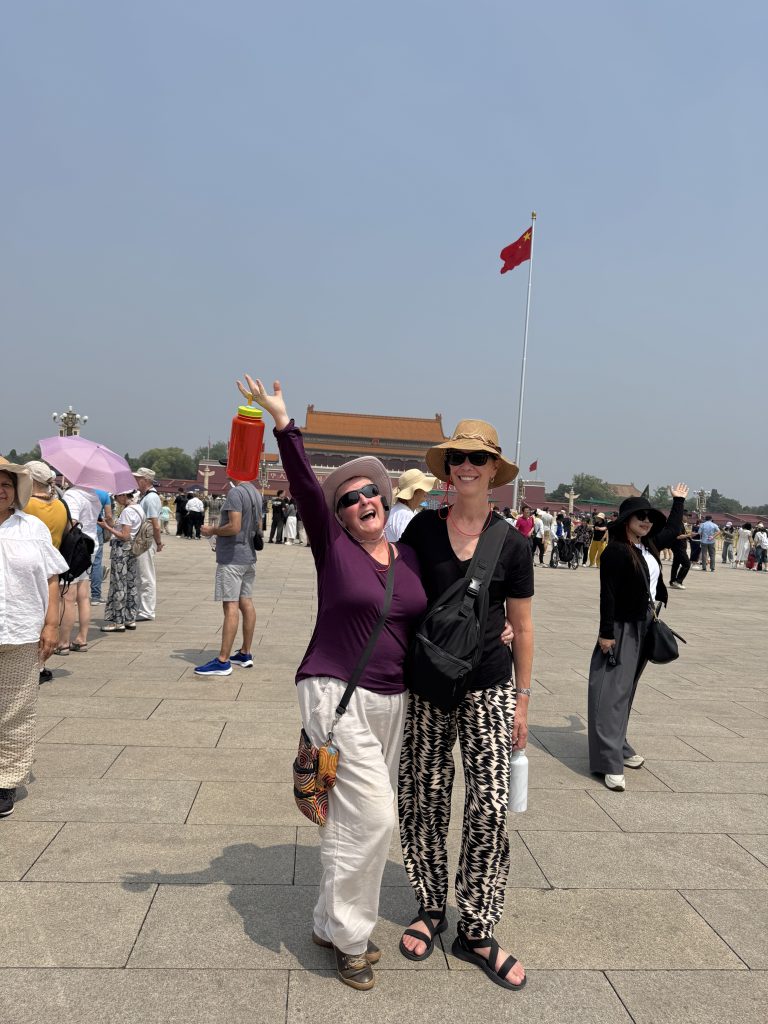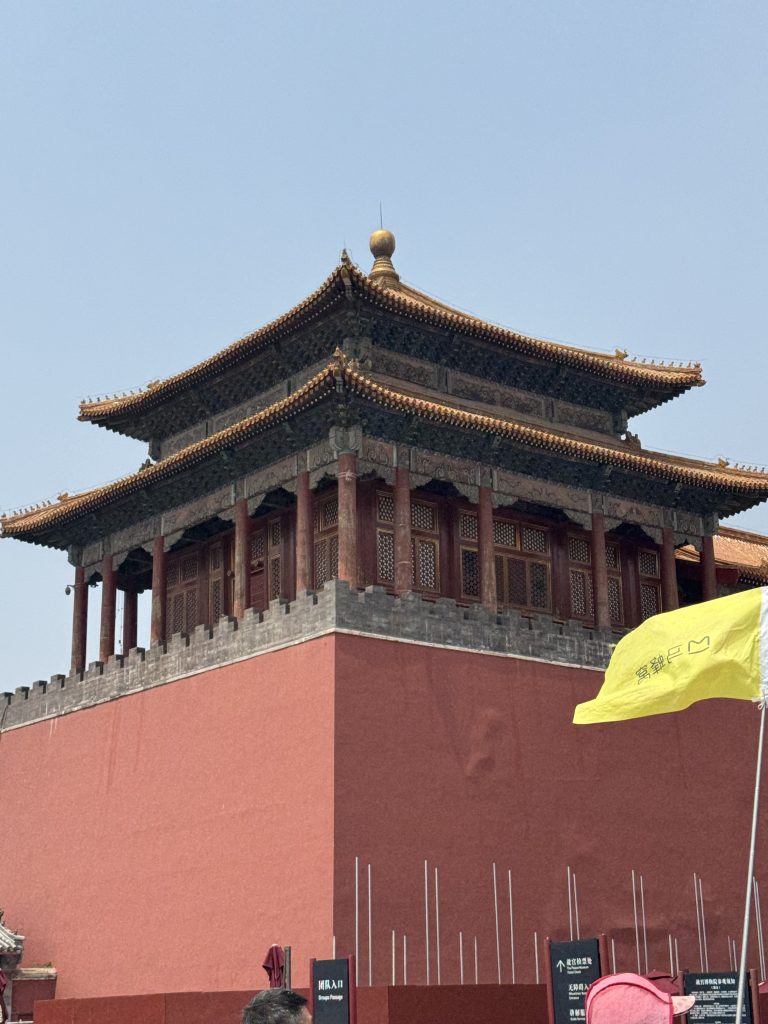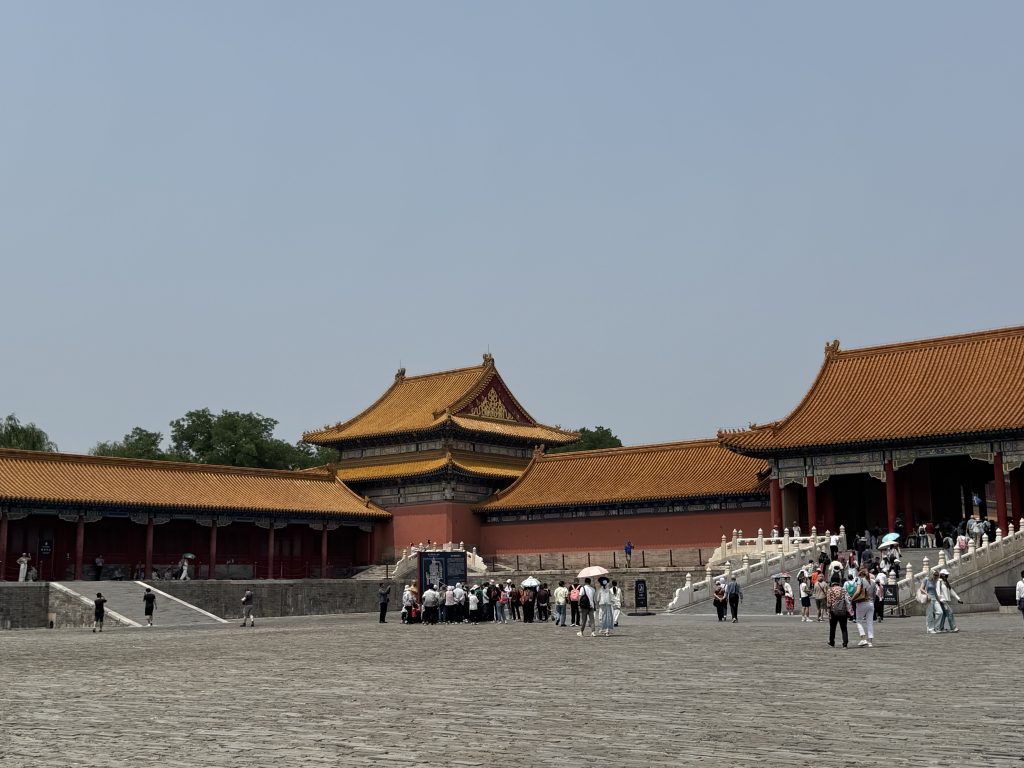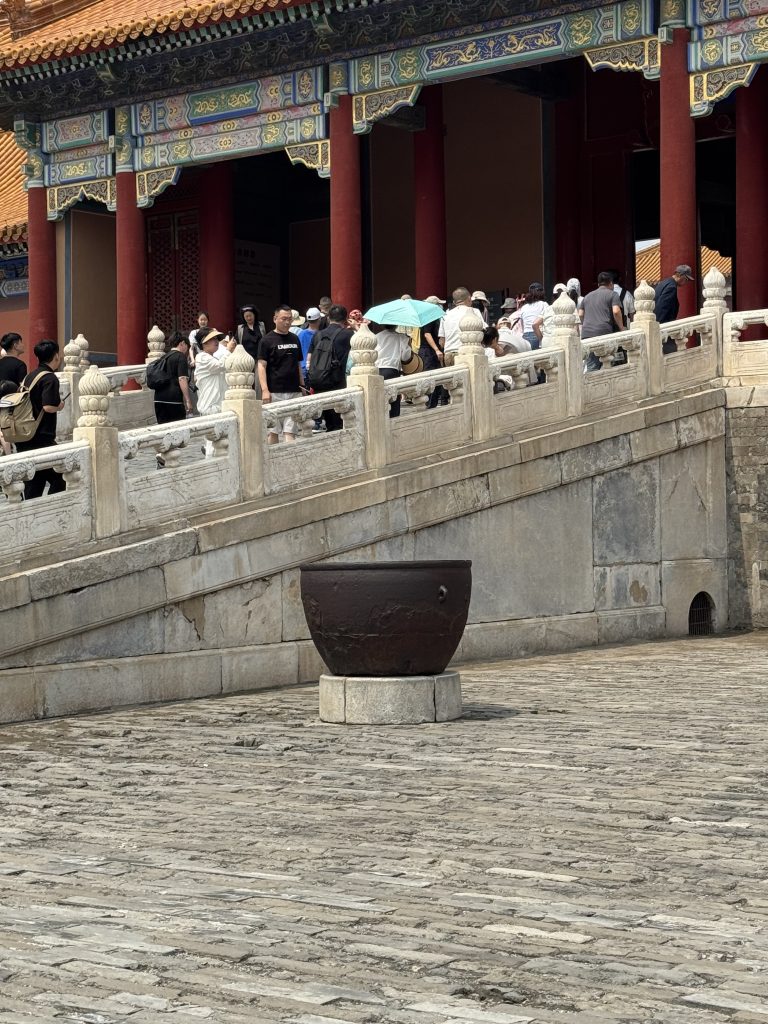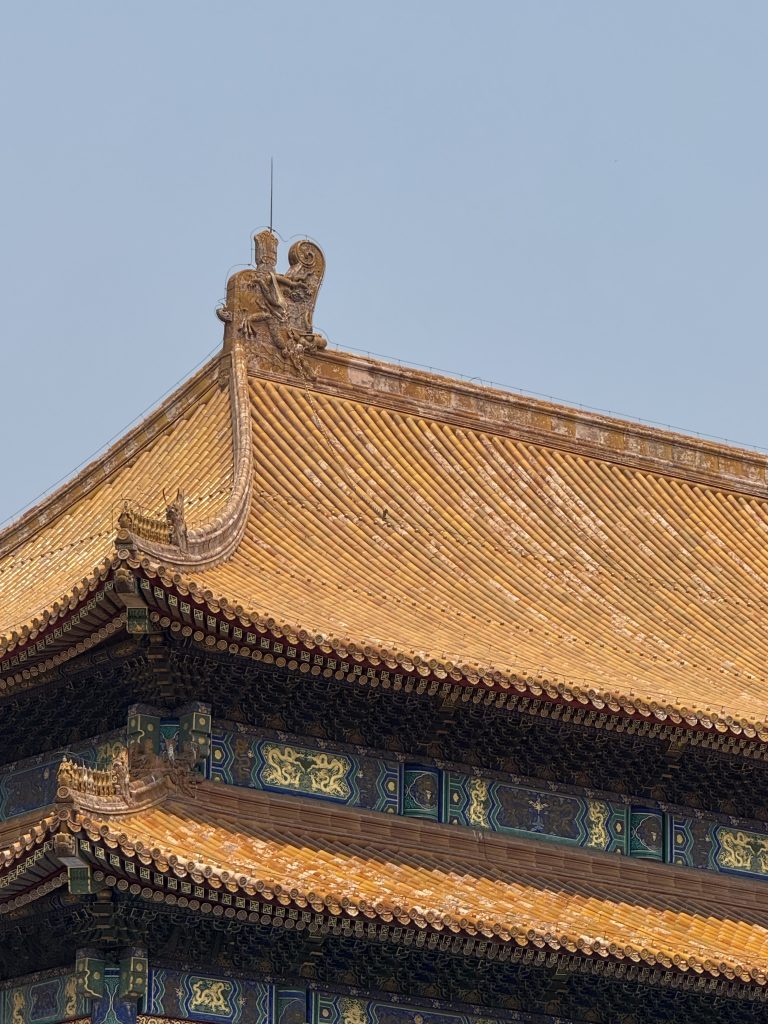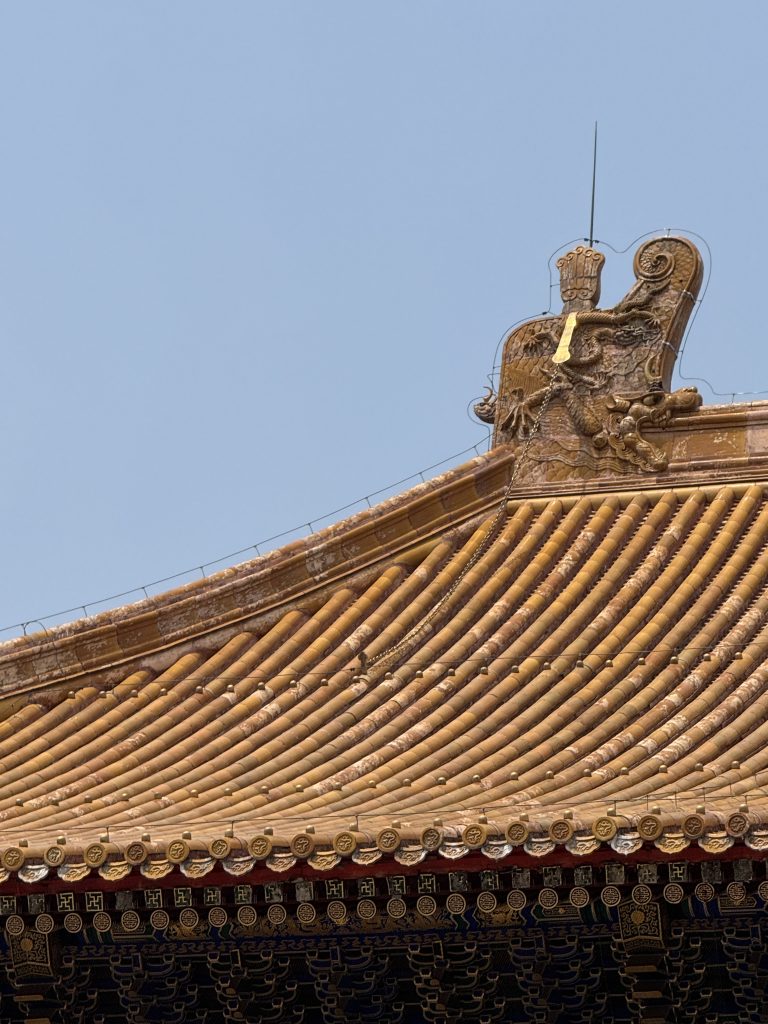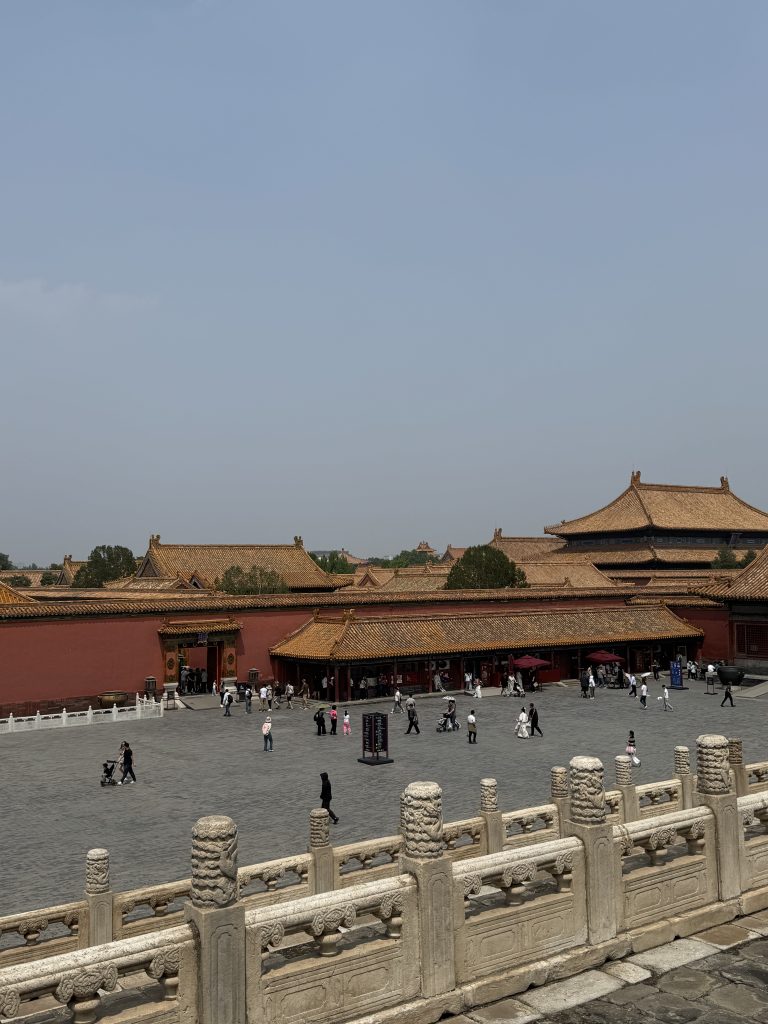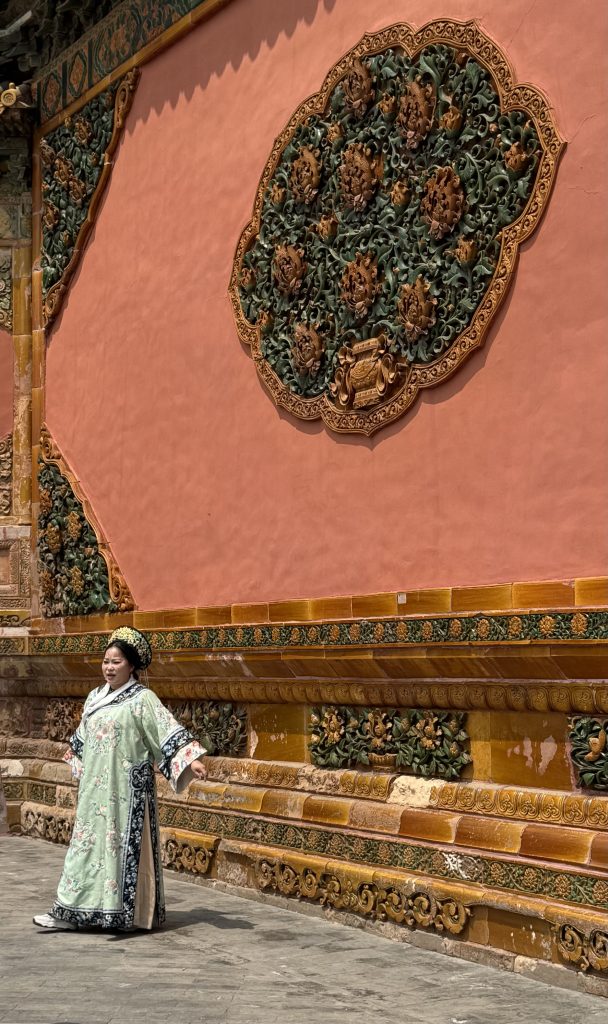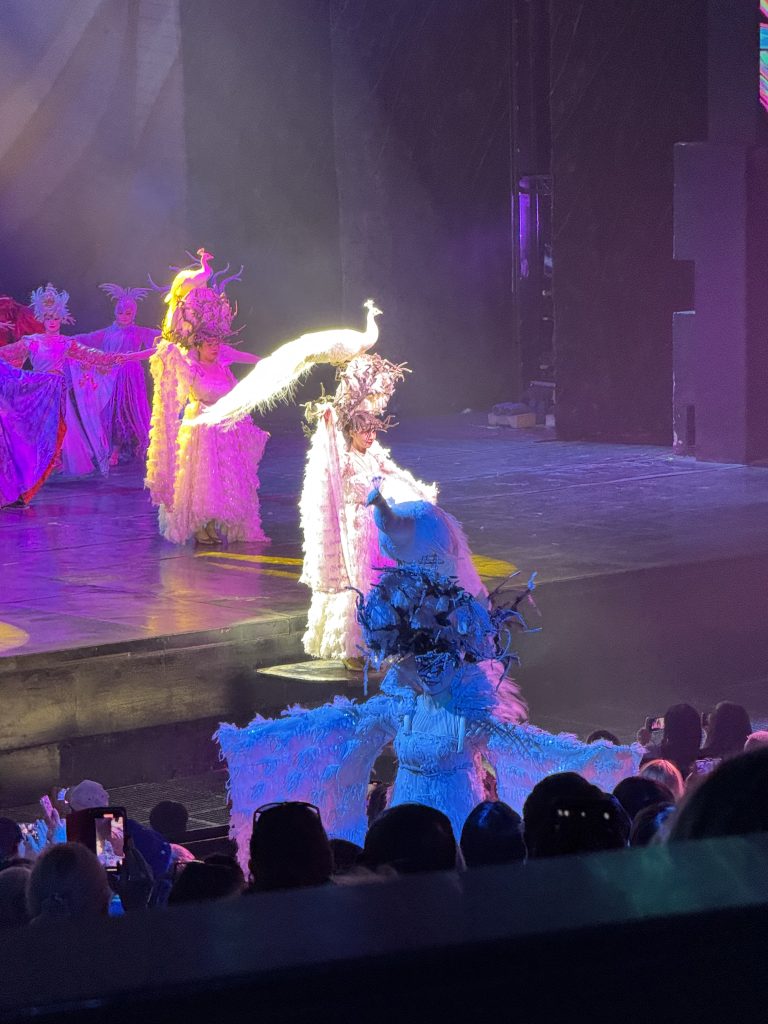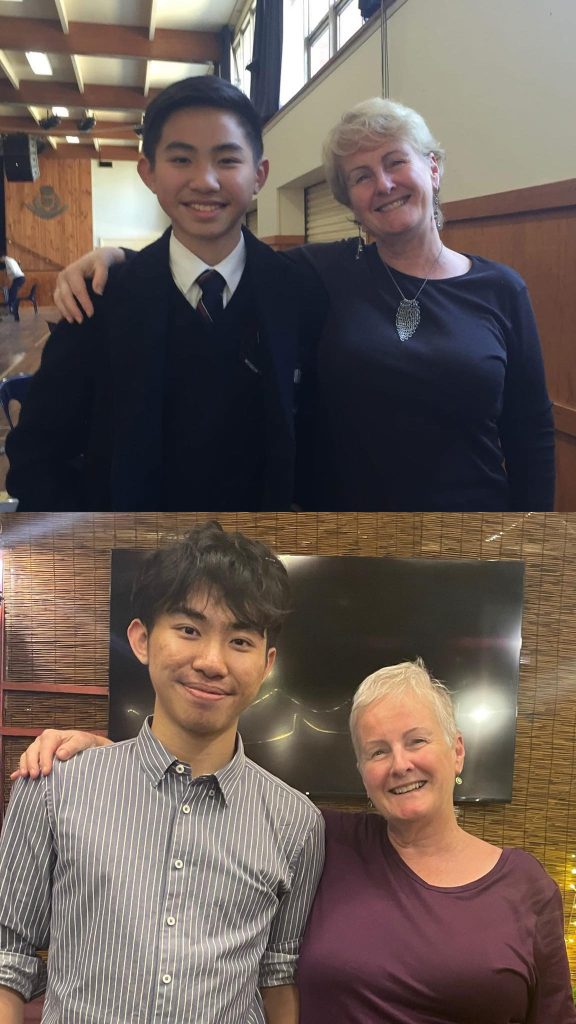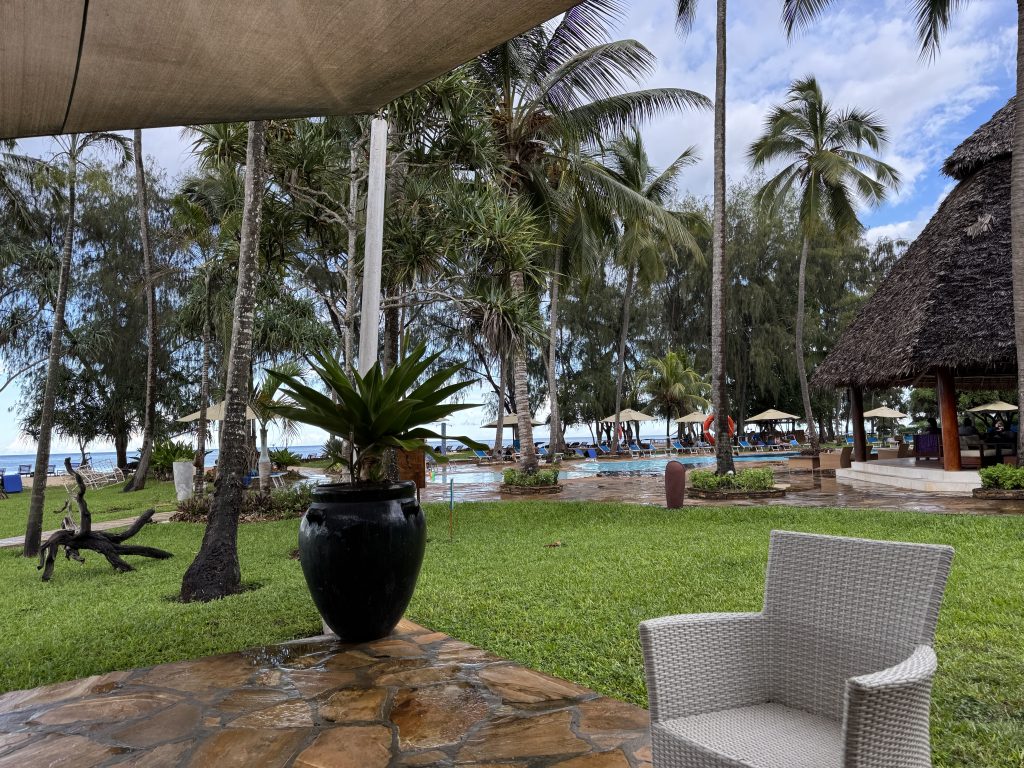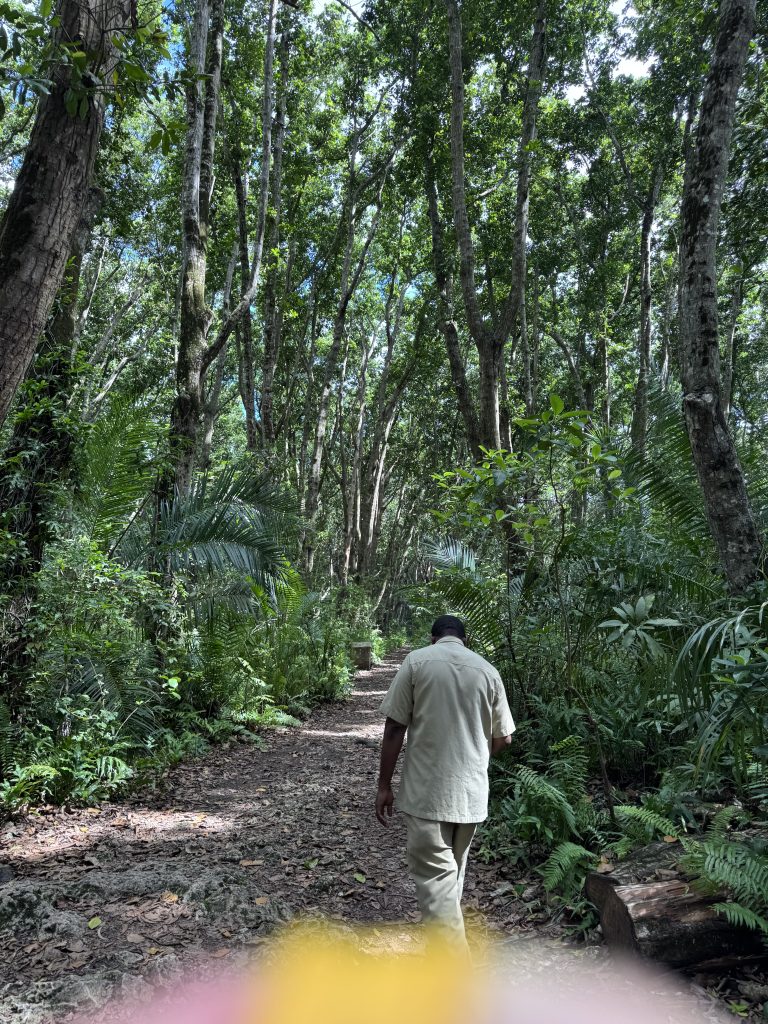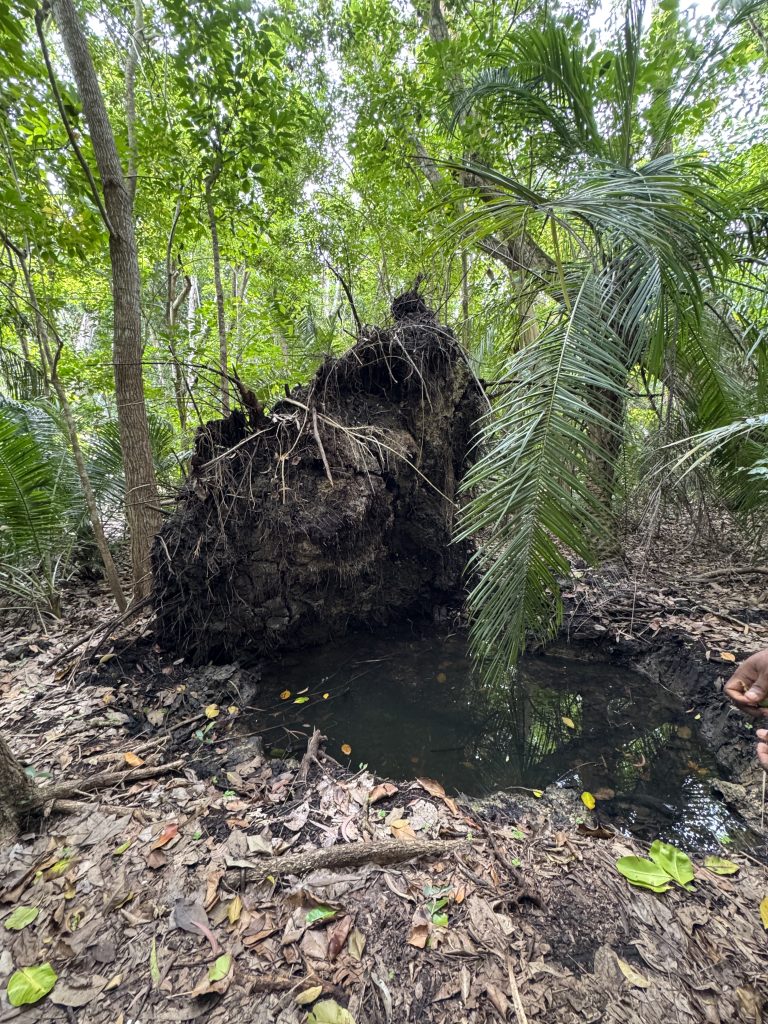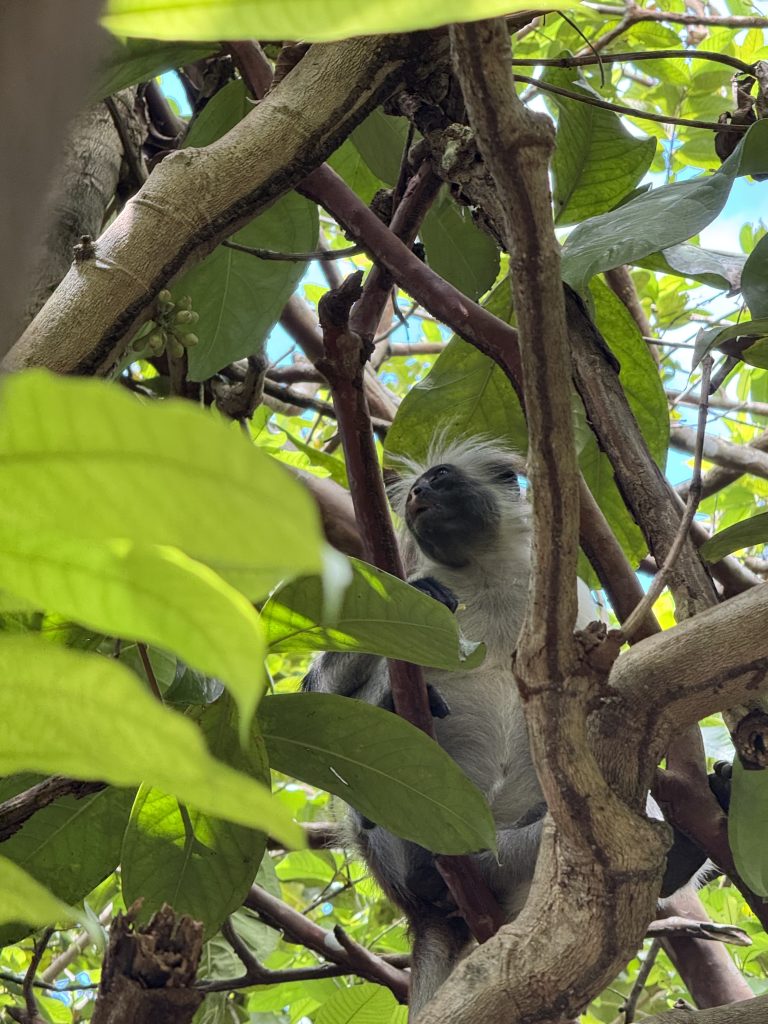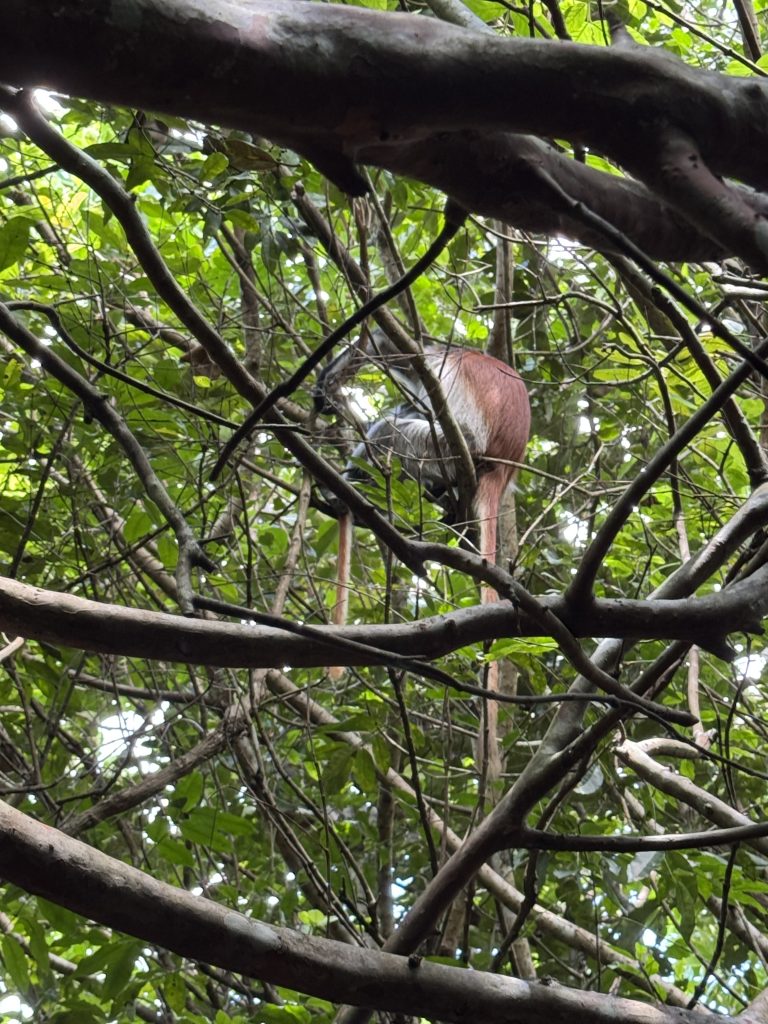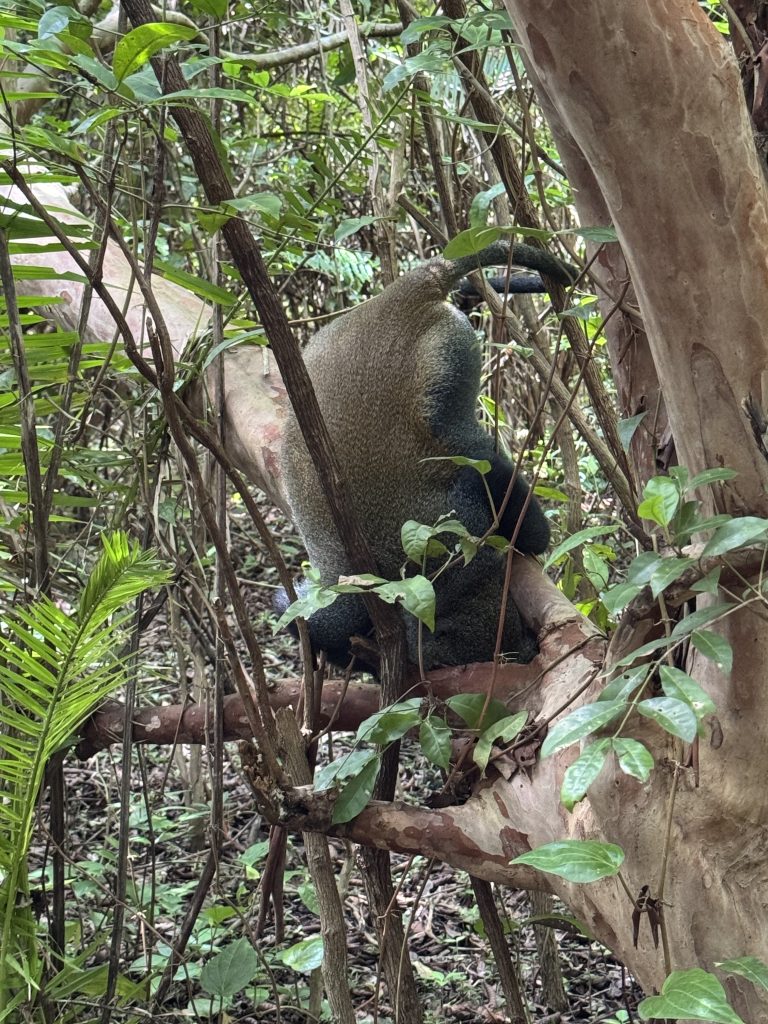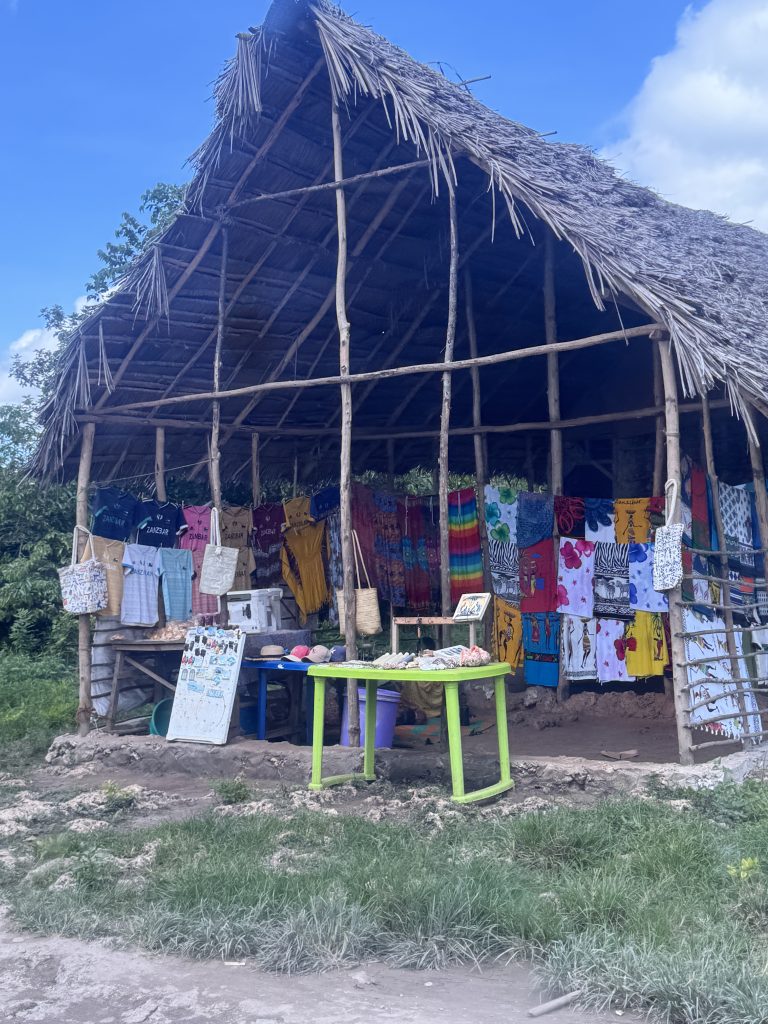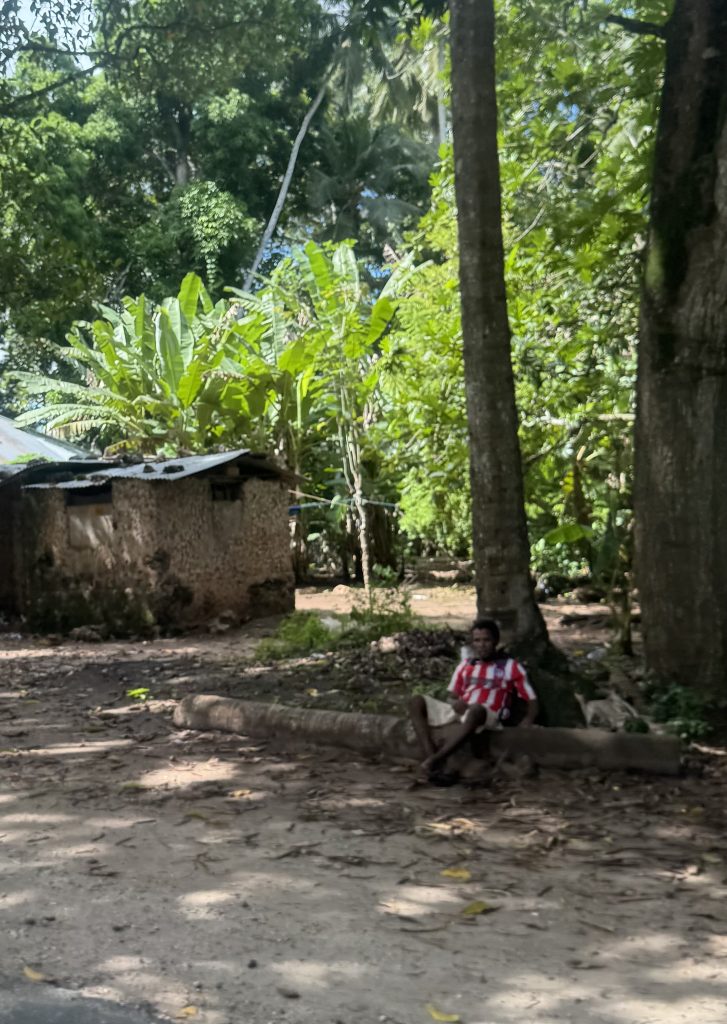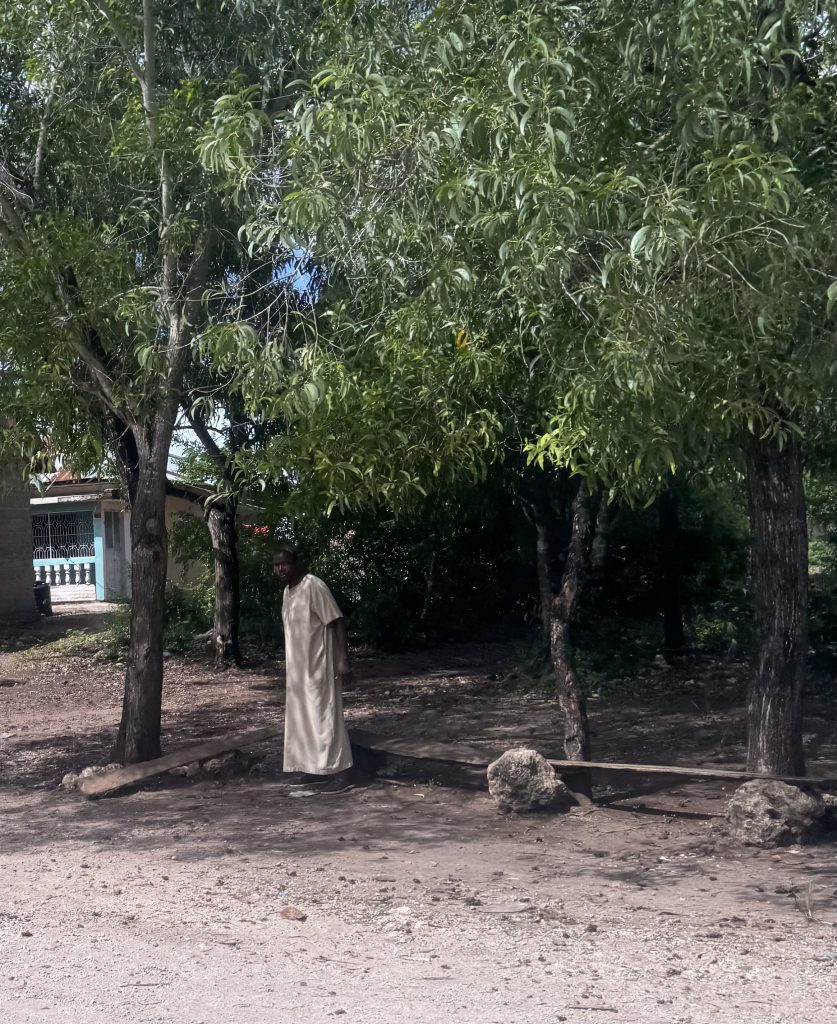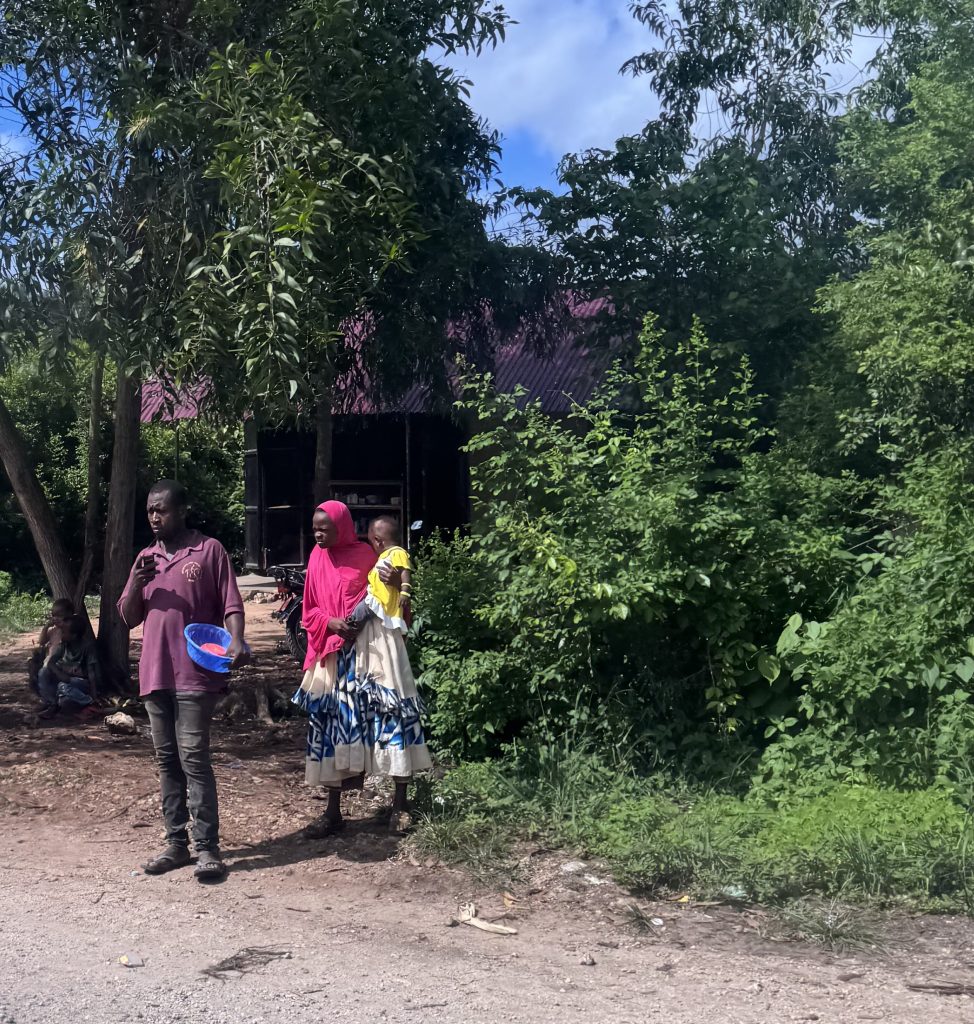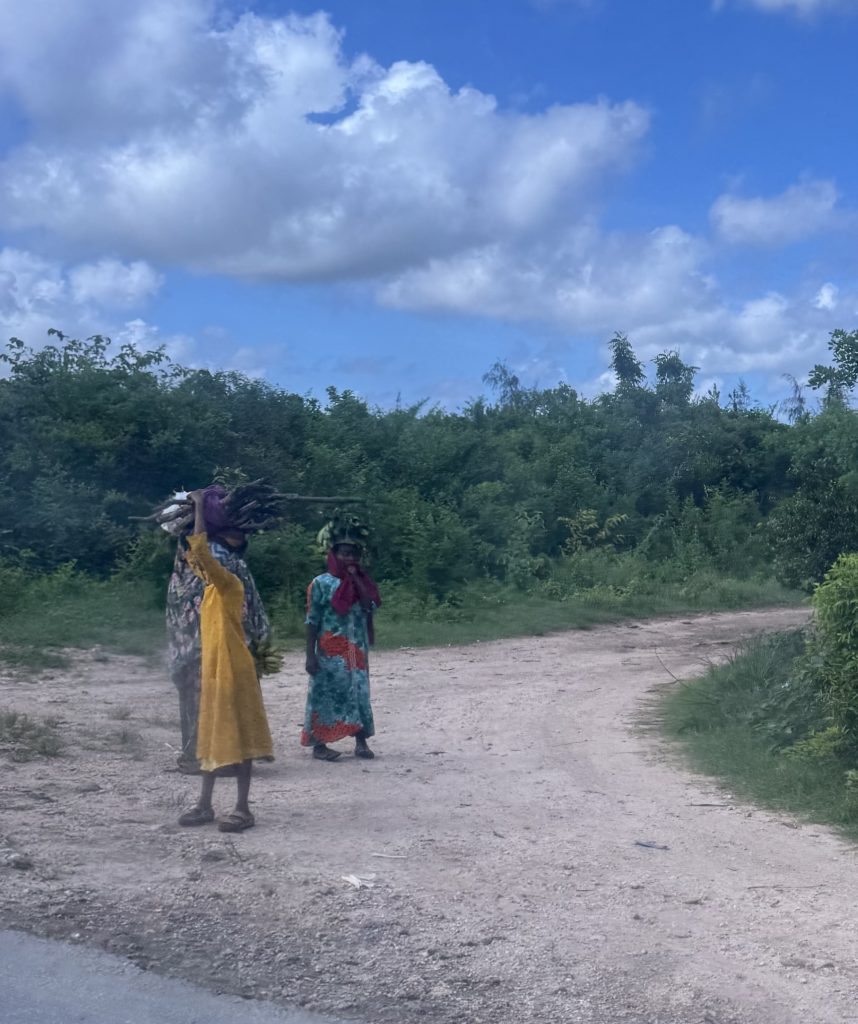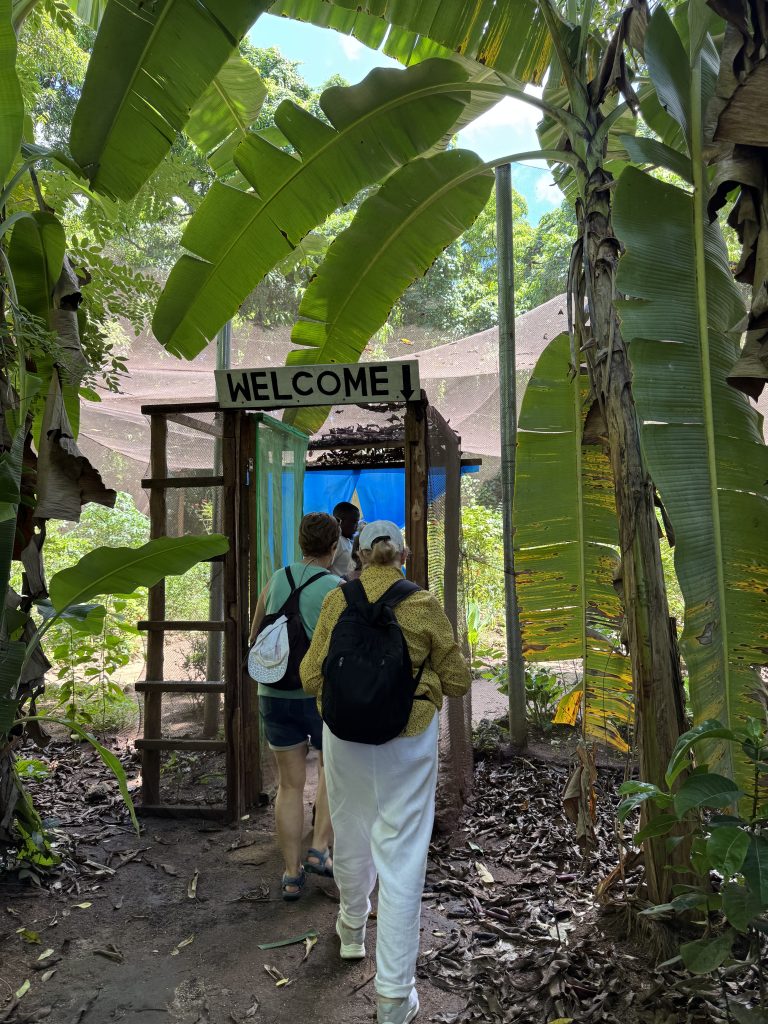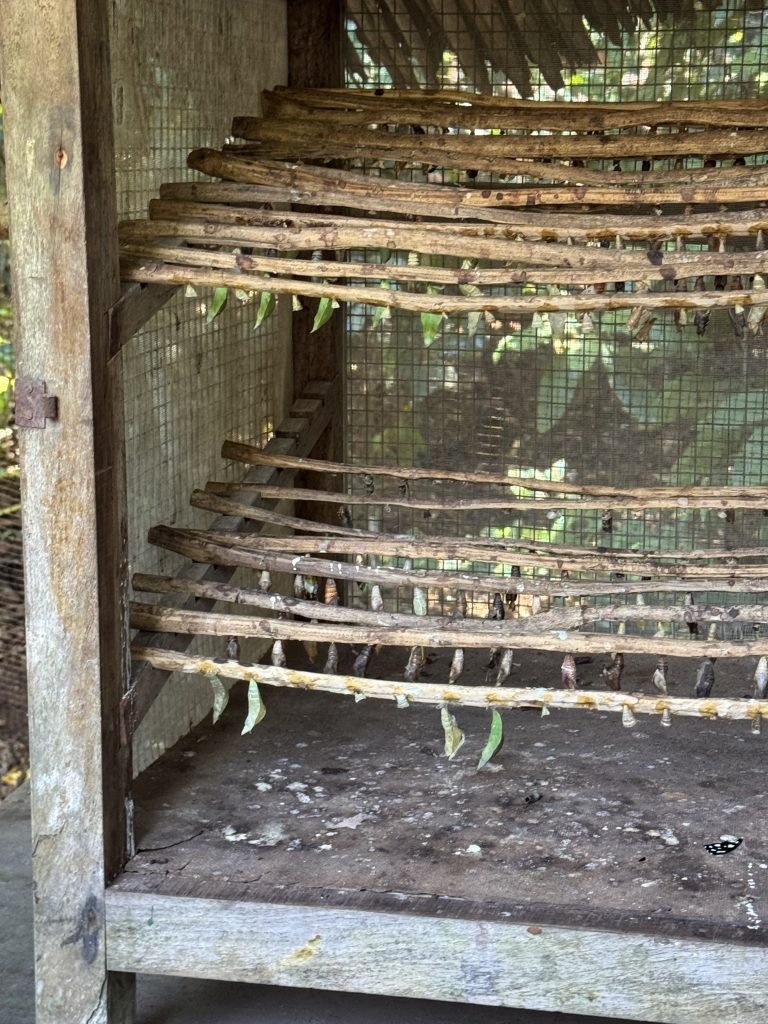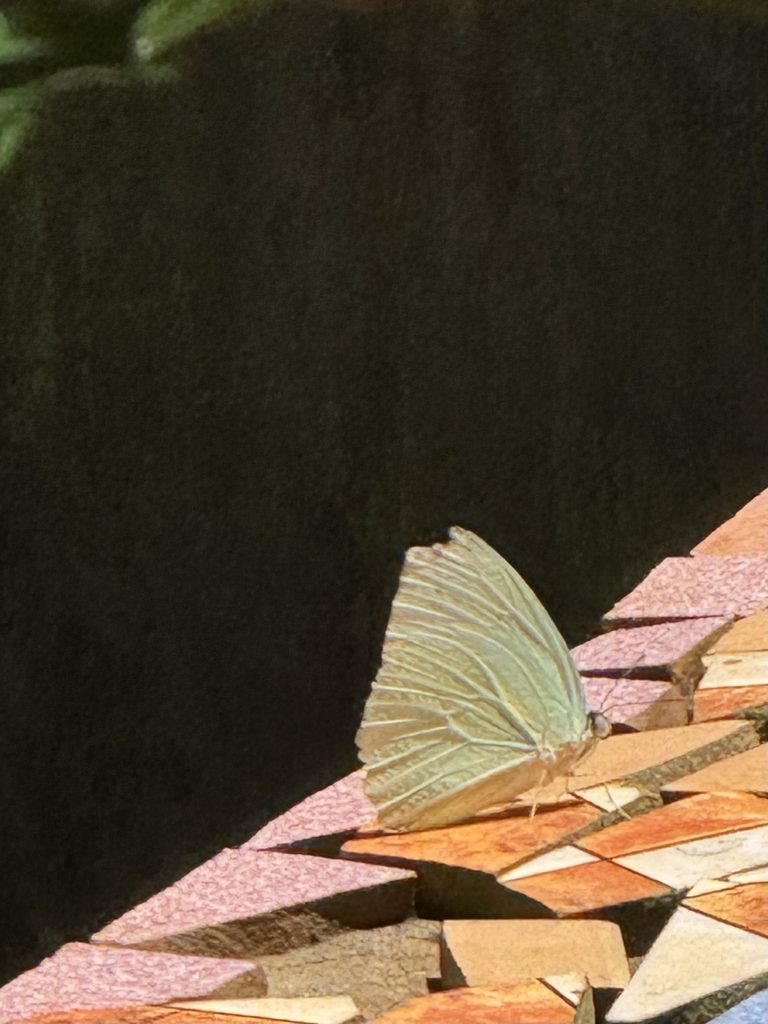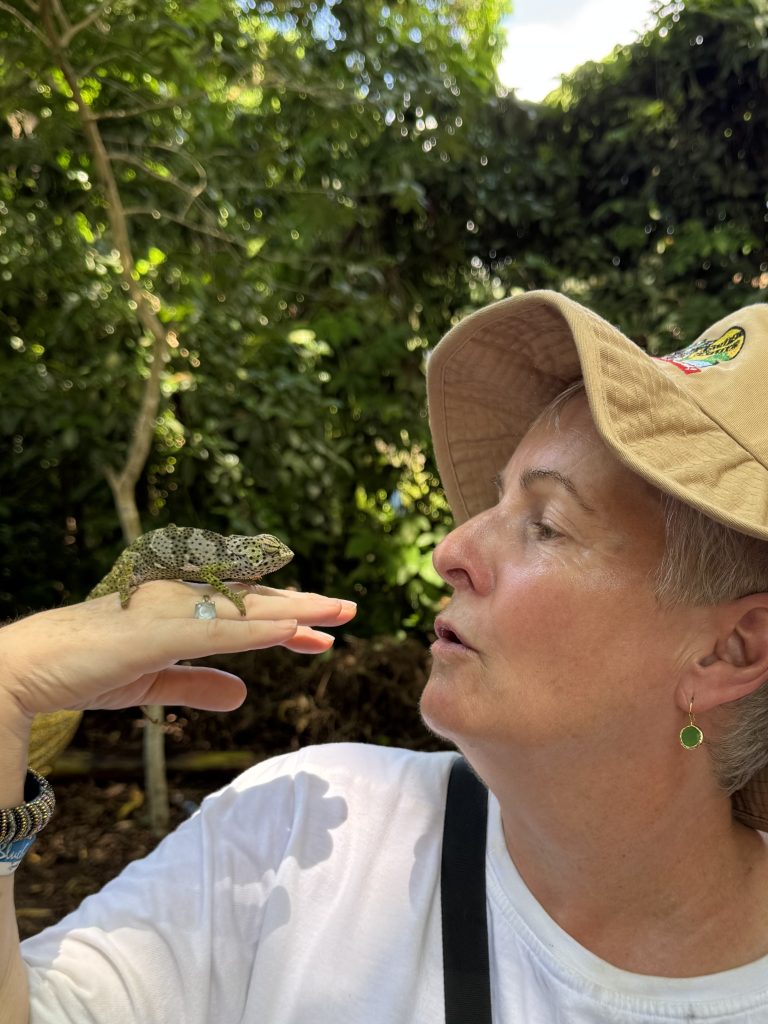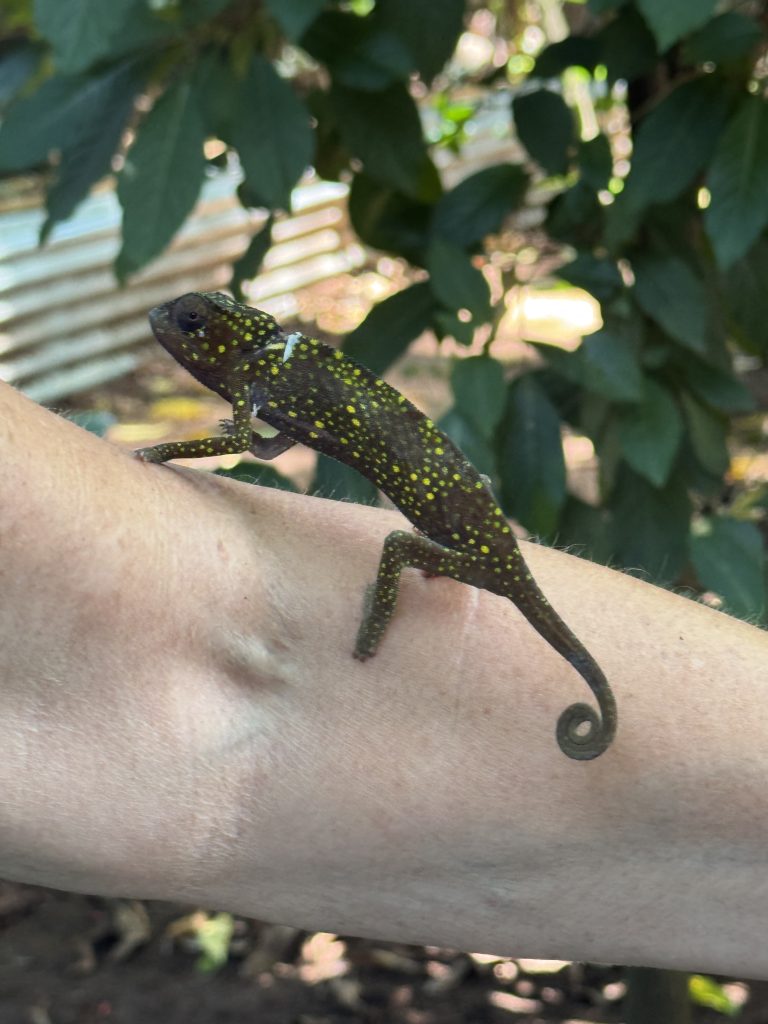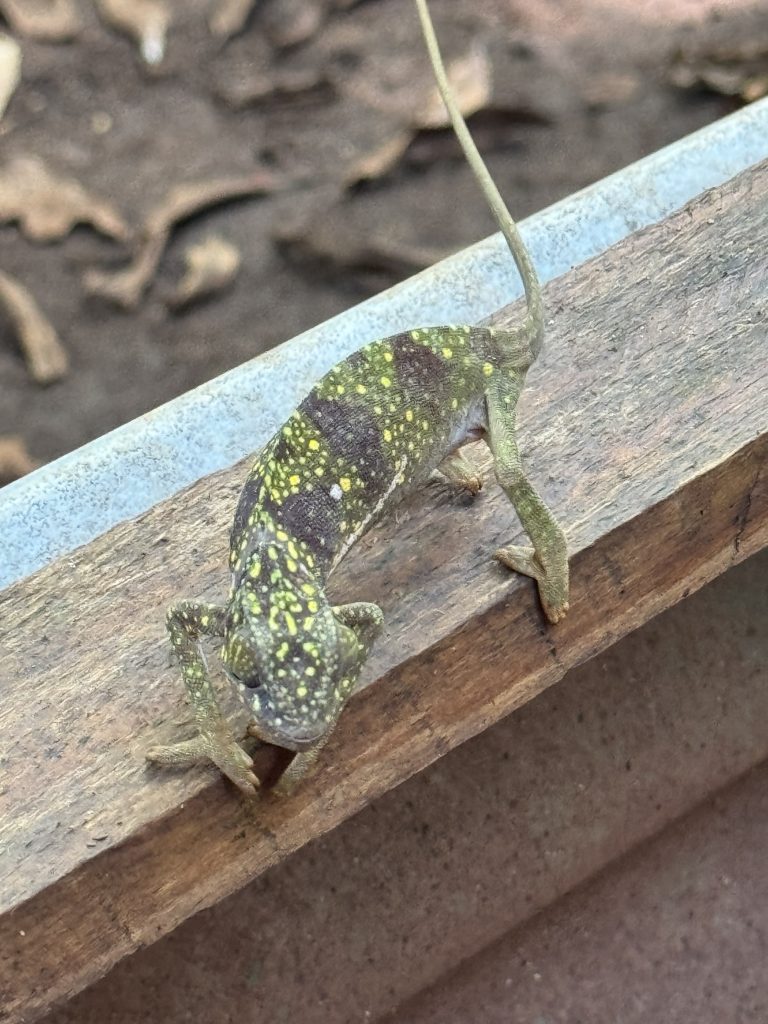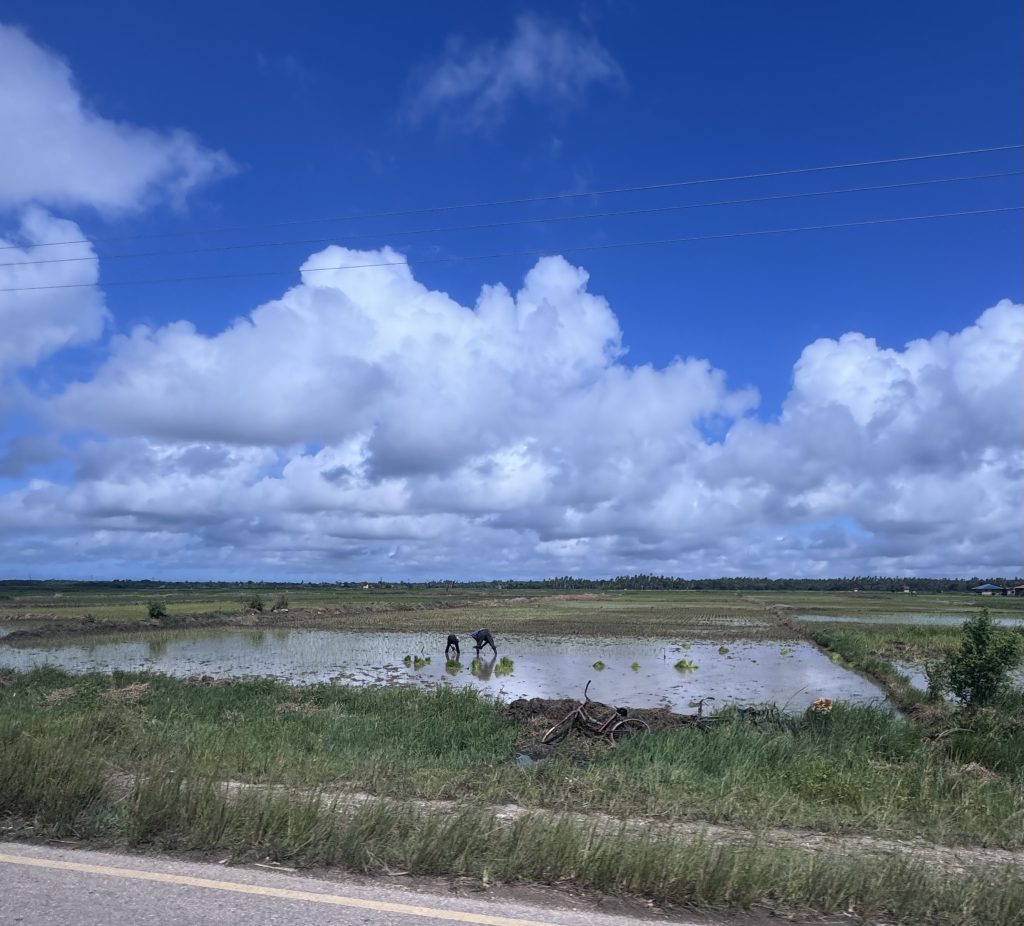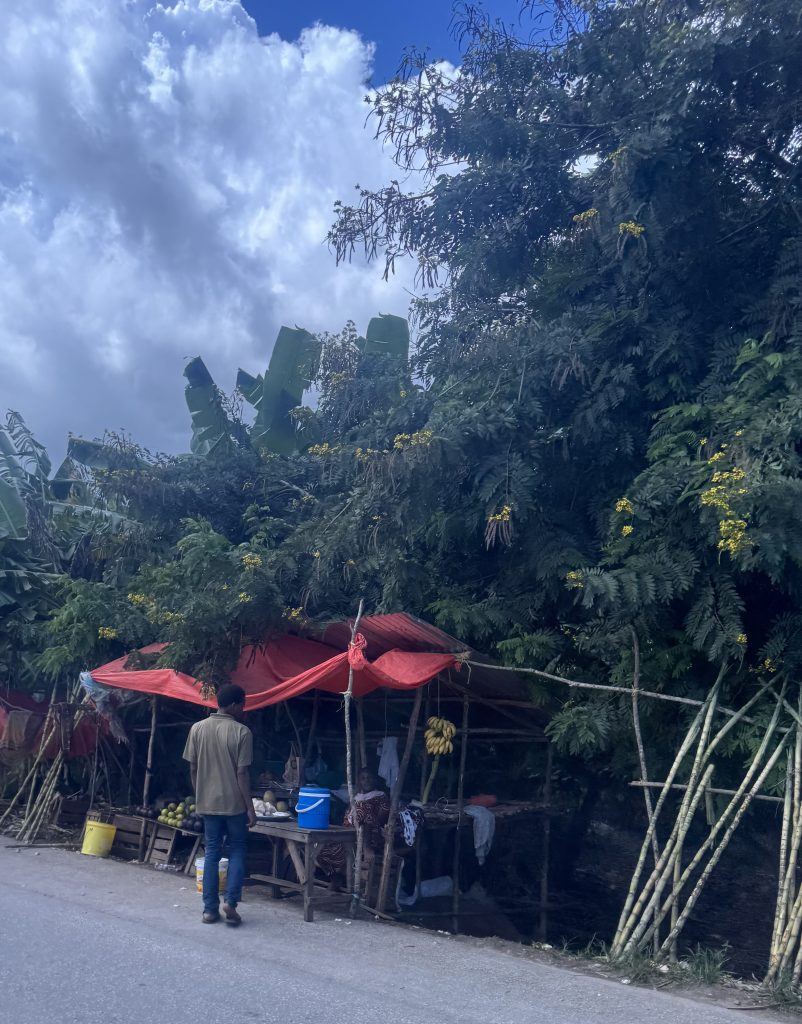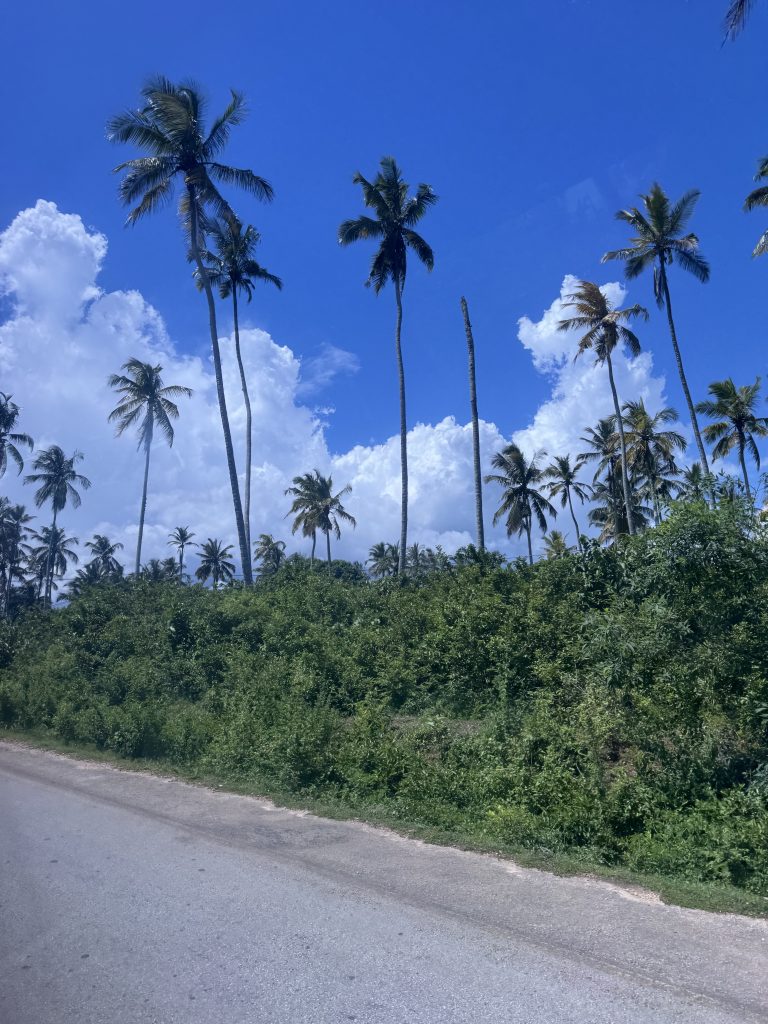
Every morning while I have been travelling, the first thing I do is grab my phone and check Messenger, to see if Dad has died. If there was nothing, I’d take it as no news is good news and go about my day.
This morning, Blogless Sandy and I were on the bus, ready for our day in Shanghai. As the bus pulled away, I decided to give Messenger another little check. My sister had sent a simple message: He’s gone, Frogdancer.
I was two days short.
I was ok though. I really thought that he’d die when I was in Africa, so while I was there I said my goodbyes, so the extra 3 weeks we had between Africa and China were a bonus. And honestly, I didn’t want hm to keep going any longer. There was no point. He had wasted away to 43 kgs and he wasn’t enjoying himself anymore. It was a release when he breathed his last.
Anyway, I was on that bus and, after I sent voicemails to my family, there was nothing further I could do. All of my kids went to Bonbeach to be with Mum – my sister said that it was lovely. “The room was very full!”
At first I trailed behind Blogless Sandy like a lost puppy, but then I got back into the swing of things.
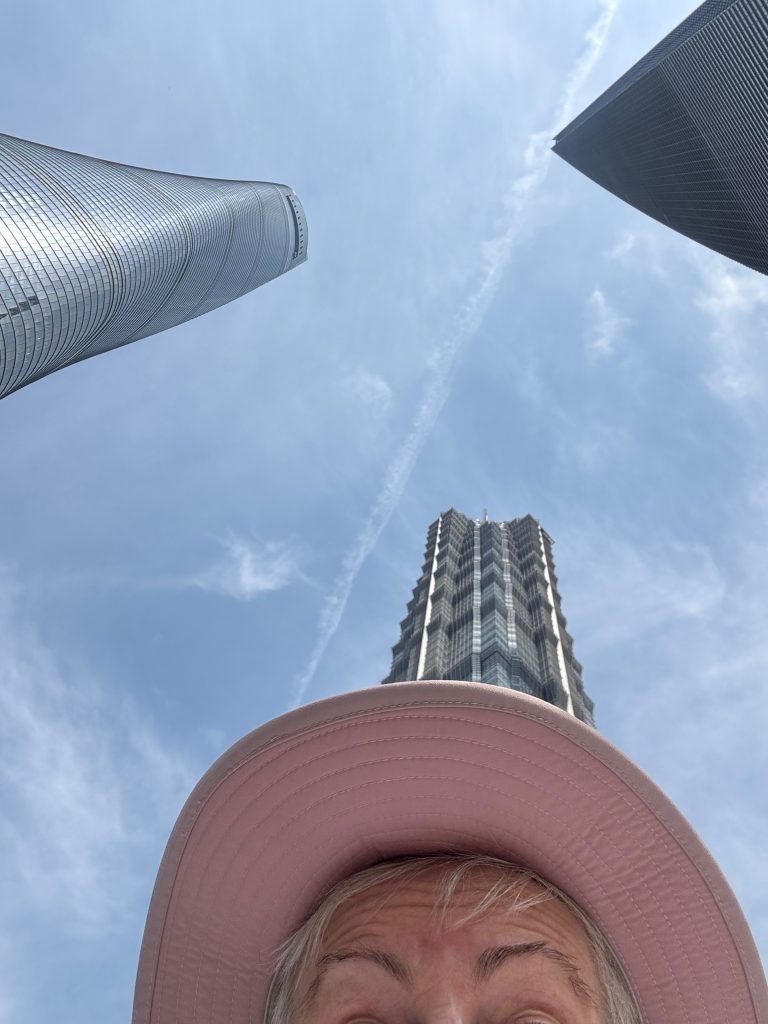
Shanghai was established in 1219 as a small fishing village. It now has 28 million inhabitants- more than the whole of Australia’s population. Our hotel was an hour out from the centre of town, (which will become important later on), and it was wall-to-wall apartment blocks. Summer said that they each house around 2,000 inhabitants – and they kept marching on and on. We are very lucky here in Australia.

Shanghai only became important after the Opium War between Britain and China. The Chinese lost, and were forced to open up the country to foreign trade. Shanghai was the city that was nominated to house the traders and it opened to the British in 1843.
The British paid for the tea with opium, not accepting any other form of payment. This opium tore through China and contributed to its decline in the 19th century. Yet another dirty deed.
Japan invaded China in 1931 in the north. They stayed until 1945.
Dec 1937, the Japanese killed 30,000 people in Nanking. They invaded Shanghai, expecting to push through to the capital of China, which was Nanking back then. But Shanghai fought hard and delayed the Japanese by 3 months, so the Chinese government was able to leave Nanking before the Japanese got there. The Japanese destroyed half of Shanghai as they left, then when they got to Nanking and found it only had women and children and no government official – the massacre.
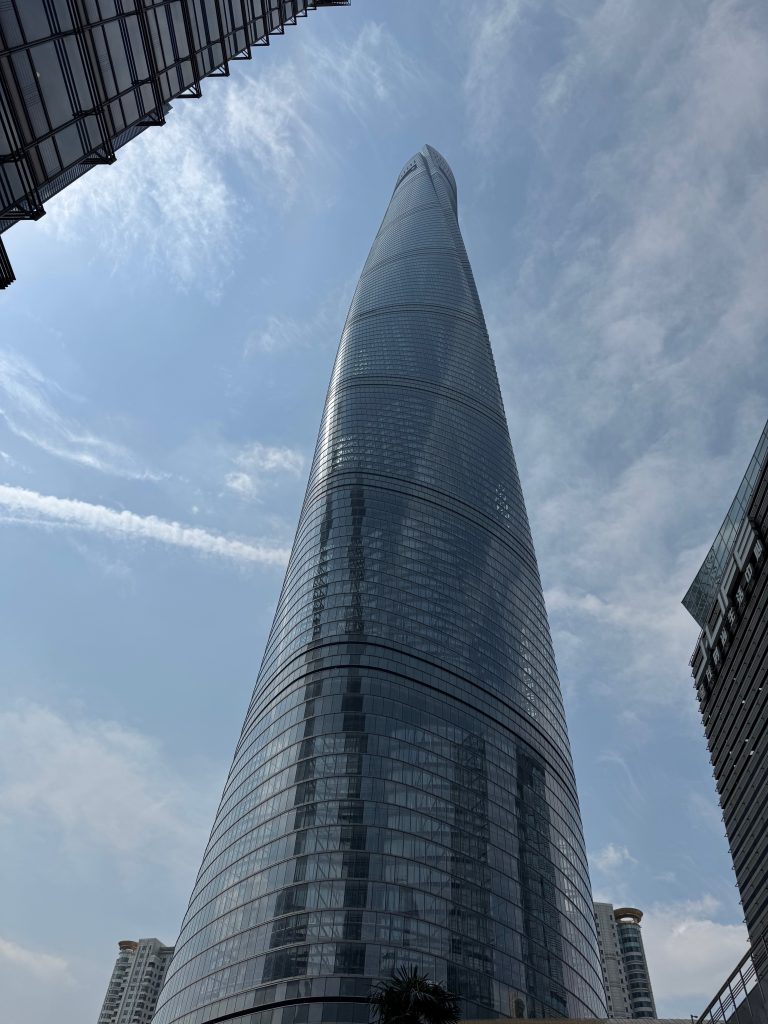
This tower is built after the Chinese dragon where the architect thought that it would twist and go up like a dragon leaving the Earth and going up to the heavens. Just wait until you see it after dark!
We were taken to this tower and some people paid $28AUS to go to the top to the viewing platform. This was the only optional extra that we declined. We knew it was going to be buildings stretching out in all directons, and we don’t know the layout of Shanghai. It wasn’t like when I was in London for my birthday and Scott took me to the Sky Garden. I could see all the places I’d been to in London back in 2015 and it was wonderful.
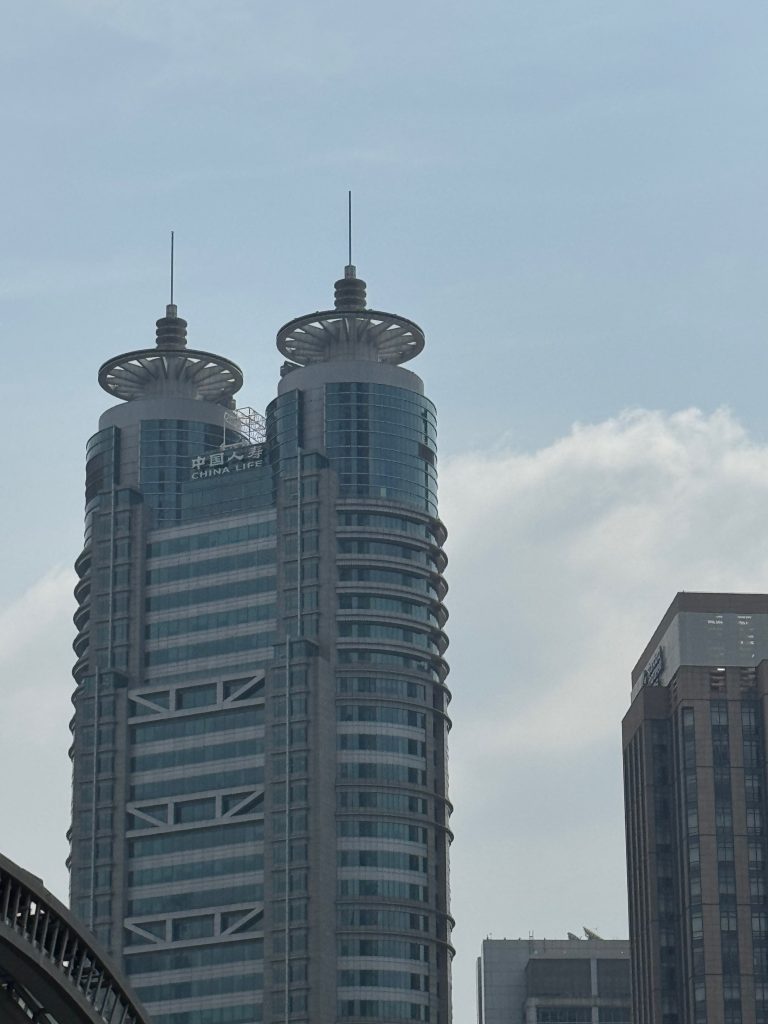
Look! Flying saucers!
Summer, our guide, said that when she was a child she was brought here by her teachers on a school excursion and it was all farmland. This was in 1996; now it’s just covered with skyscrapers as far as I can see.
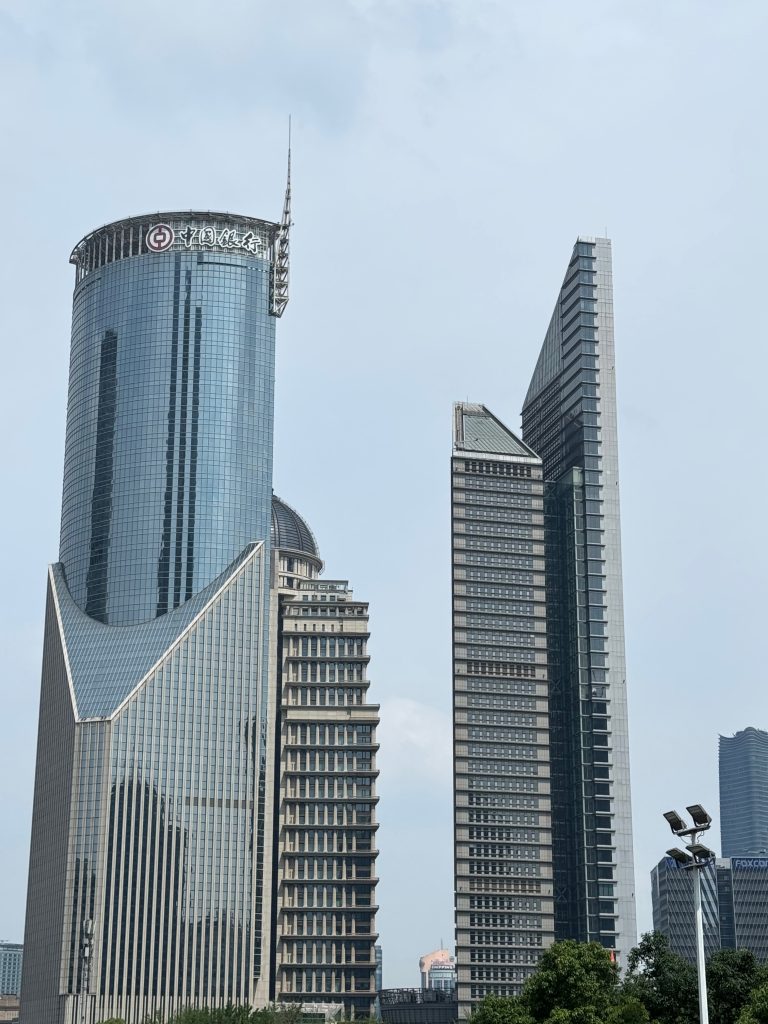
“Even for me, the buildings sprang up like mushrooms. This used to be the poor side of Shanghai. When I was younger, my grandmother told me, ‘ When you date, don’t date a man from the west side.’ Now it’s the richest side of Shanghai!”
In 30 years, Shanghai went from having only one way to cross the river (by ferry), to 12 bridges, 5 train lines and 17 tunnels.
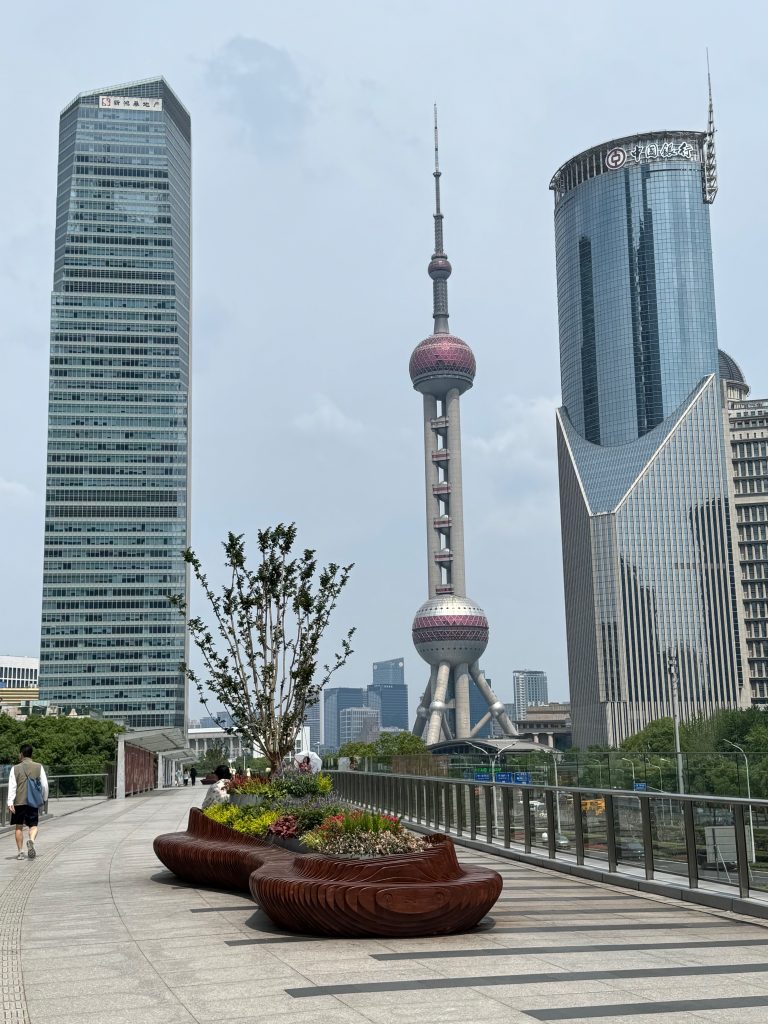
They have 8,000 buildings over 10 metres tall. The expansion is incredible.It also seems that architecta are in a competition to create skyscrapers with the most unusual shapes they can devise. This city is very futuristic-looking.
After we walked around this part of town for a while, we drove to The Bund. I was excited to see this – it was one of the reasons I chose this tour. Can’t go to China without seeing The Bund!
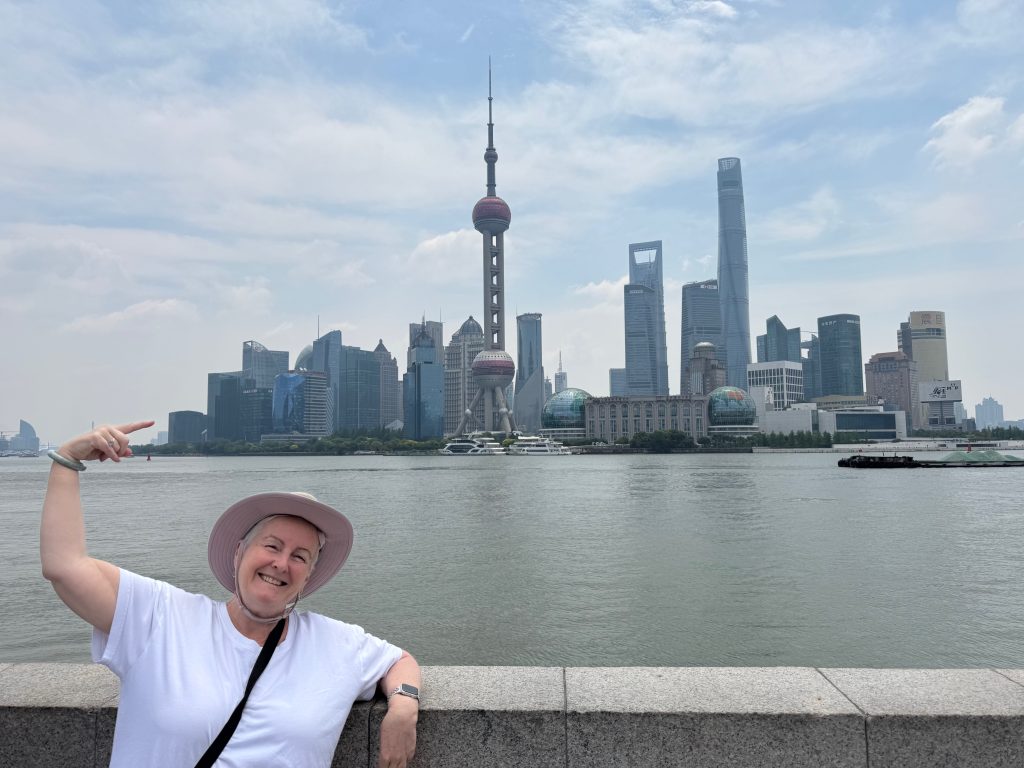
1860 to 1930’s buildings are on one side of the river, while the other side is modern Shanghai. It looks like something from ‘The Jetsons;, doesn’t it? When the Japanese invaded, all of this was razed to the ground.
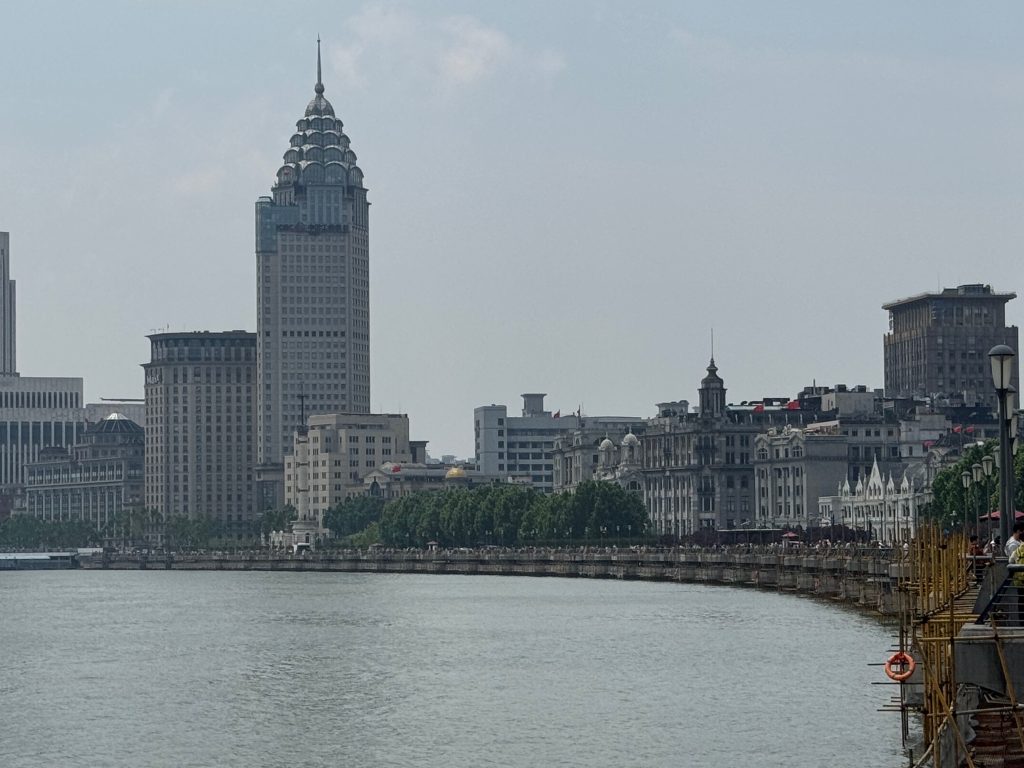
The Chinese protected the old buildings on the other side of the river, which is why The Bund is so unique today. The old and the new are gazing at each other across the river.
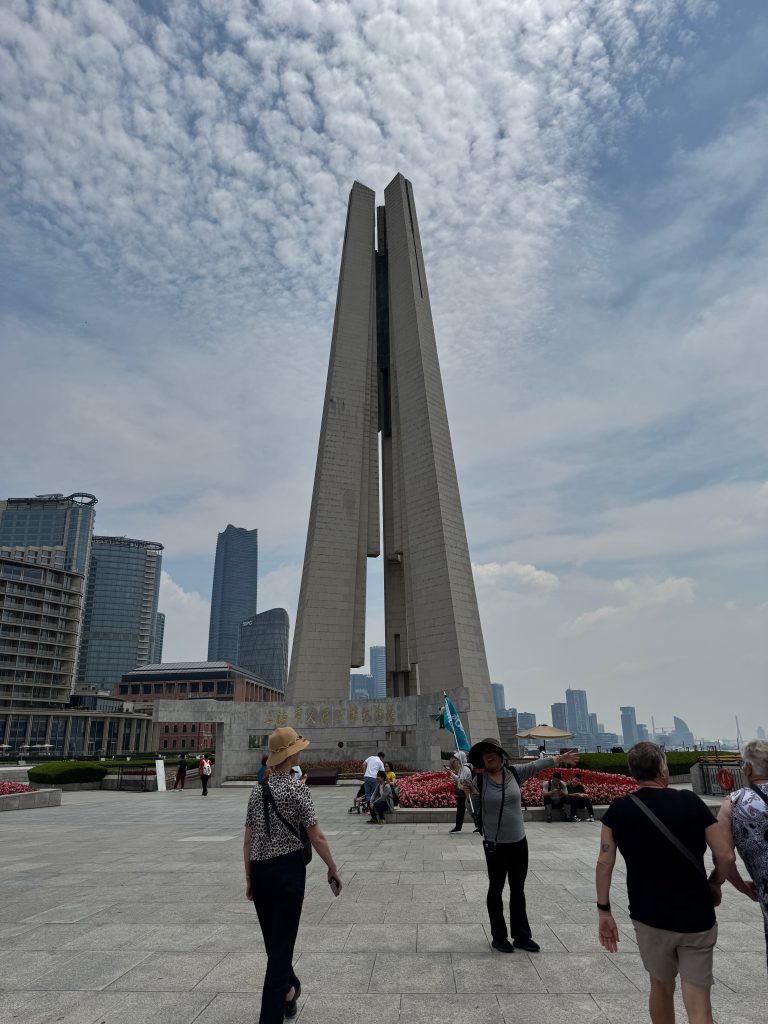
The monument of the Shanghai heroes. It was very North Korea!
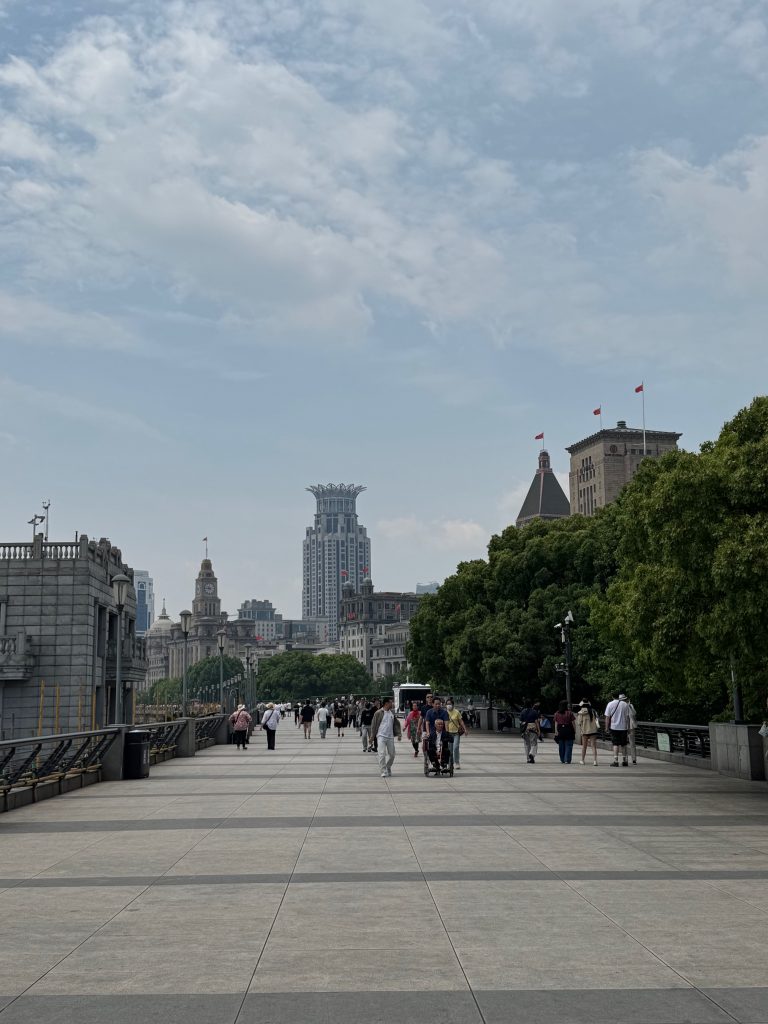
Walking along the Bund, the feeling of spaciousness is incredible. It was a Saturday morning and there were a lot of people here and a lot of buildings but it just felt like you can breathe here. It’s amazing. I absolutely loved it.

These two came up to me, waved and wanted me to take their picture. Do you notice the macine gun the little boy has?

People were out and about with their families.

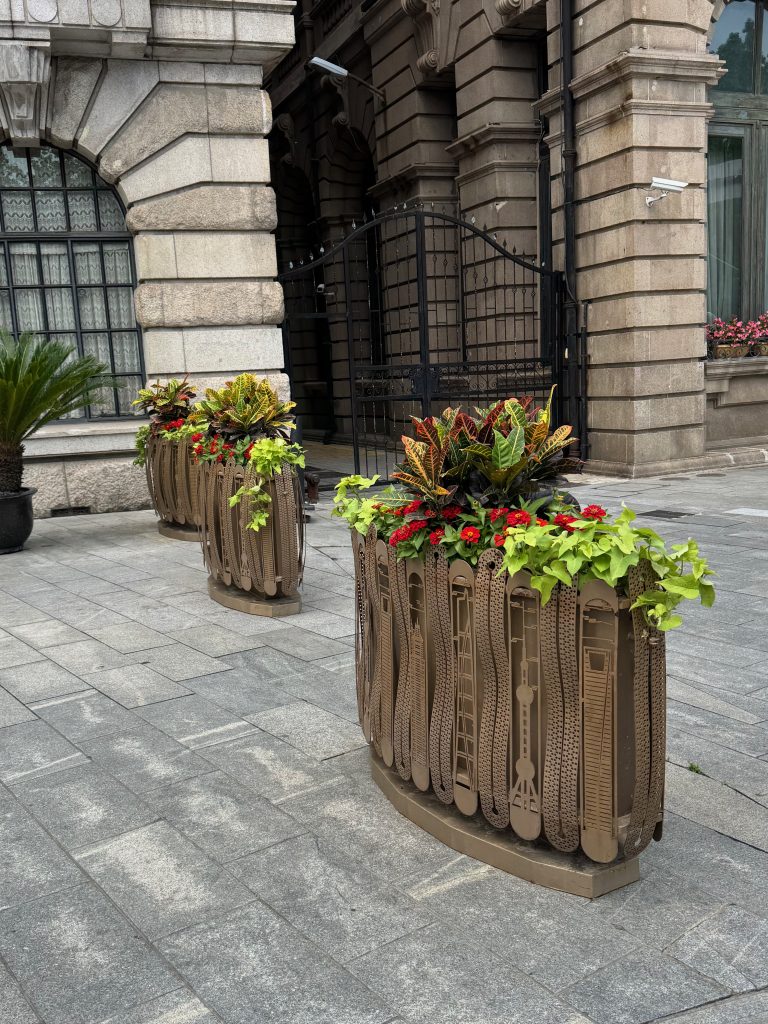
The bollards are far more decorative here. If you look at the side, you’ll see that it’s the city skyline. The cities here all seem to make an effort to make their streets pretty. We’ve noticed many, many underplantings of flowers along the sides of city streets and freeways. Sometimes they have their own watering systems attached.
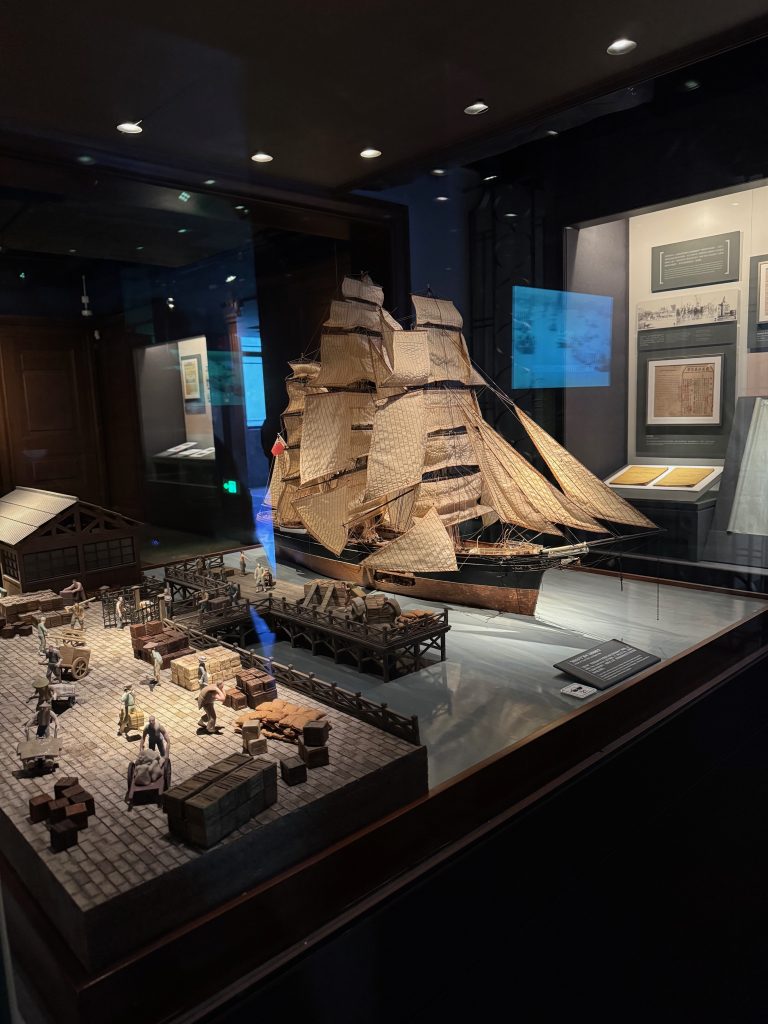
After this, we went t a very boring museum BUT…
… here is a model of the Cutty Sark, the tea clipper ship that Deana and I visited when we went to Greenwich in England. I’ve been inside that very ship! I absolutely love it when my travels dovetail into one another.
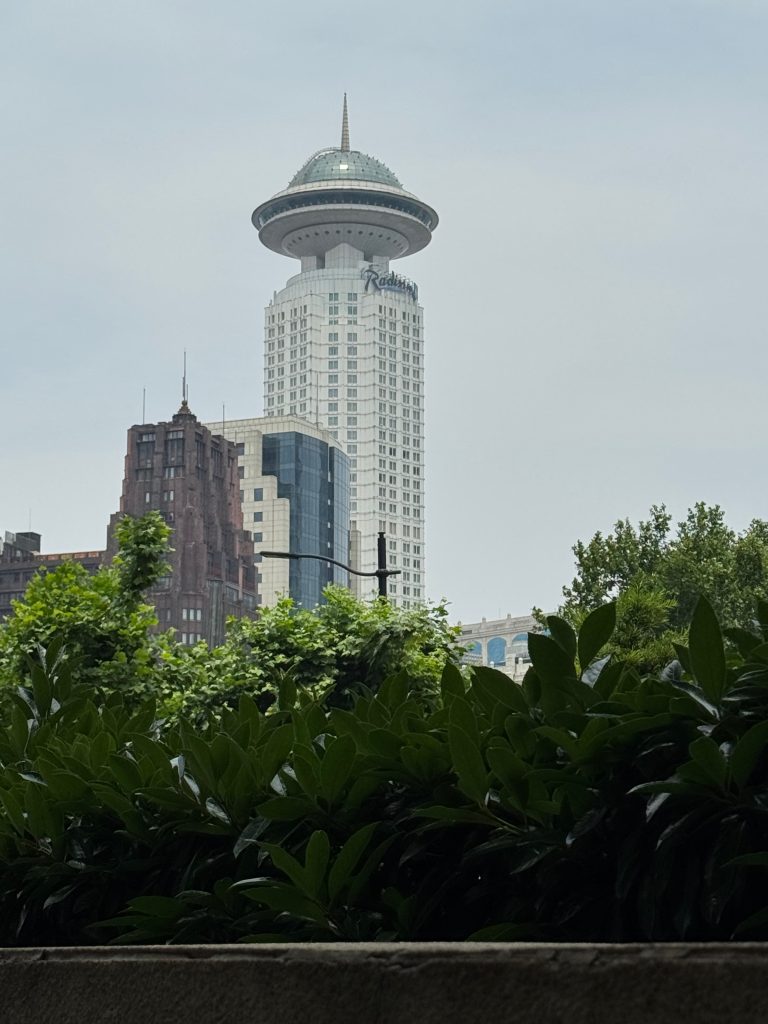
Another flying saucer!
This was near the Matchmaker Market, where parents gather on a Saturday with posters advertising their son/daughter’s attributes, hoping that they’ll find a match for their child. Sometimes their child is unaware that their parents are doing this.
Parking in Shanghai is hidden underneath the parks and large buildings. Four or five levels, all hidden.
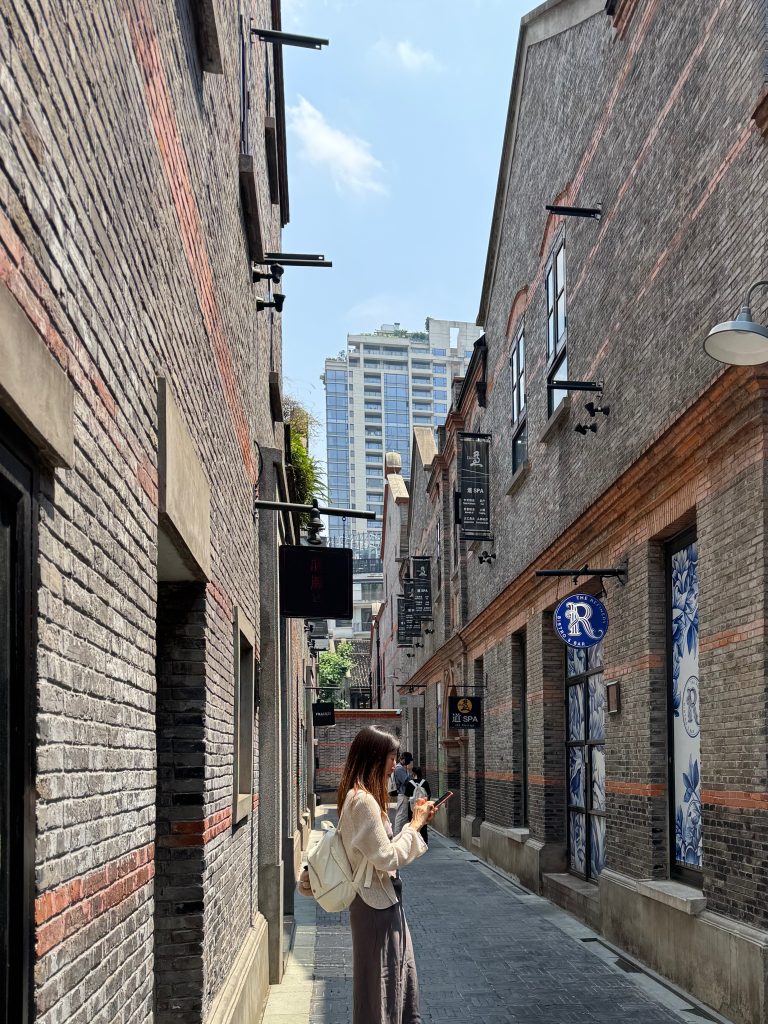
Lunch in the French Concession area. It was very pretty.
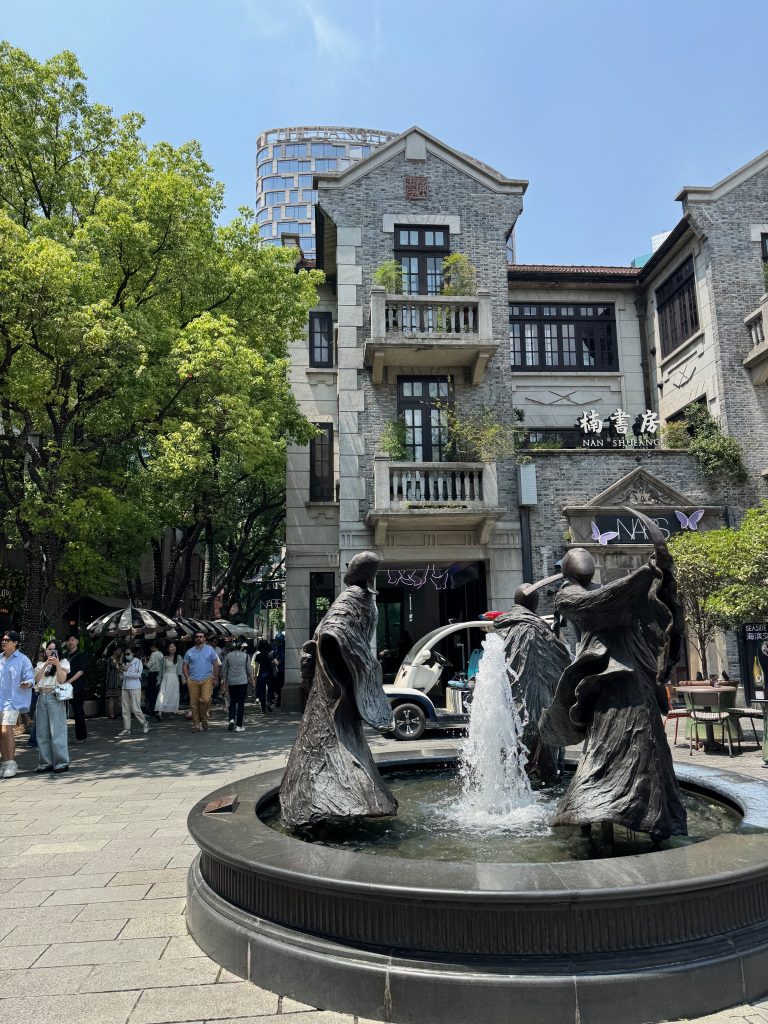
By some miracle, I was able to snatch a shot of the fountain. This place is very popular. There were heaps of restaurants and bakeries and the place was full of people.
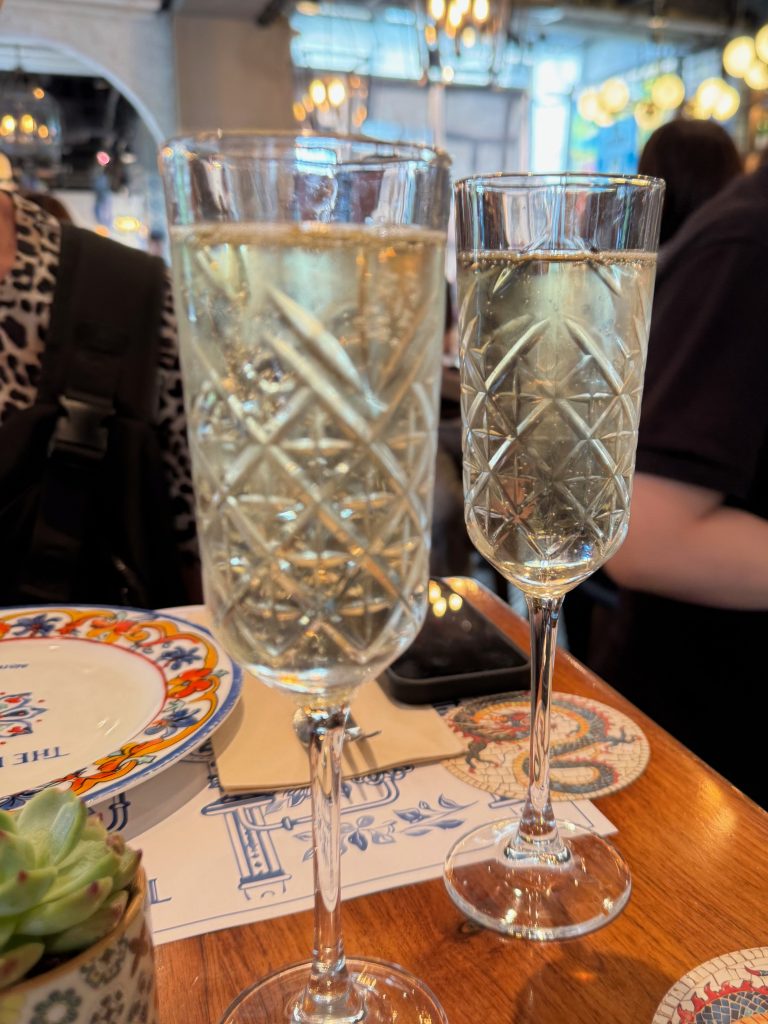
We raised a glass to Dad.
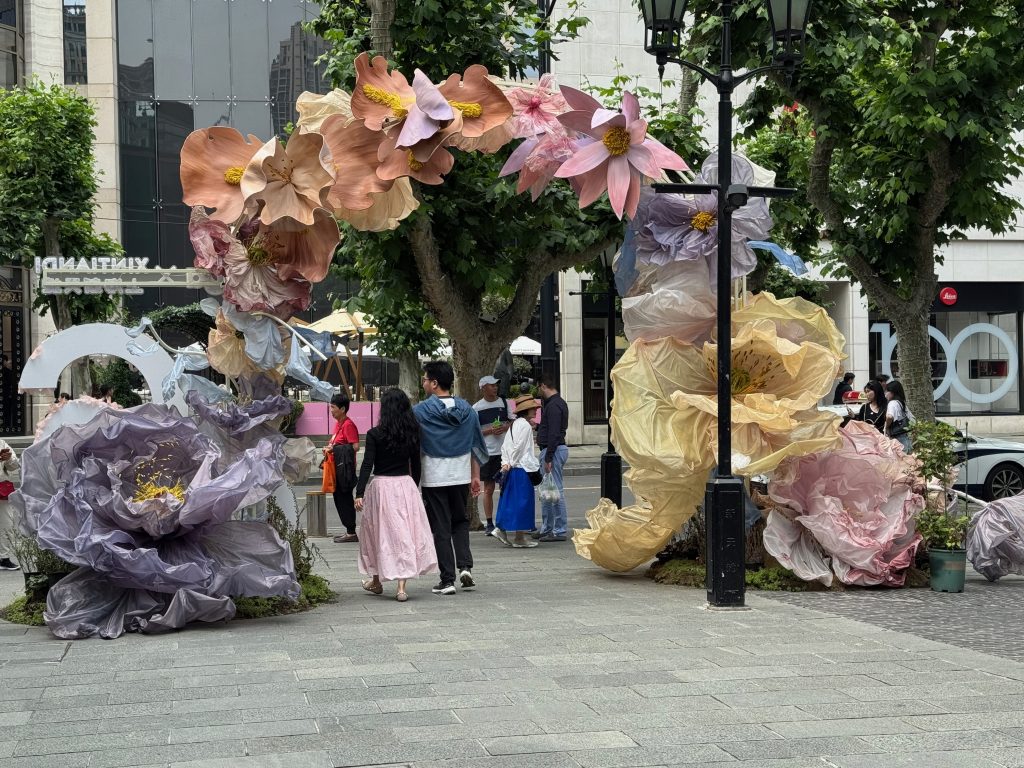
Afterwards we wandered around. Bloglass Sandy bought an icecream. I was saving my money for taxi fares.
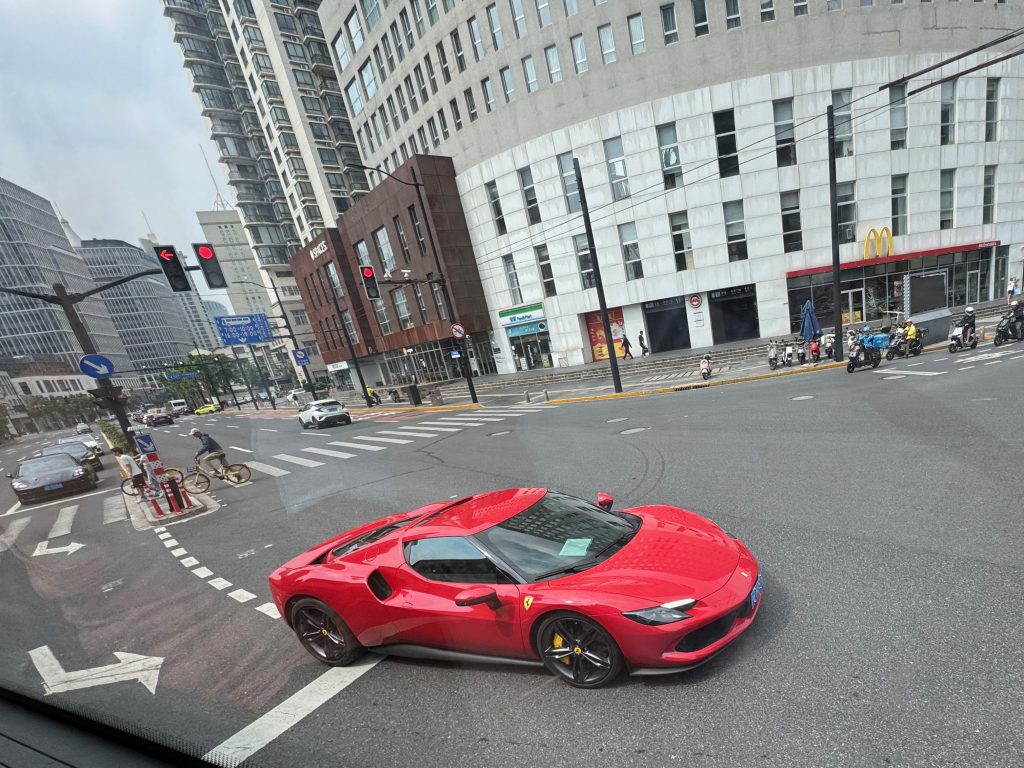
Spotted outside the bus. A Lamborghini. It was as if Dad, the car man, was waving to me.
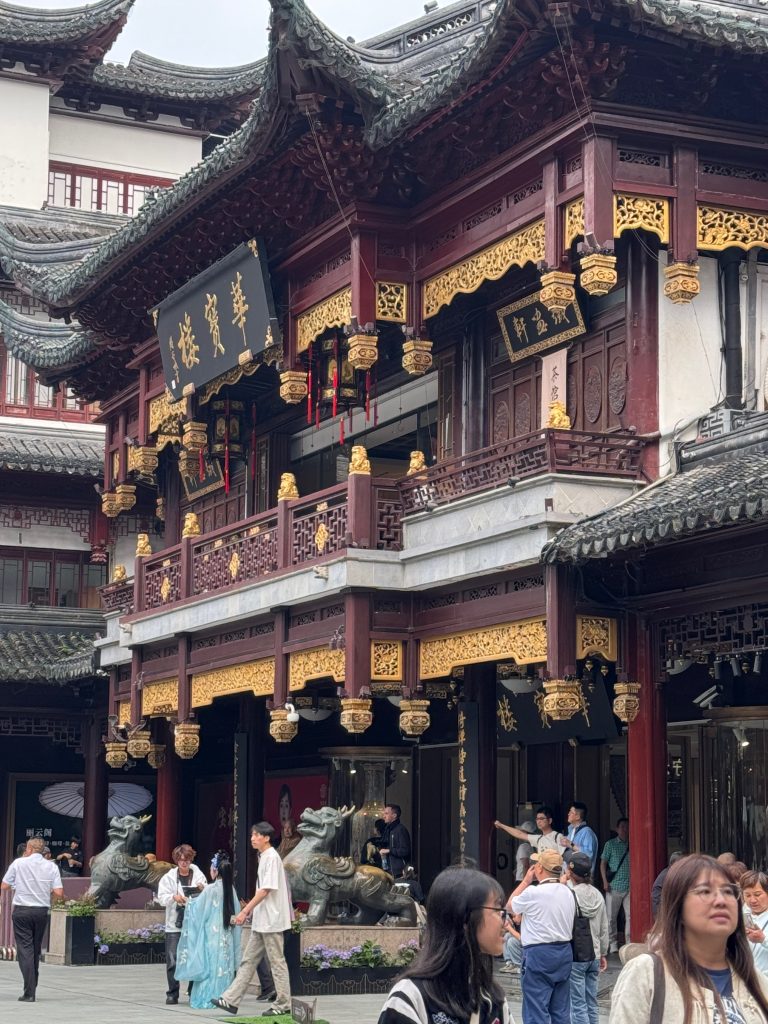
A market! This was the first of two we went to. “Don’t buy clothes, shoes or bags at this first market,” said Summer. “This one is good for snacks and looking at the archetecture.”

Did I tell you about this dragon? He is the youngest of the 9 dragons born to some important dragon or other, and he only eats gold, silver and precious stones. He doesn’t have an anus, so all the wealth he eats stays with him. Shops position him at the front of their stores, so he eats all the money coming in the door, and then it stays there. Hmmm. Maybe I should get one for my house.
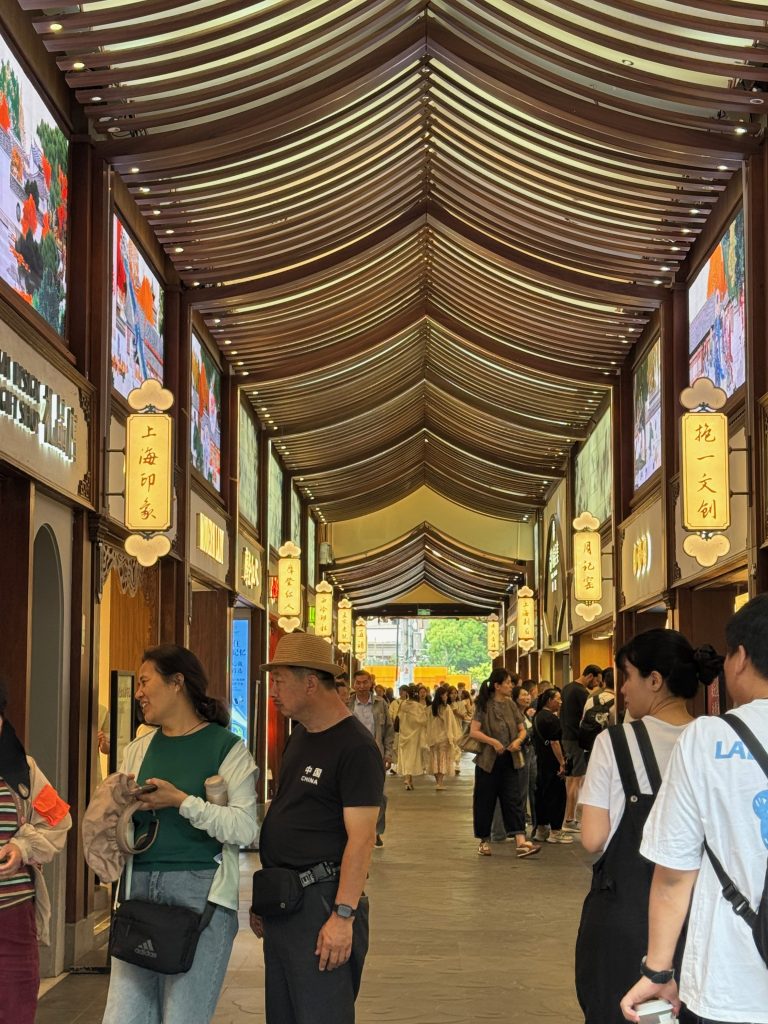

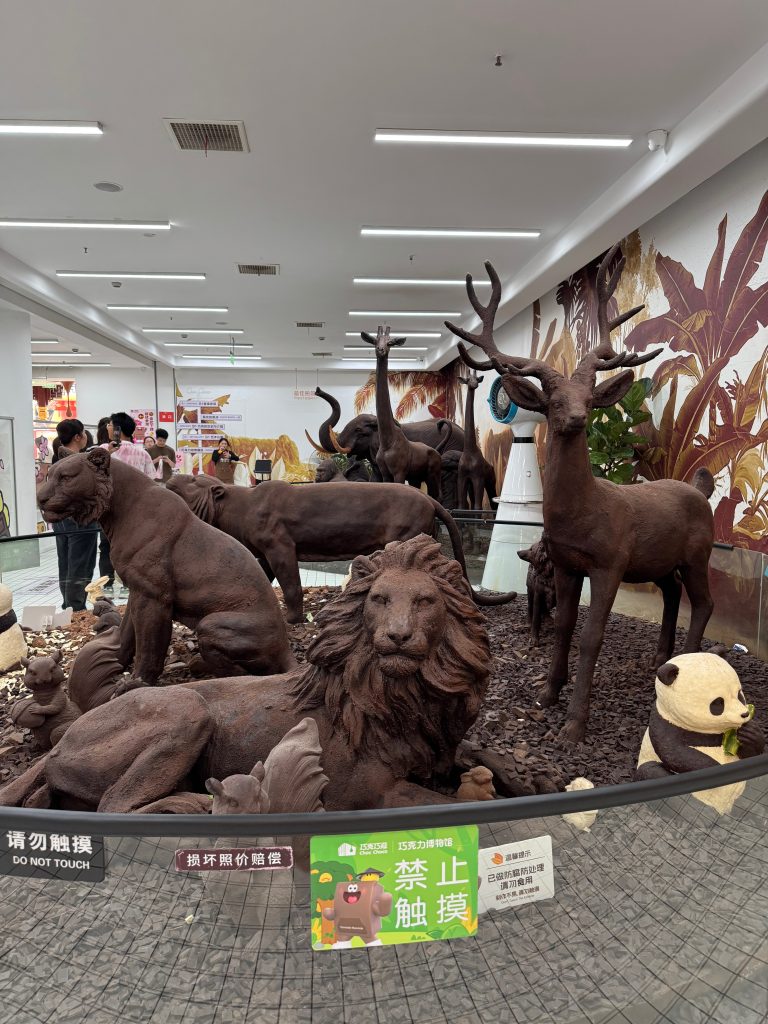
Another dovetail effect of my travel. I’ve just come back from Africa – and here are life-sized African animals made from chocolate!
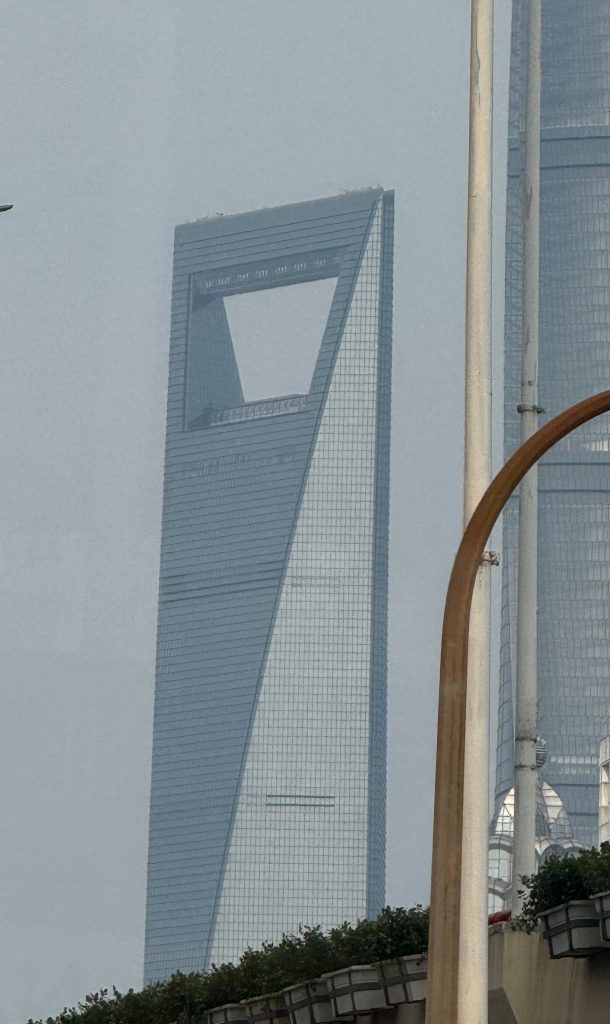
The Shanghai people have nicknamed this building as ‘The Bottle Opener.’
“We love our beer!” said Summer.
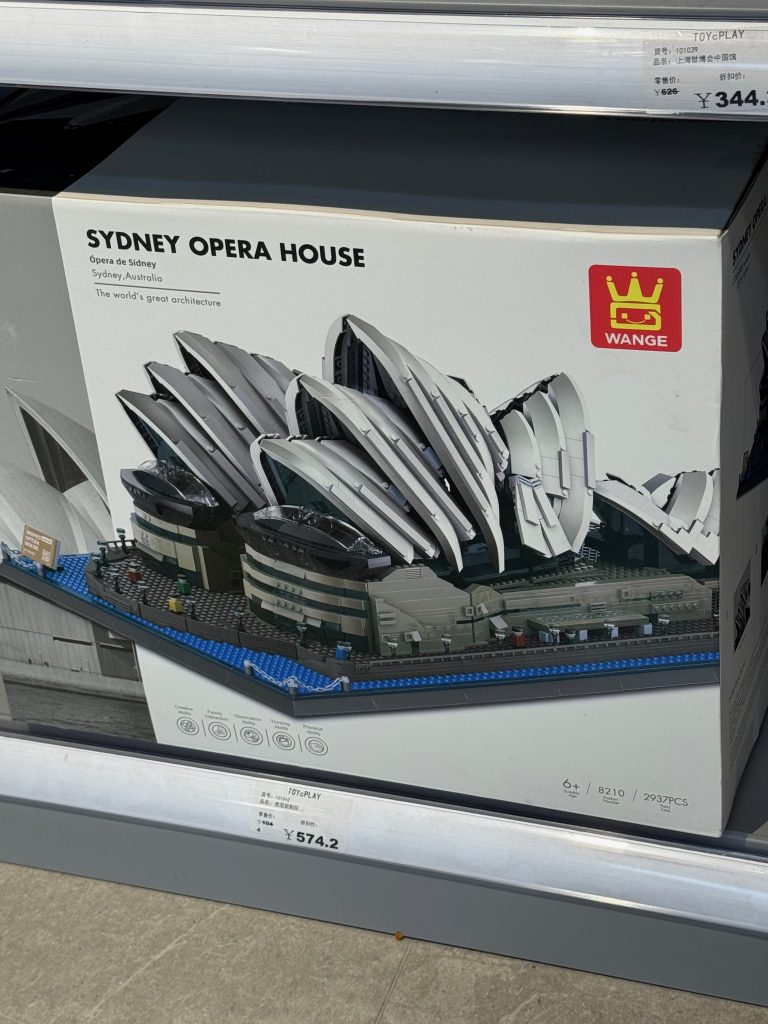
I saw this in a knock-off Lego shop at the next market we went to. Then, as the sun went down, we went on a river cruise to see the world-famous lights on the Bund.
This is the building we started our day with – the one representing a dragon flying into the sky.
While we were waiting to get onto the boat, it was bedlam, but the cruise itself was chill.
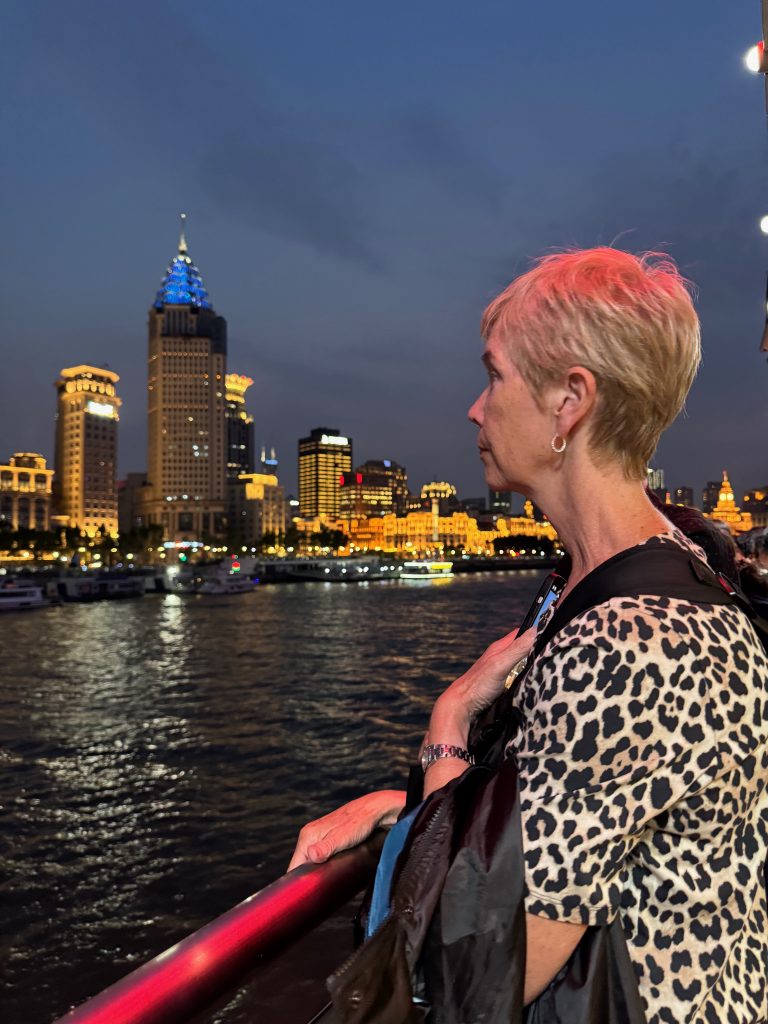
Blogless Sandy LOVED it.
Then, once it was over, Summer called a taxi for me and we ran to catch it, through all of the crowds that were trying to get back onto their buses. I rode 20 minutes into the heart of Shanghai, to a hotel right behind Nanking Road.
My dear friend Scott is now a tour group leader for Riveria travel in the UK, and we just happened to be in Shanghai on the same night!
What are the odds that, on the day my father dies and I’m halfway across the world, I have two of my dearest friends in the world there with me????
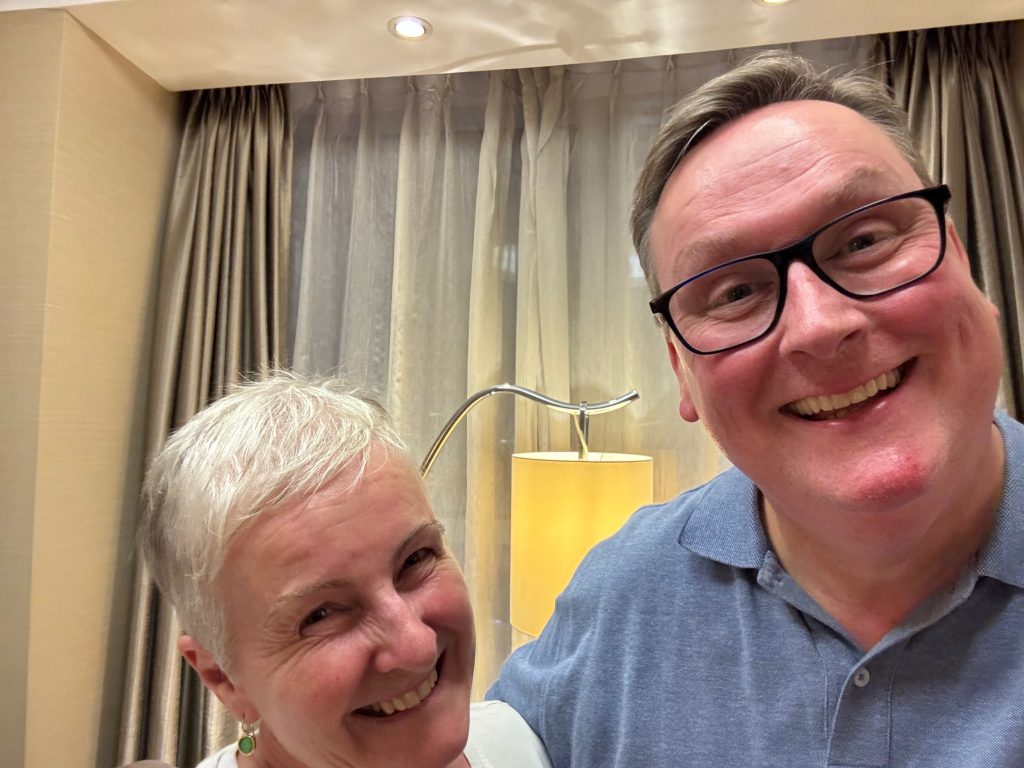
Fortunate Frogdancer.
My taxi ride back to our hotel was LONG. I started to wonder if I was going to be found dead in a ditch somewhere as it grew to nearly an hour. But no, he grumpily pulled up in front of the hotel, then magicaly cheered up when he saw that I’d given him a very large tip. The poor man had to drive all the way back to Shanghai, so deserved a sweetener.
Tomorrow we fly home.
Dad Joke of the Day:


